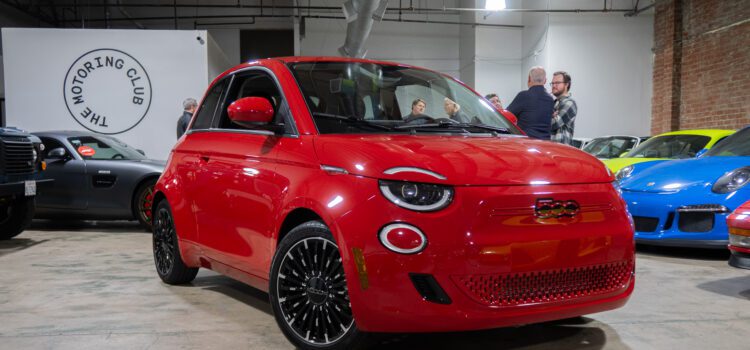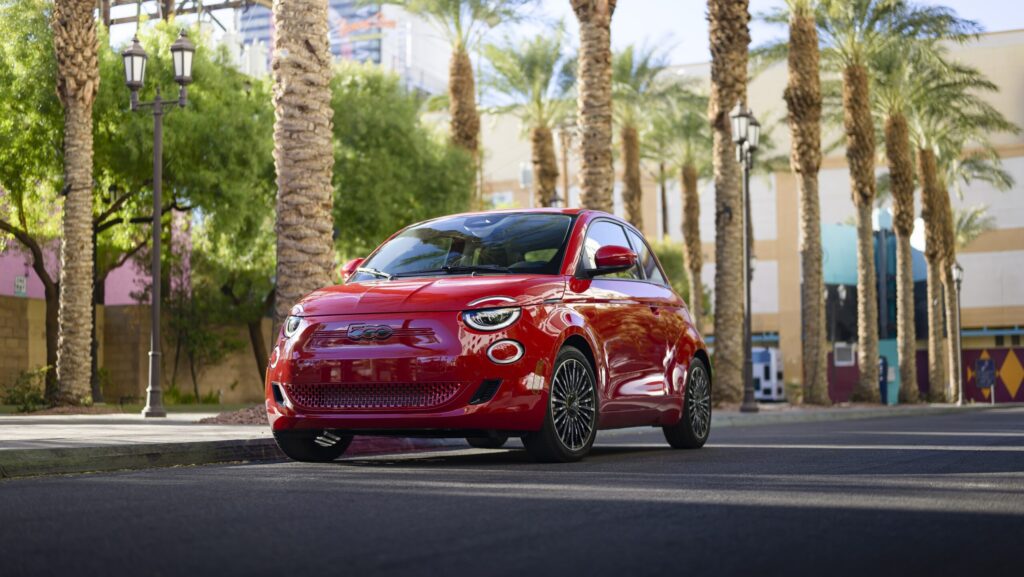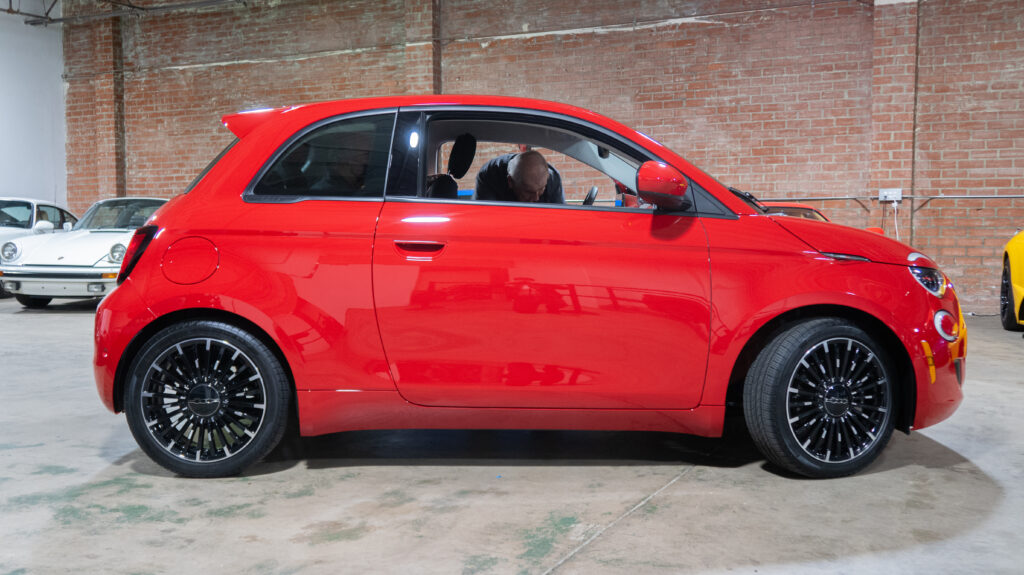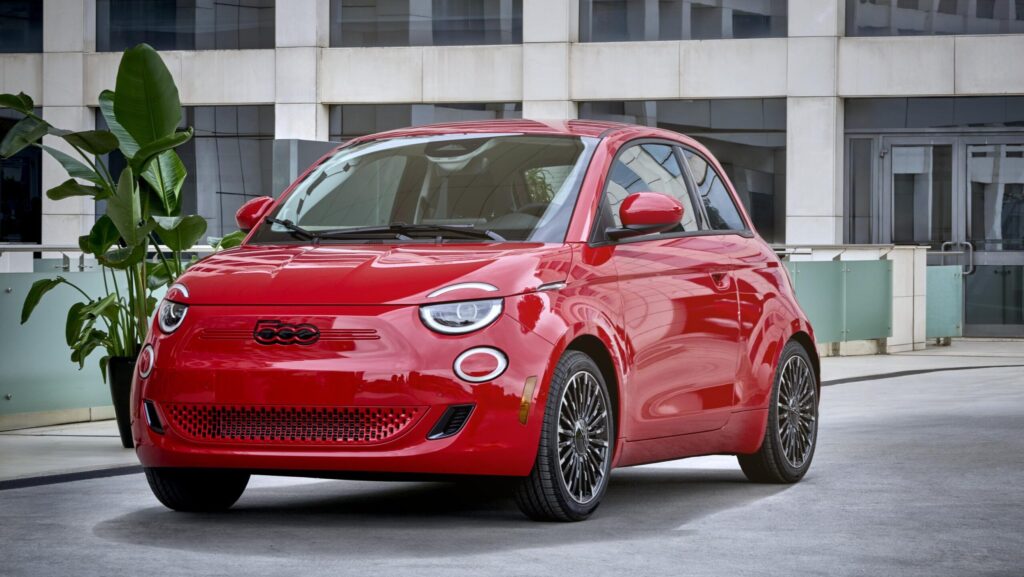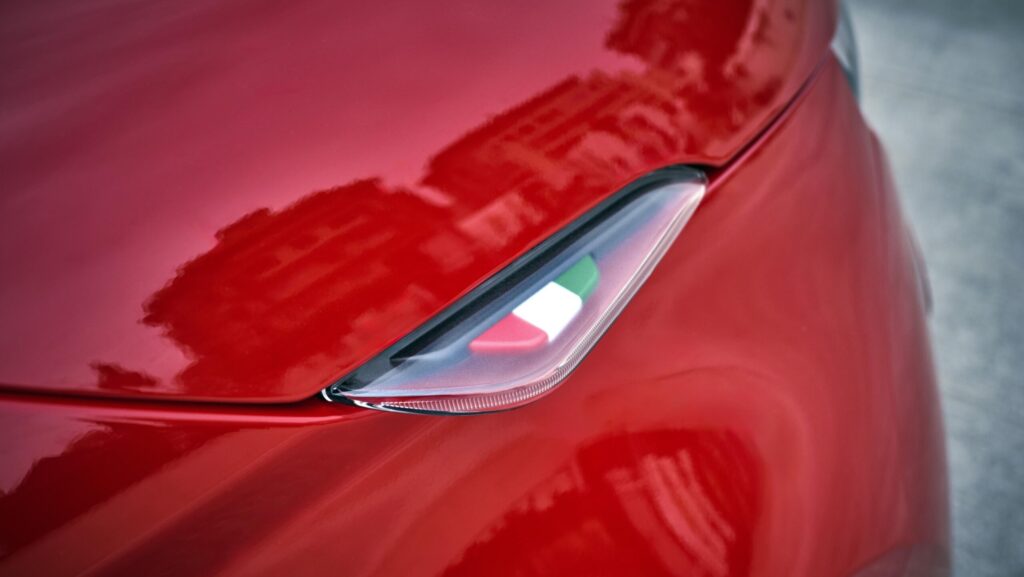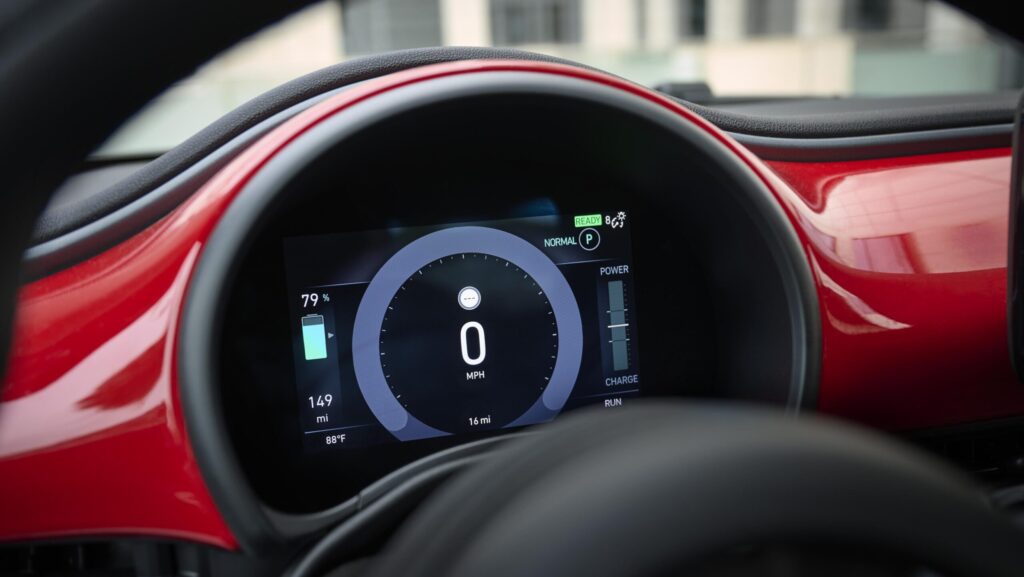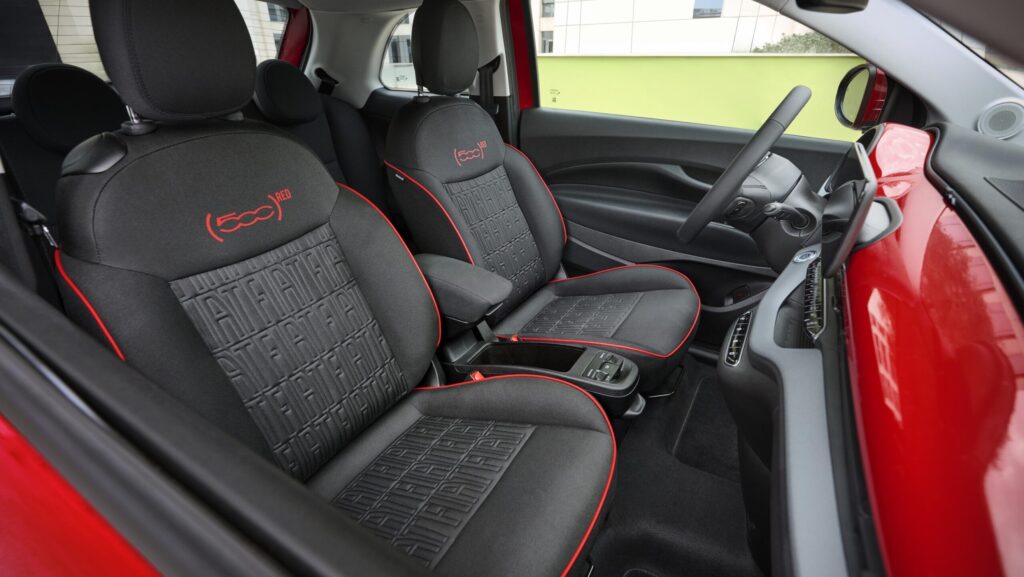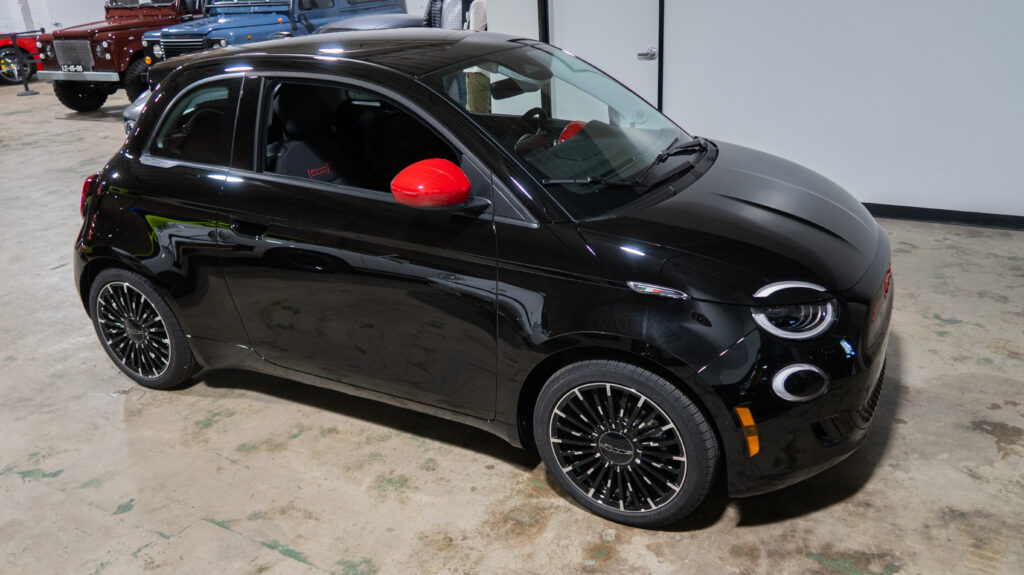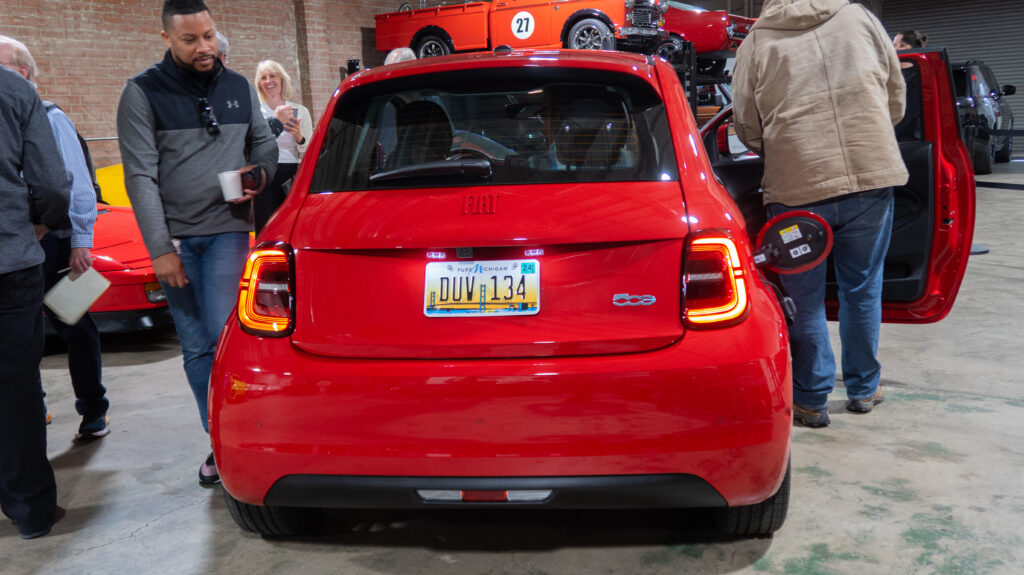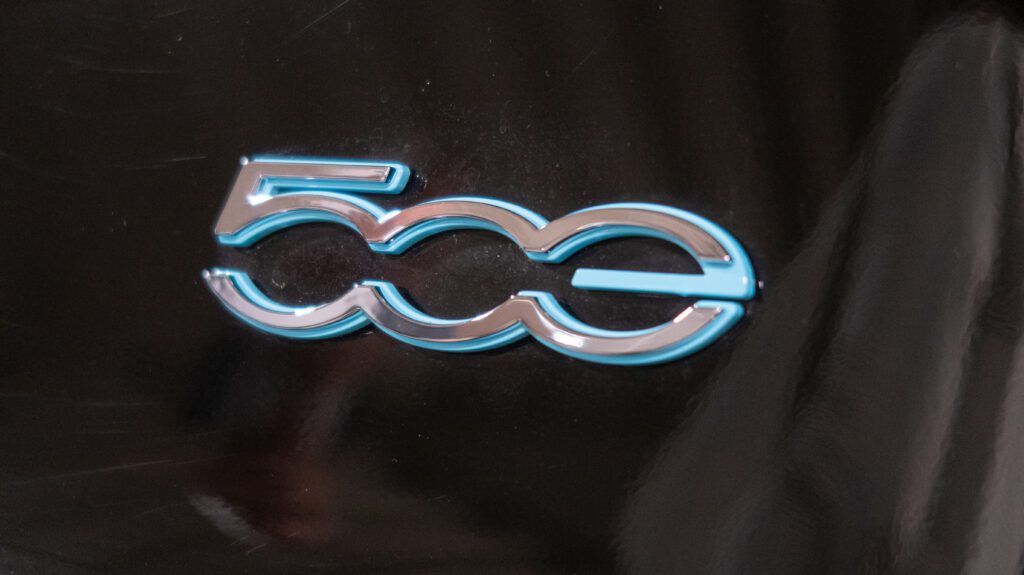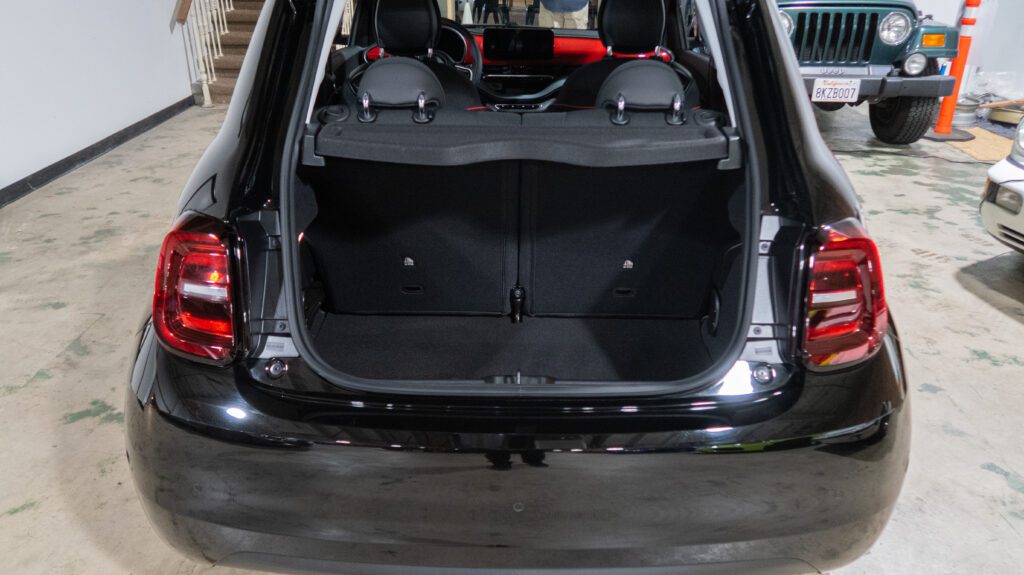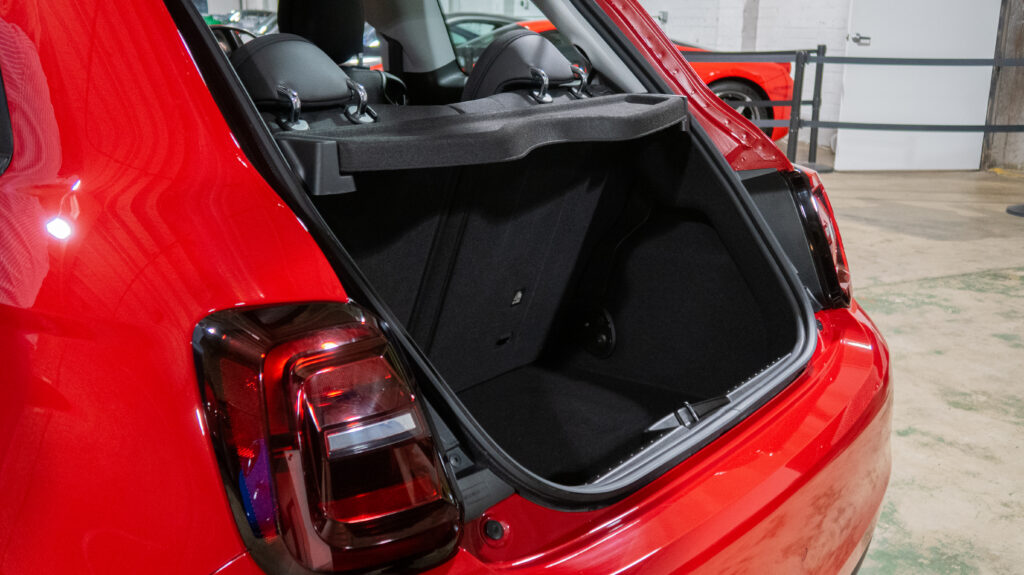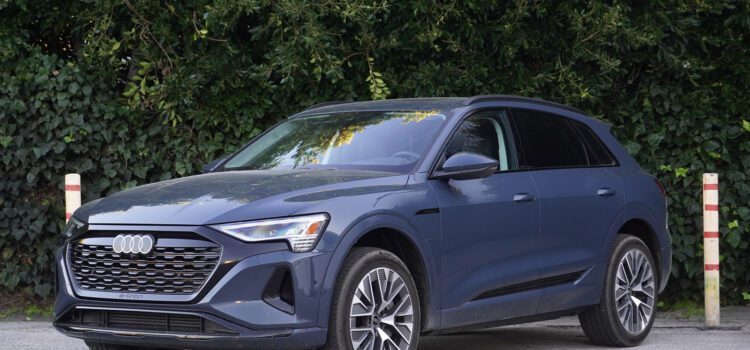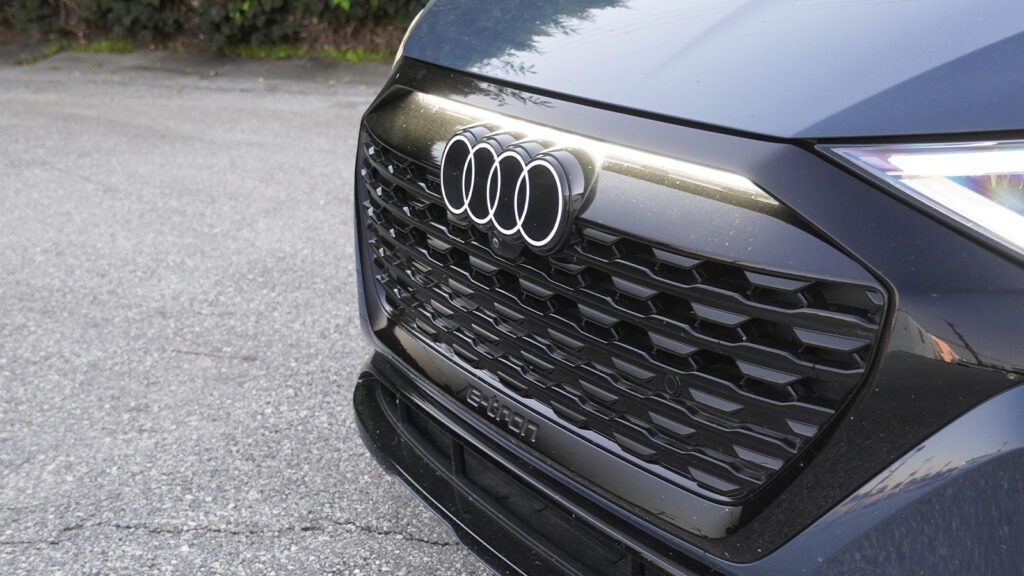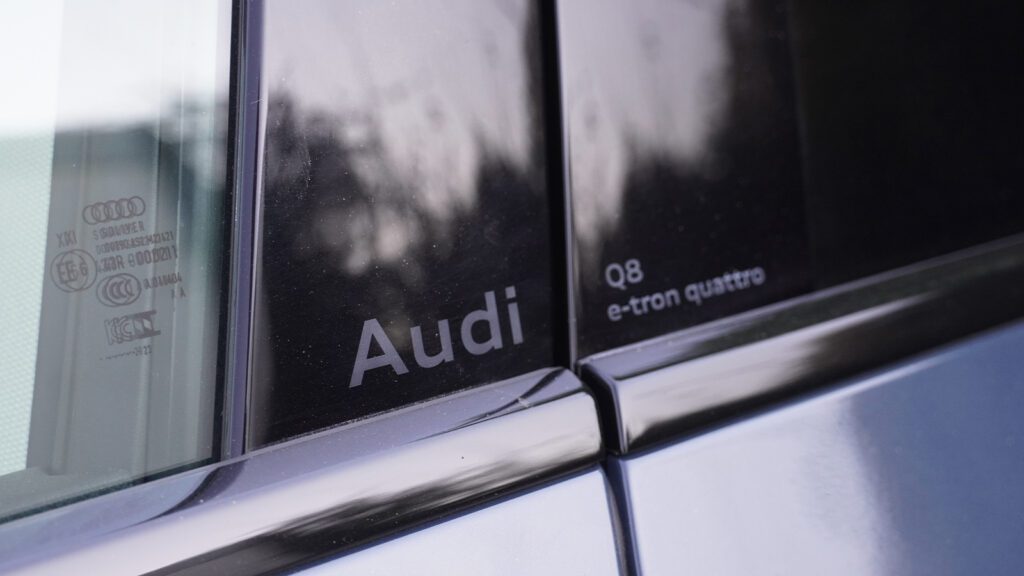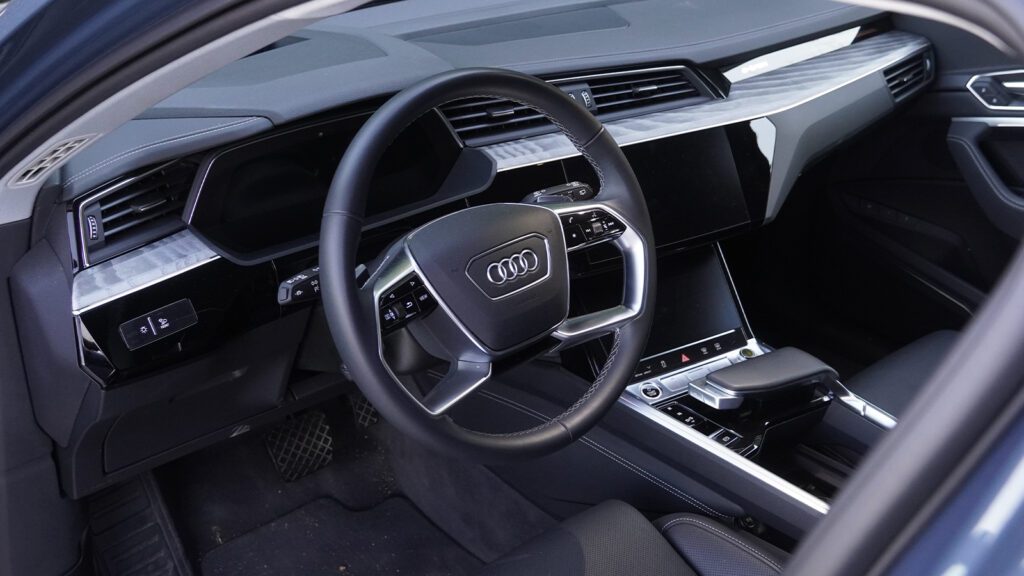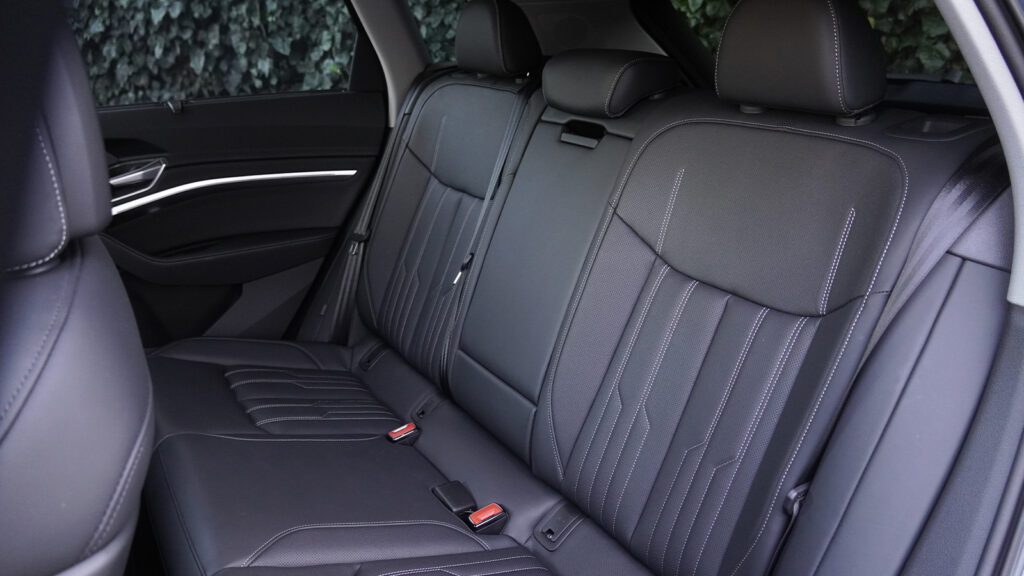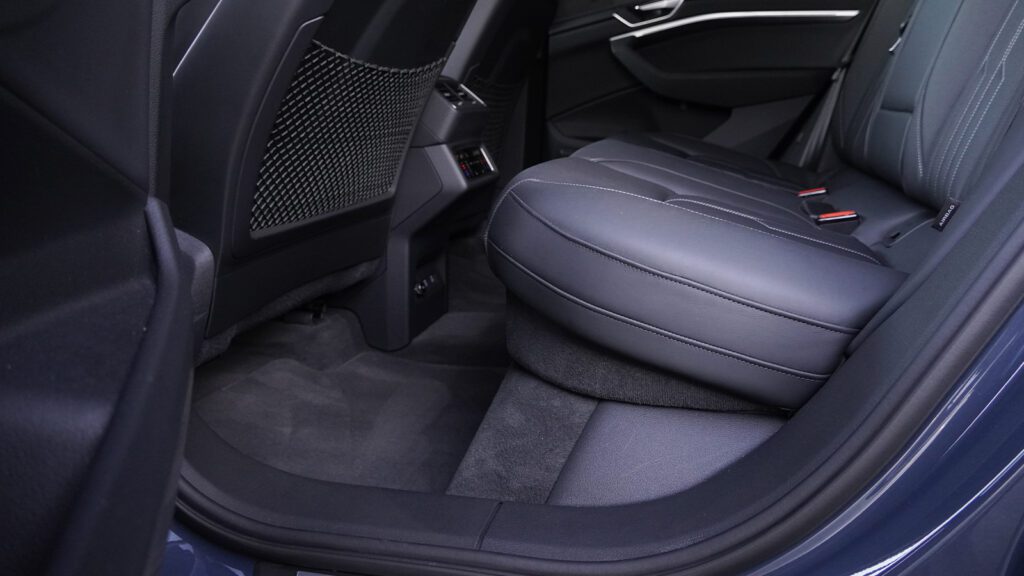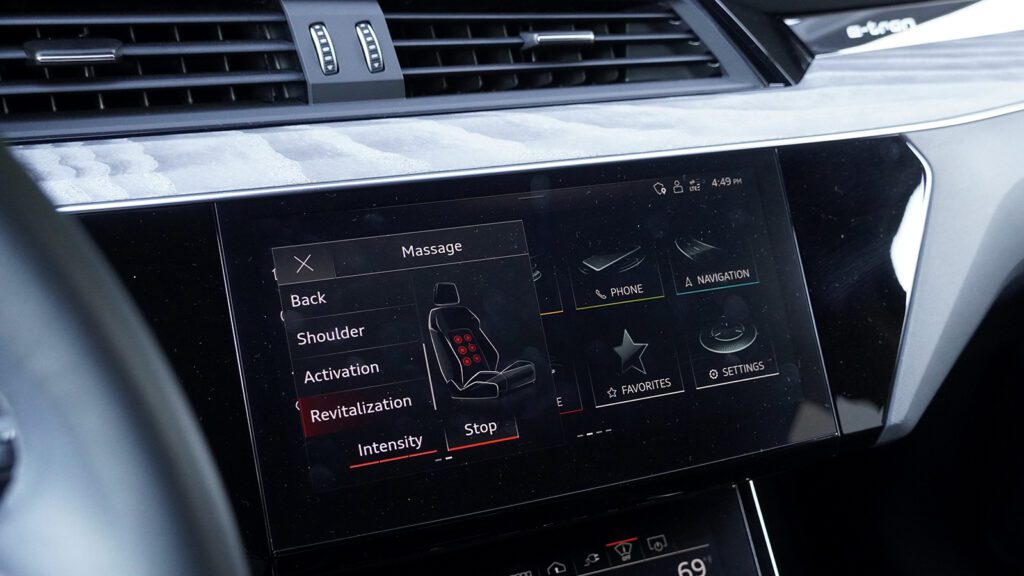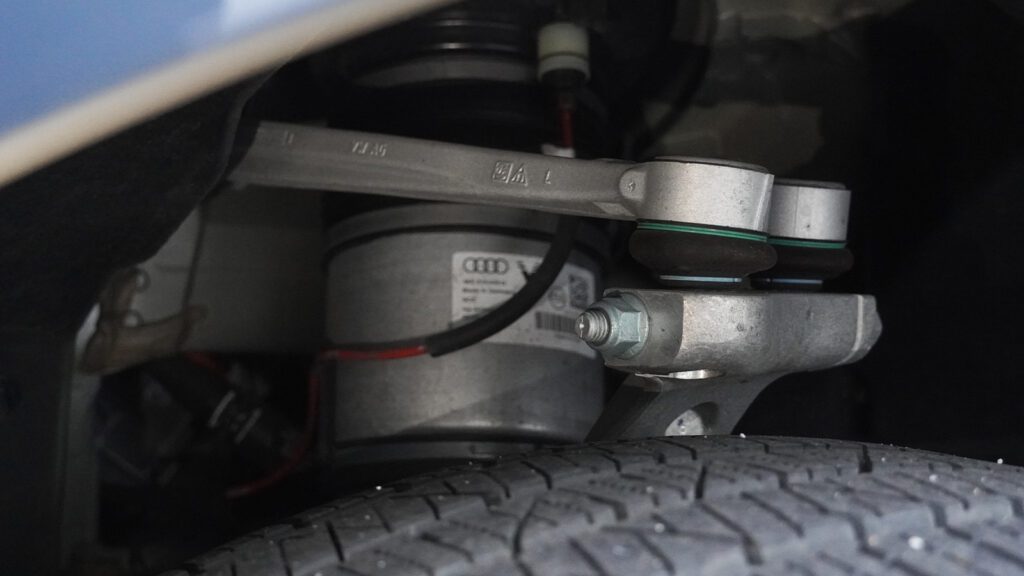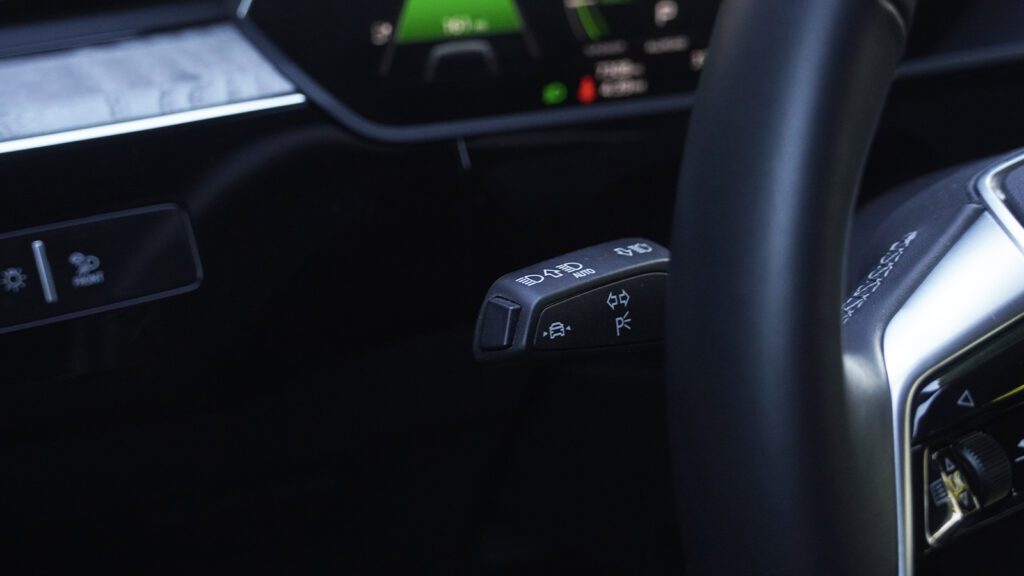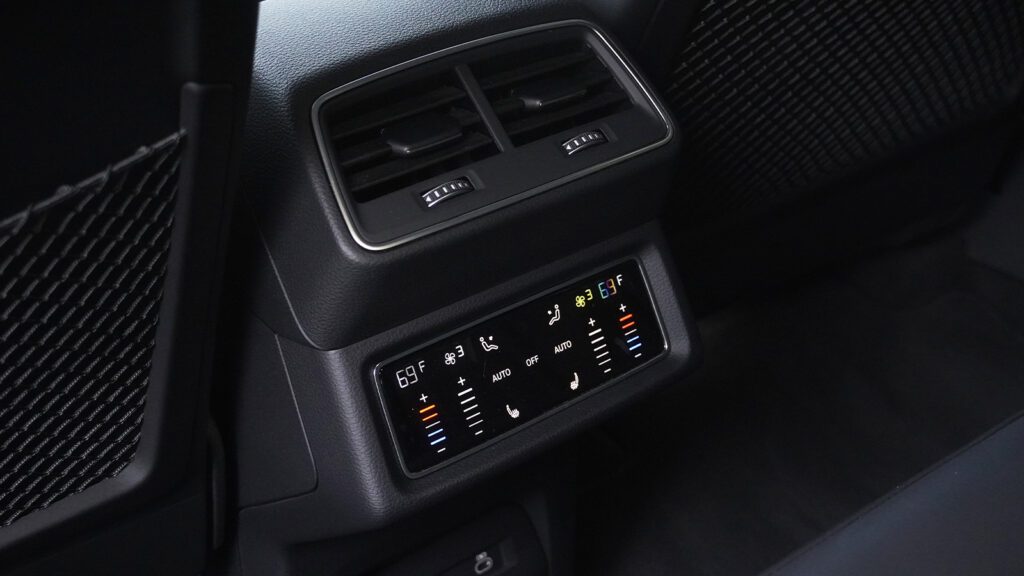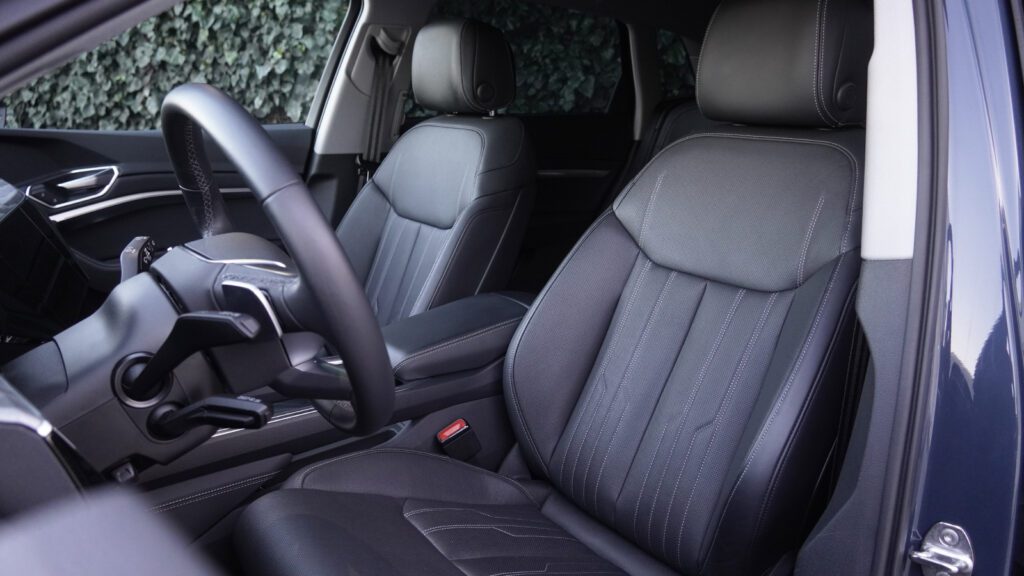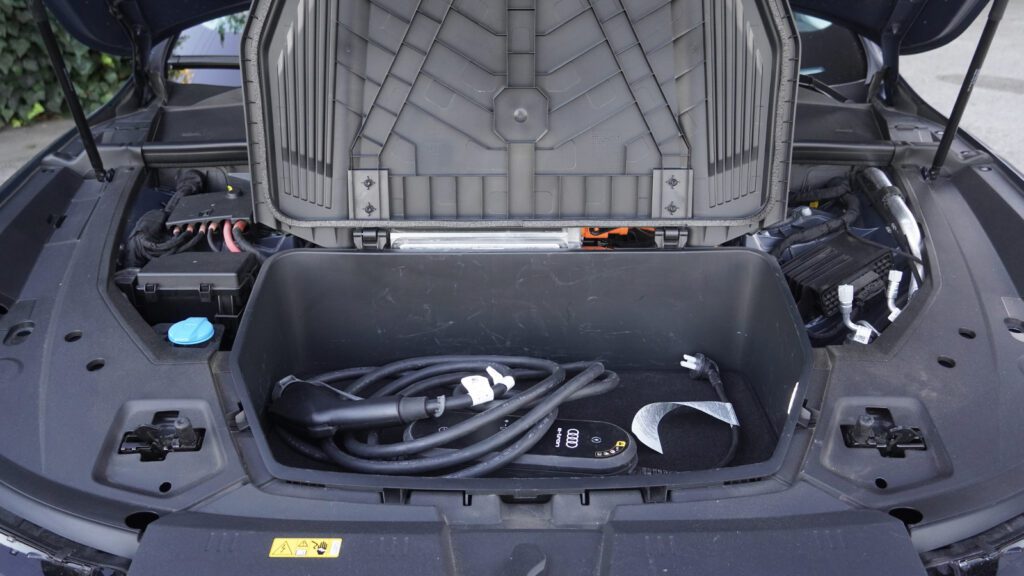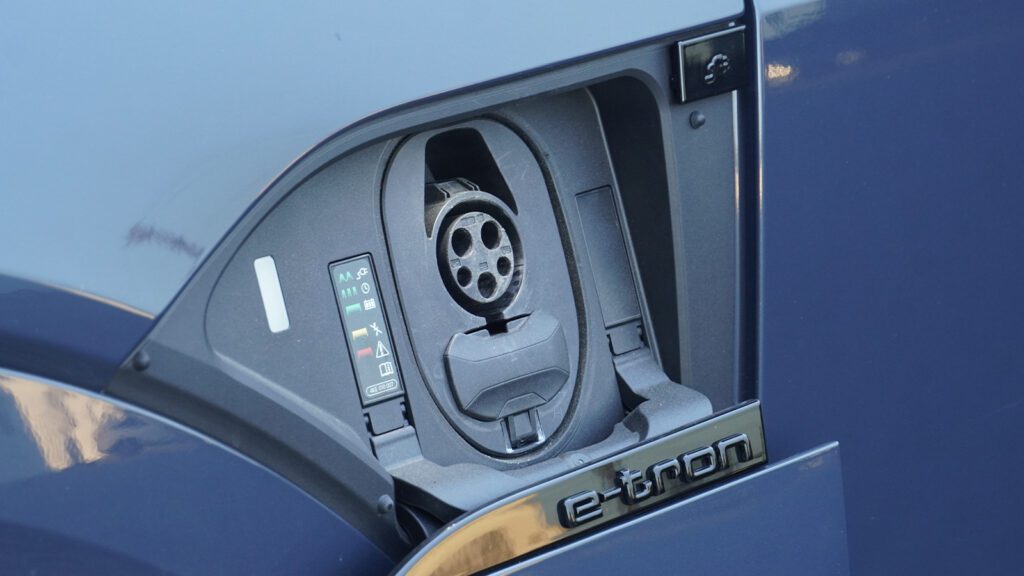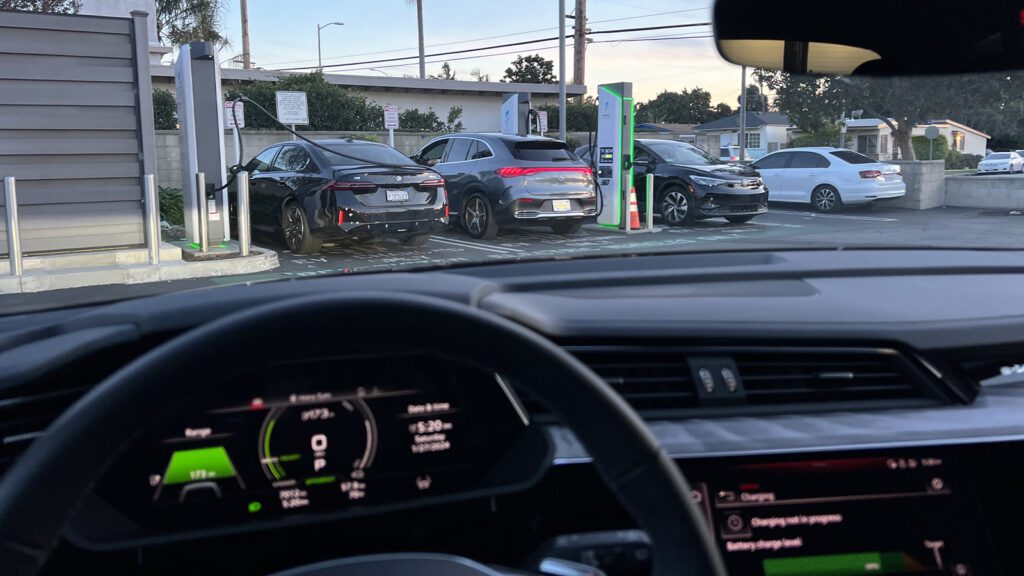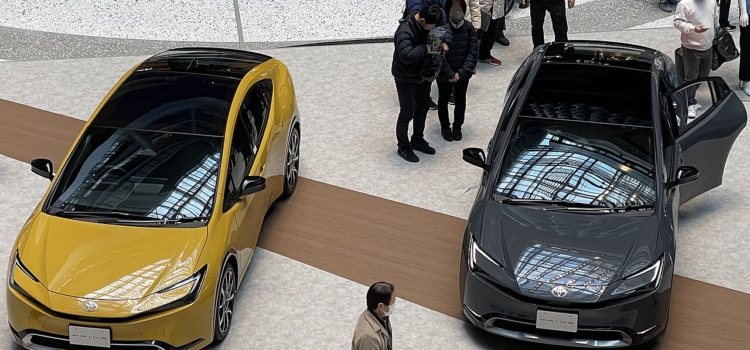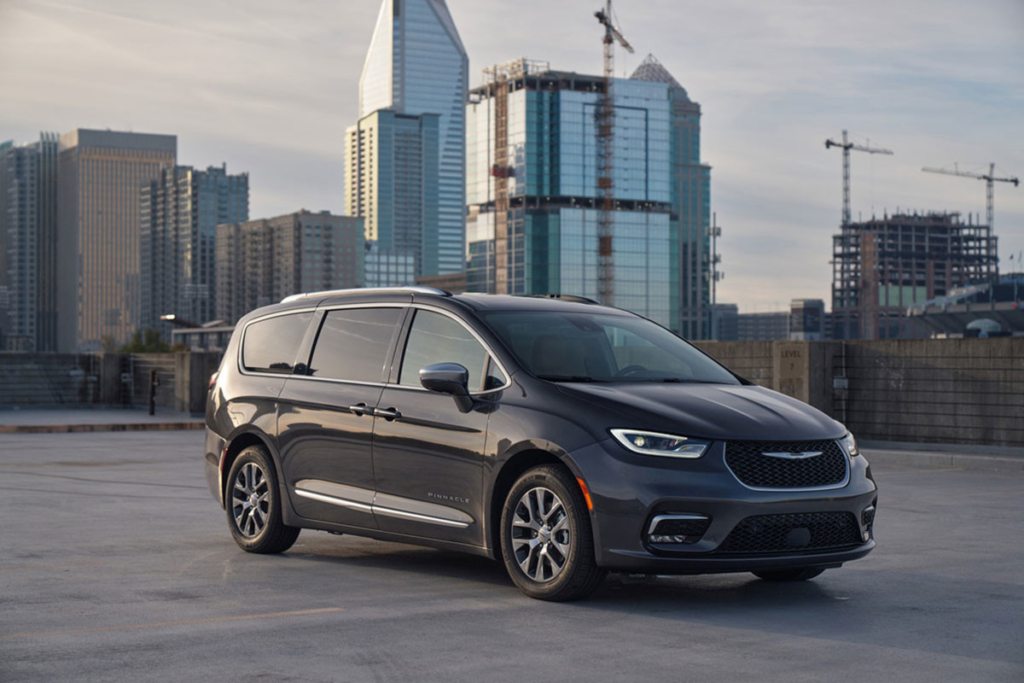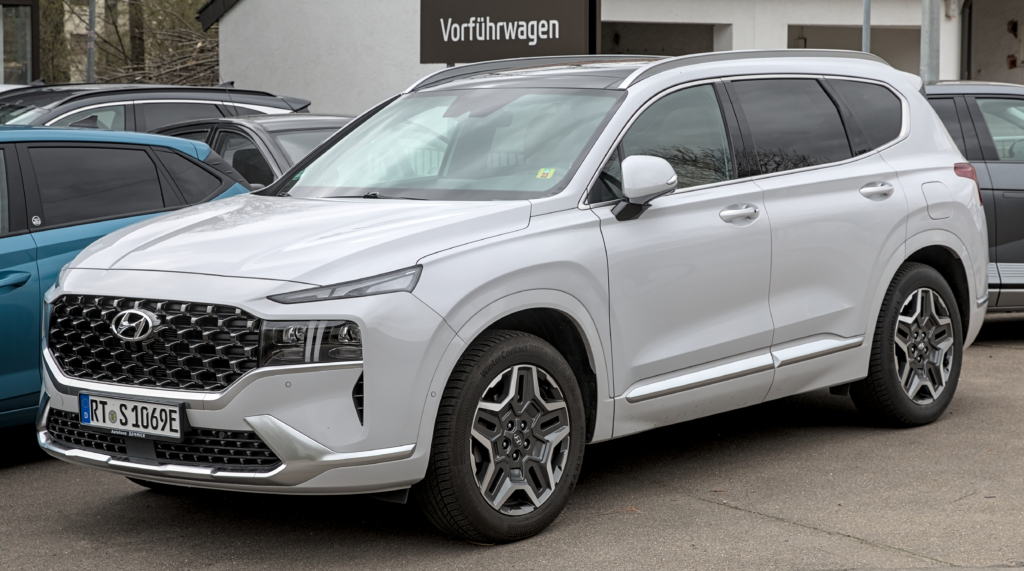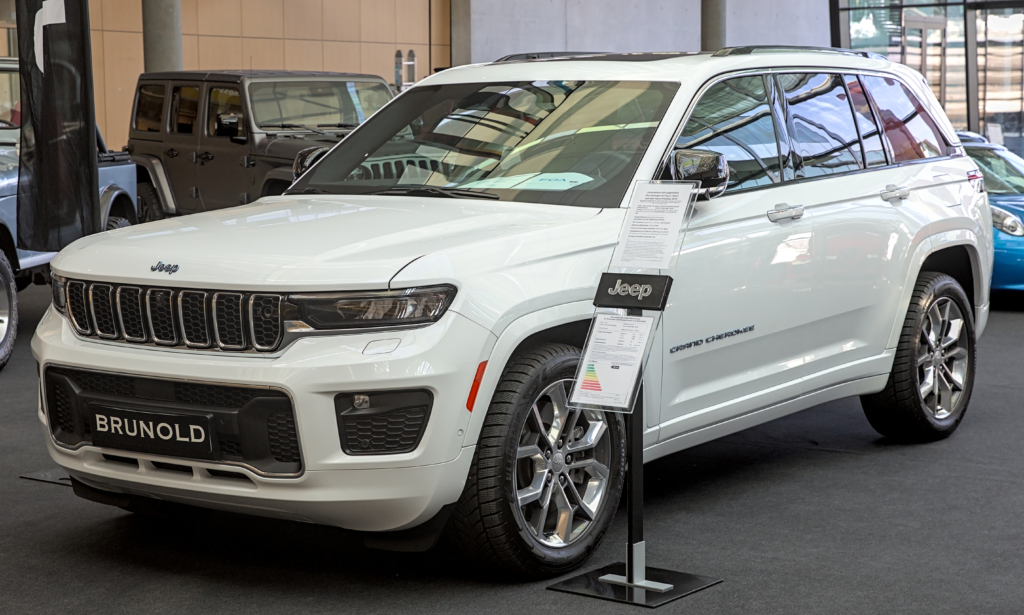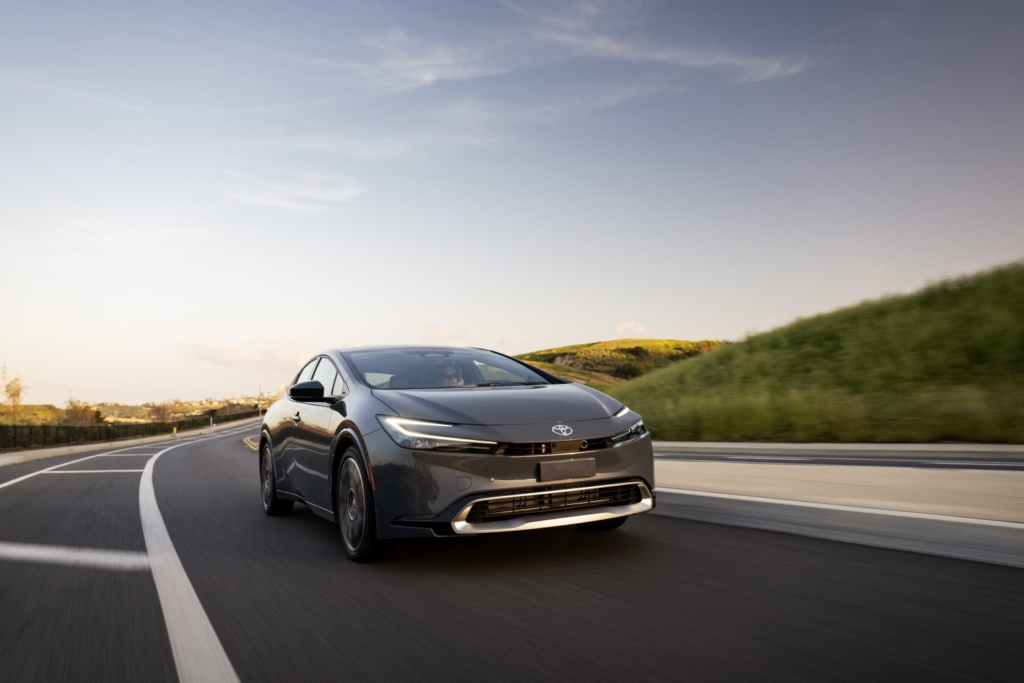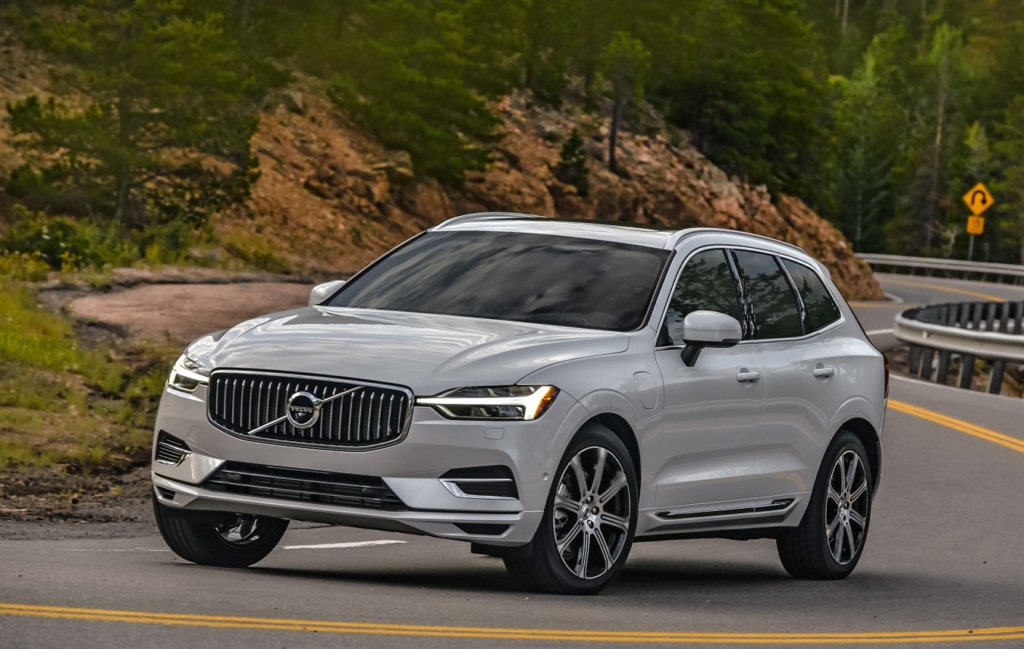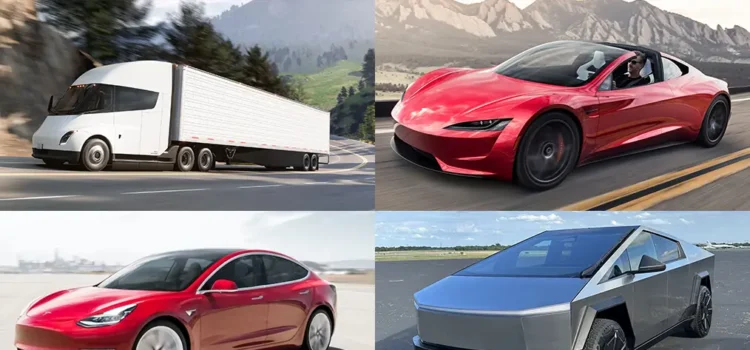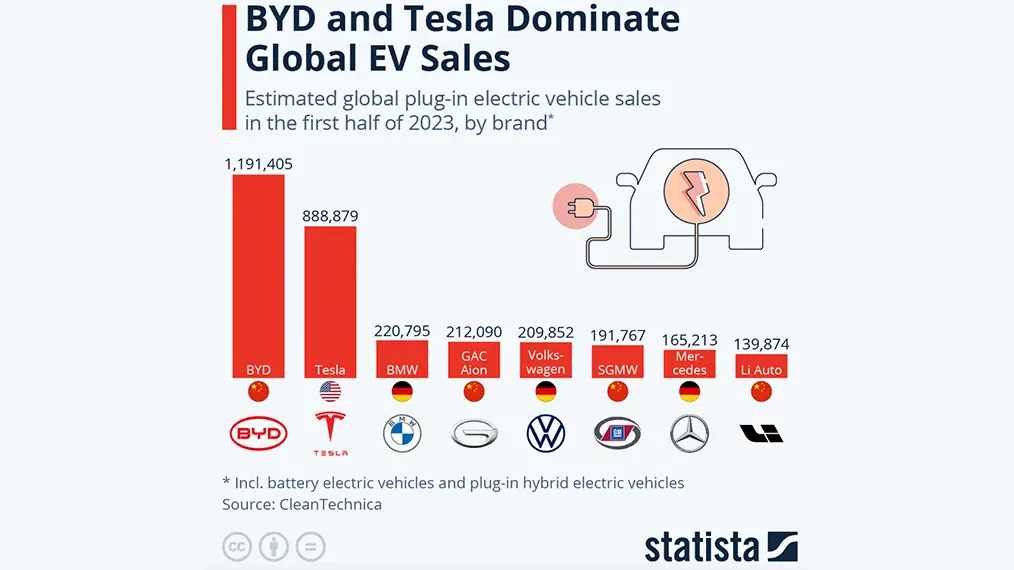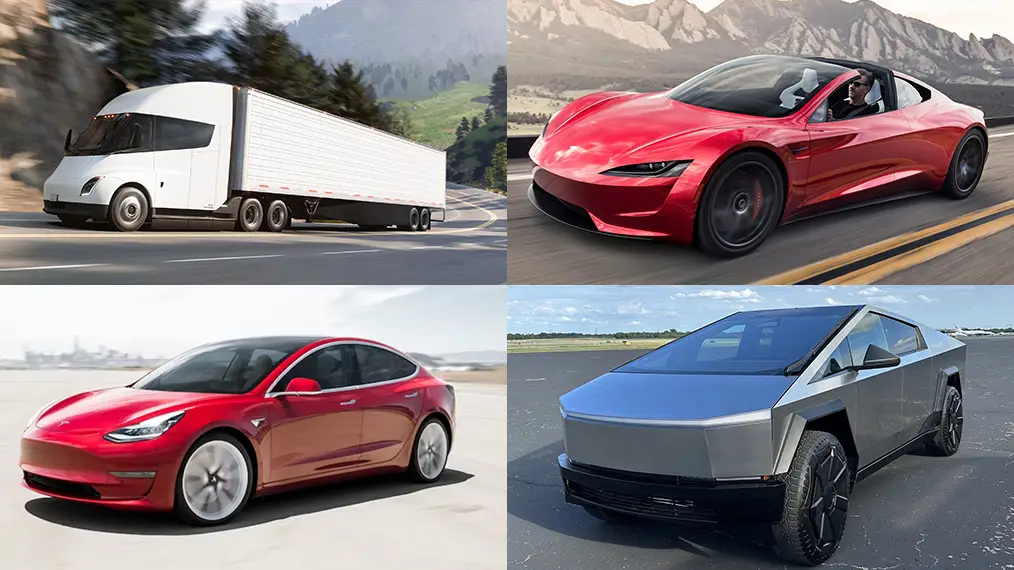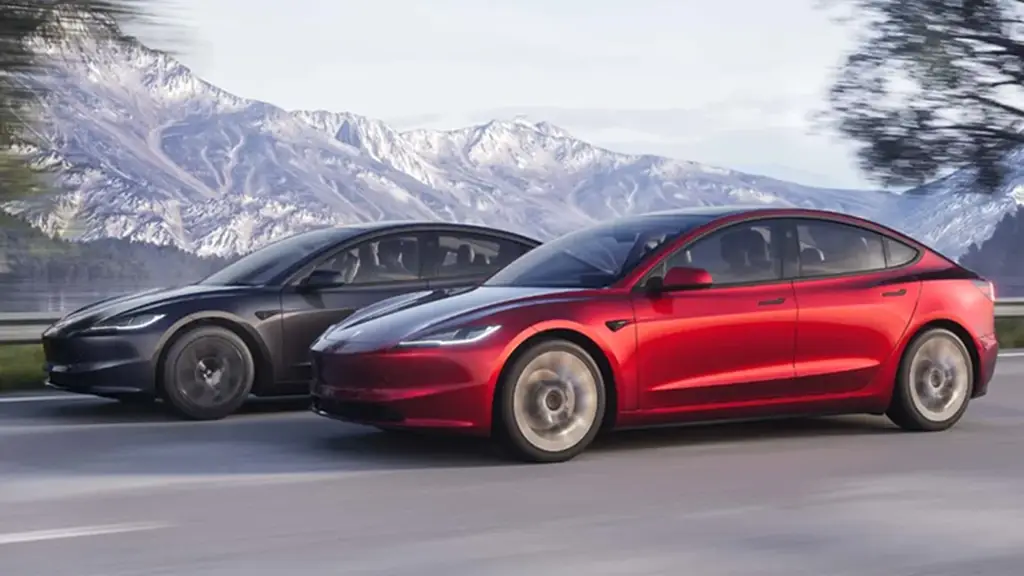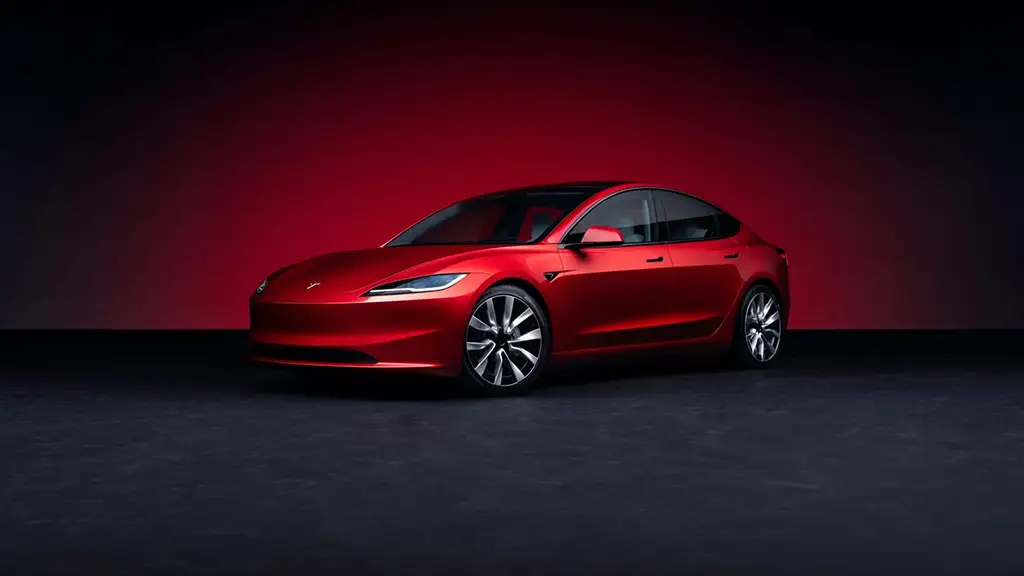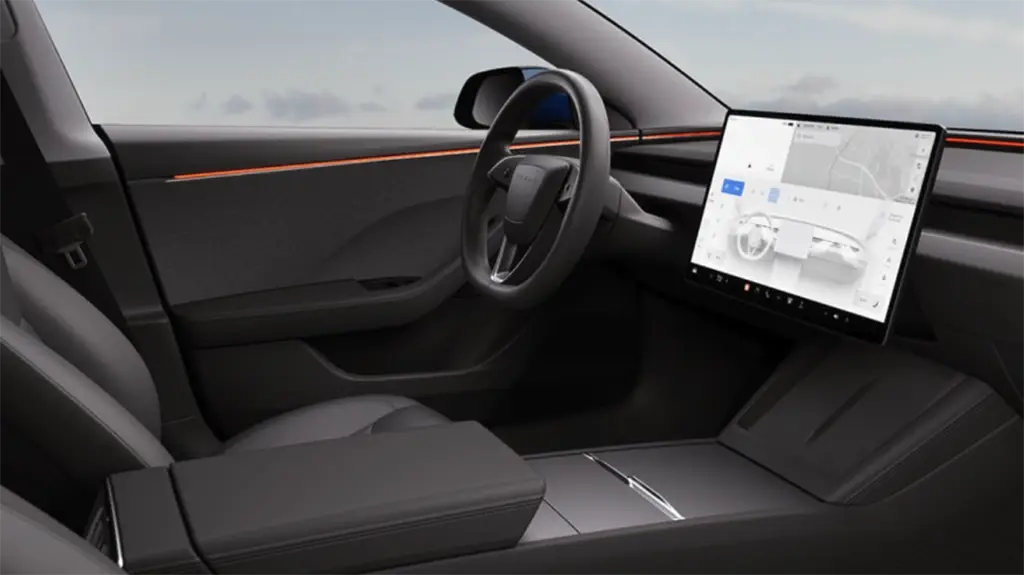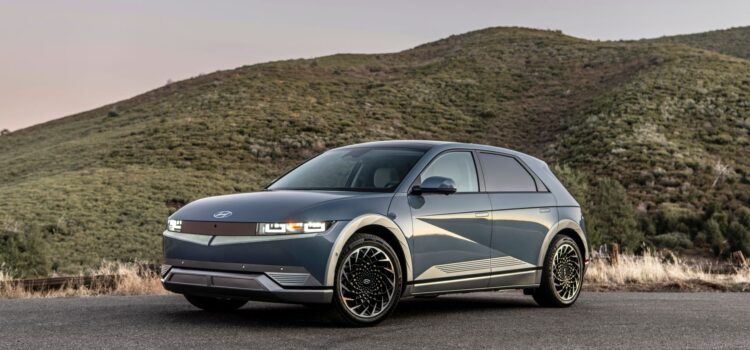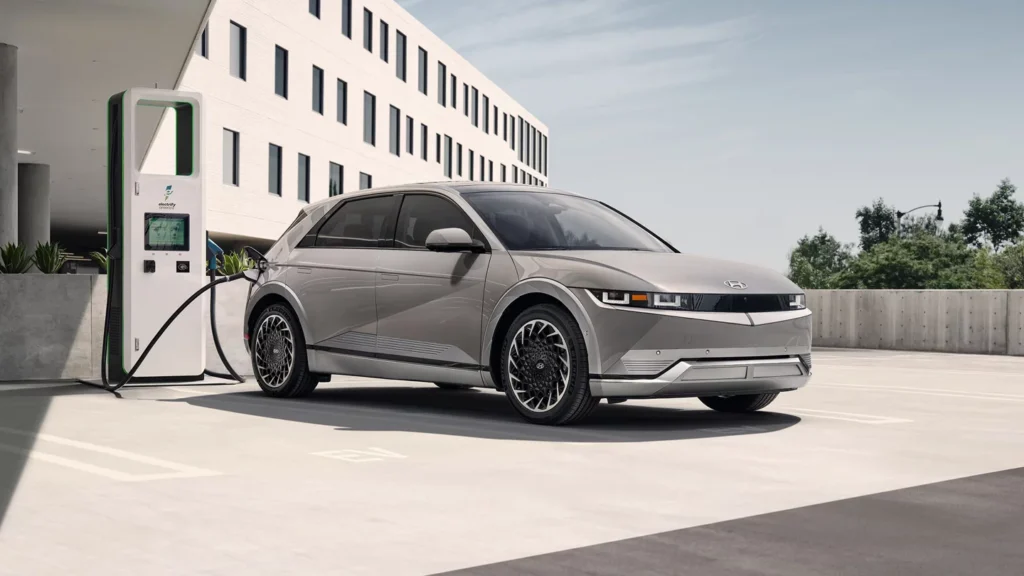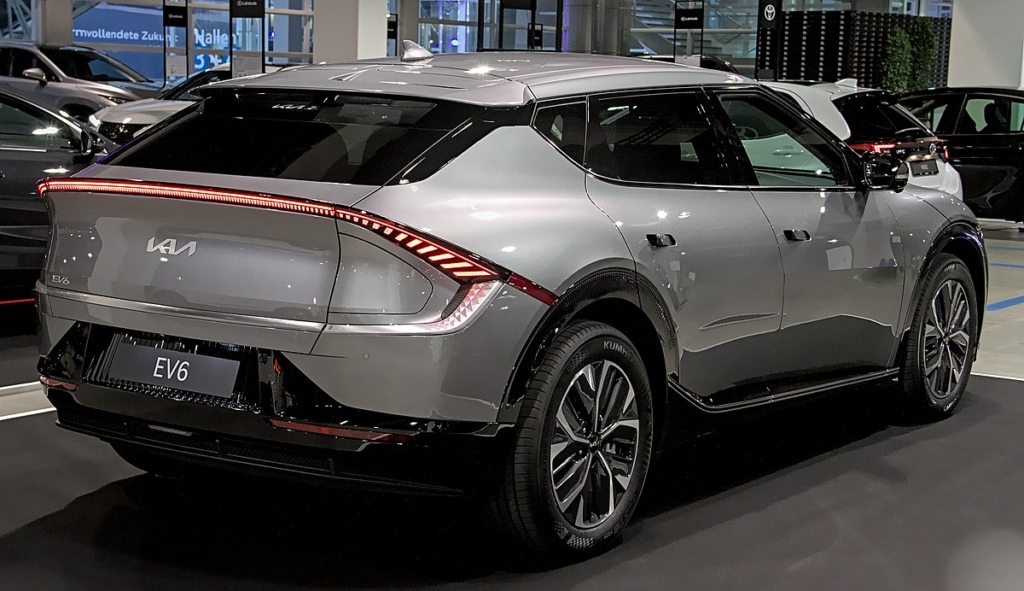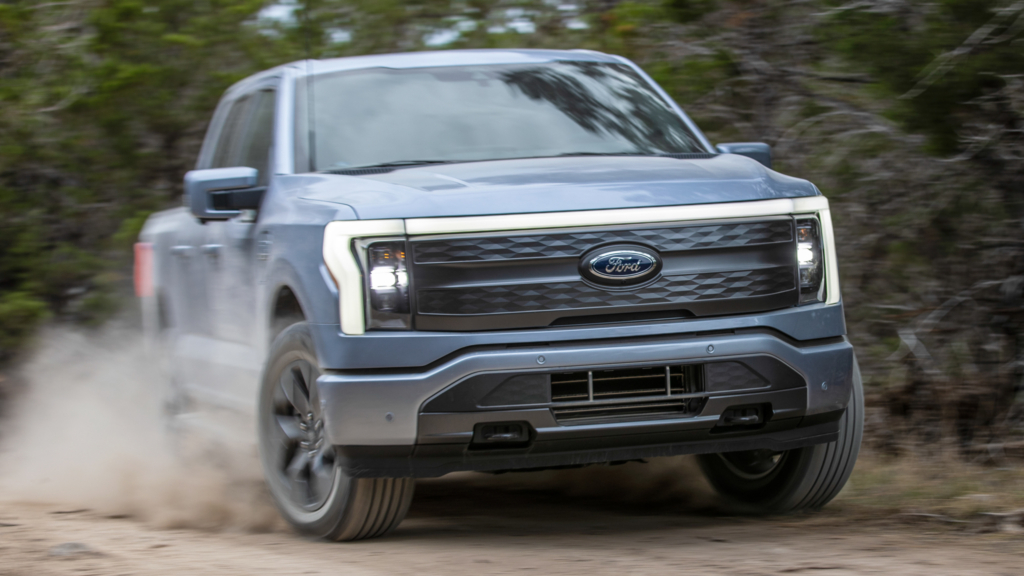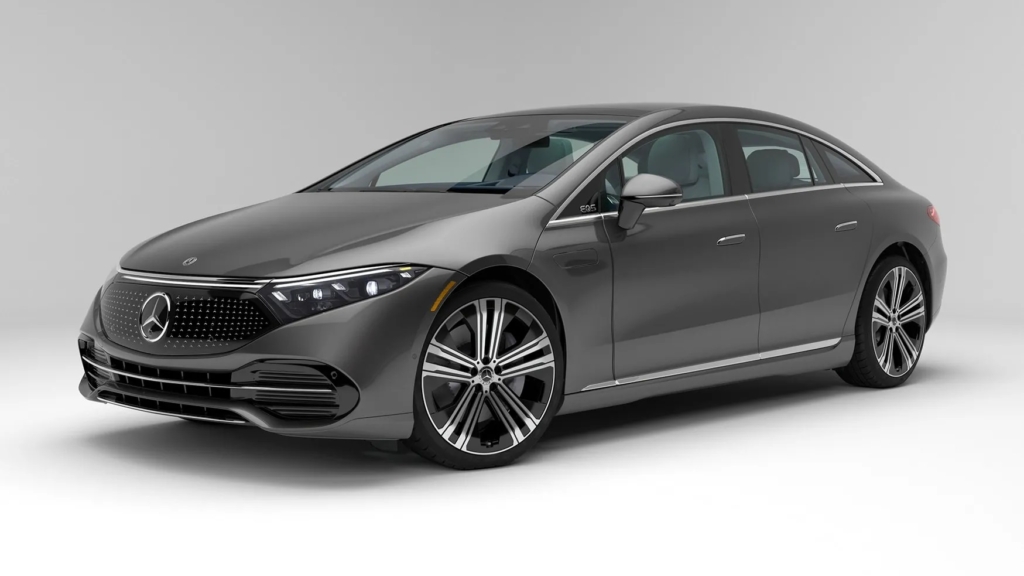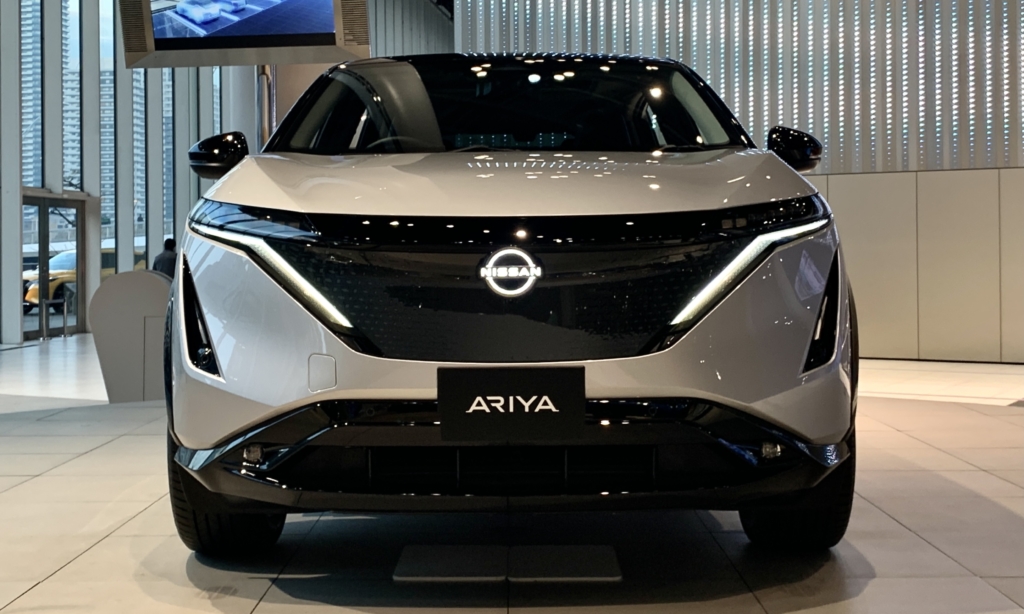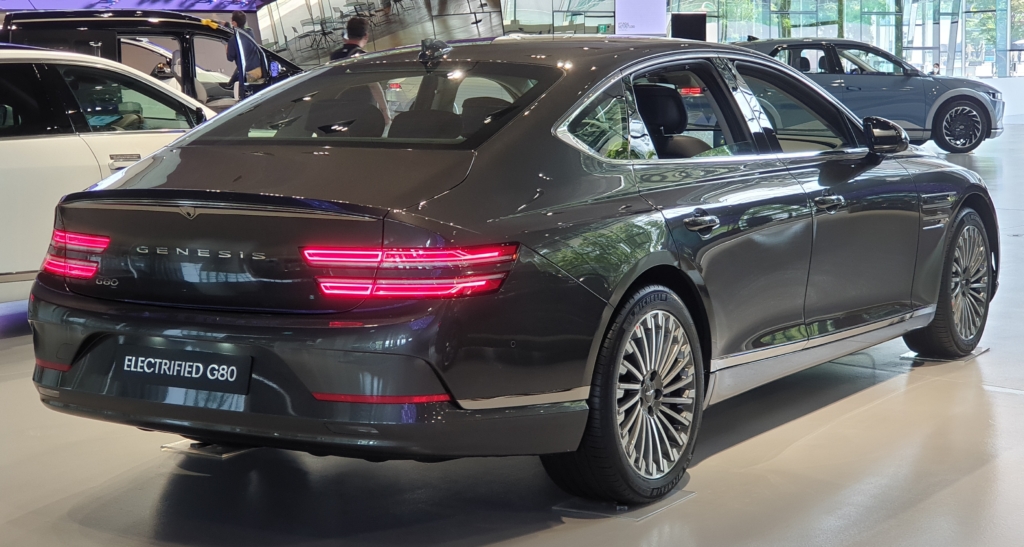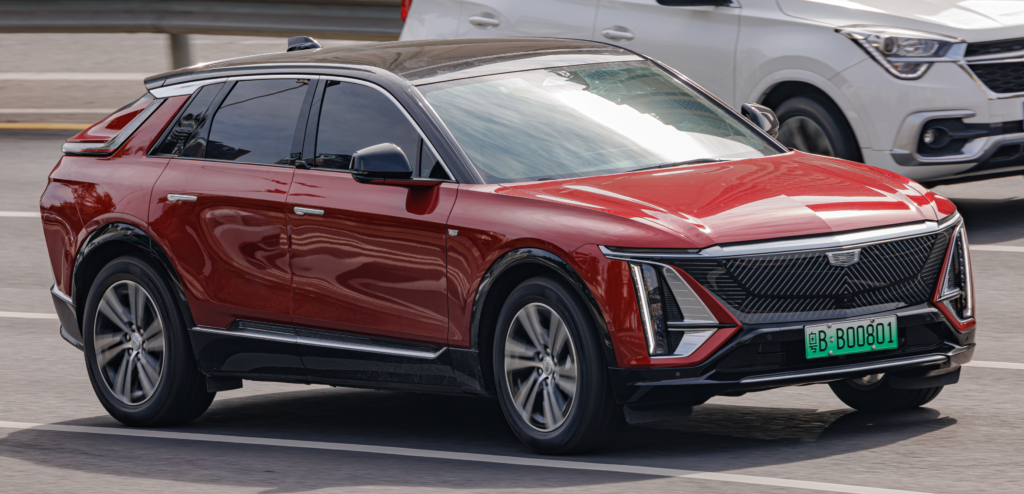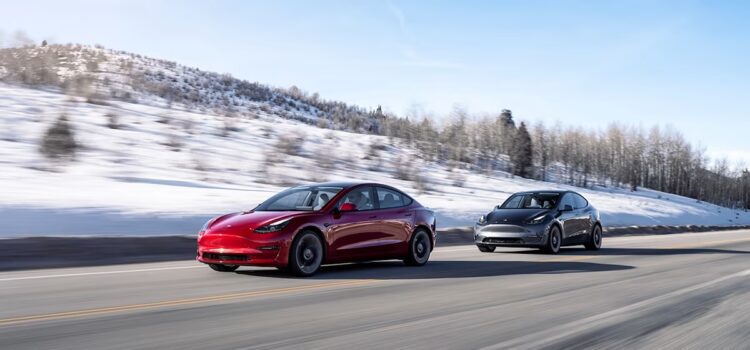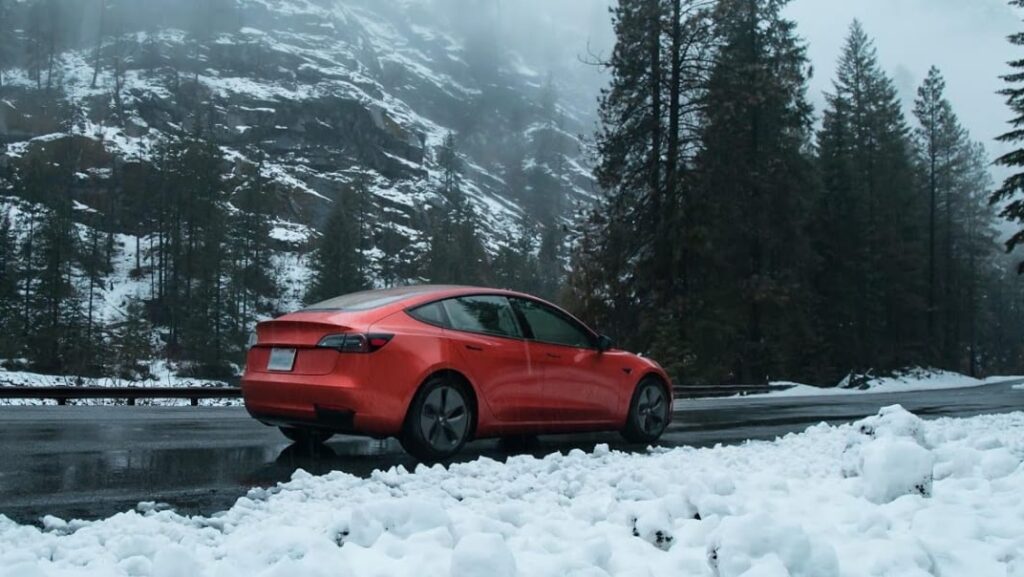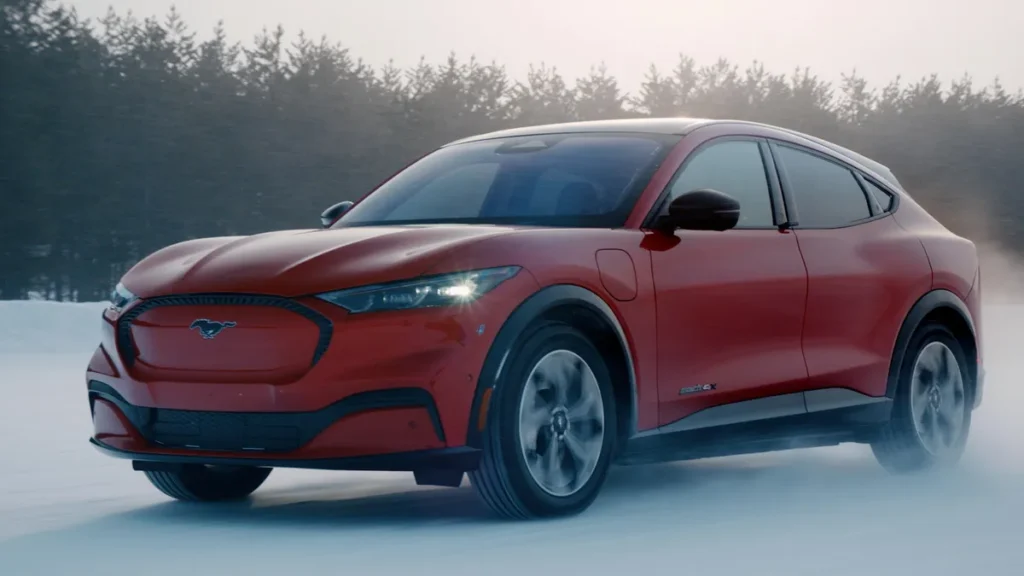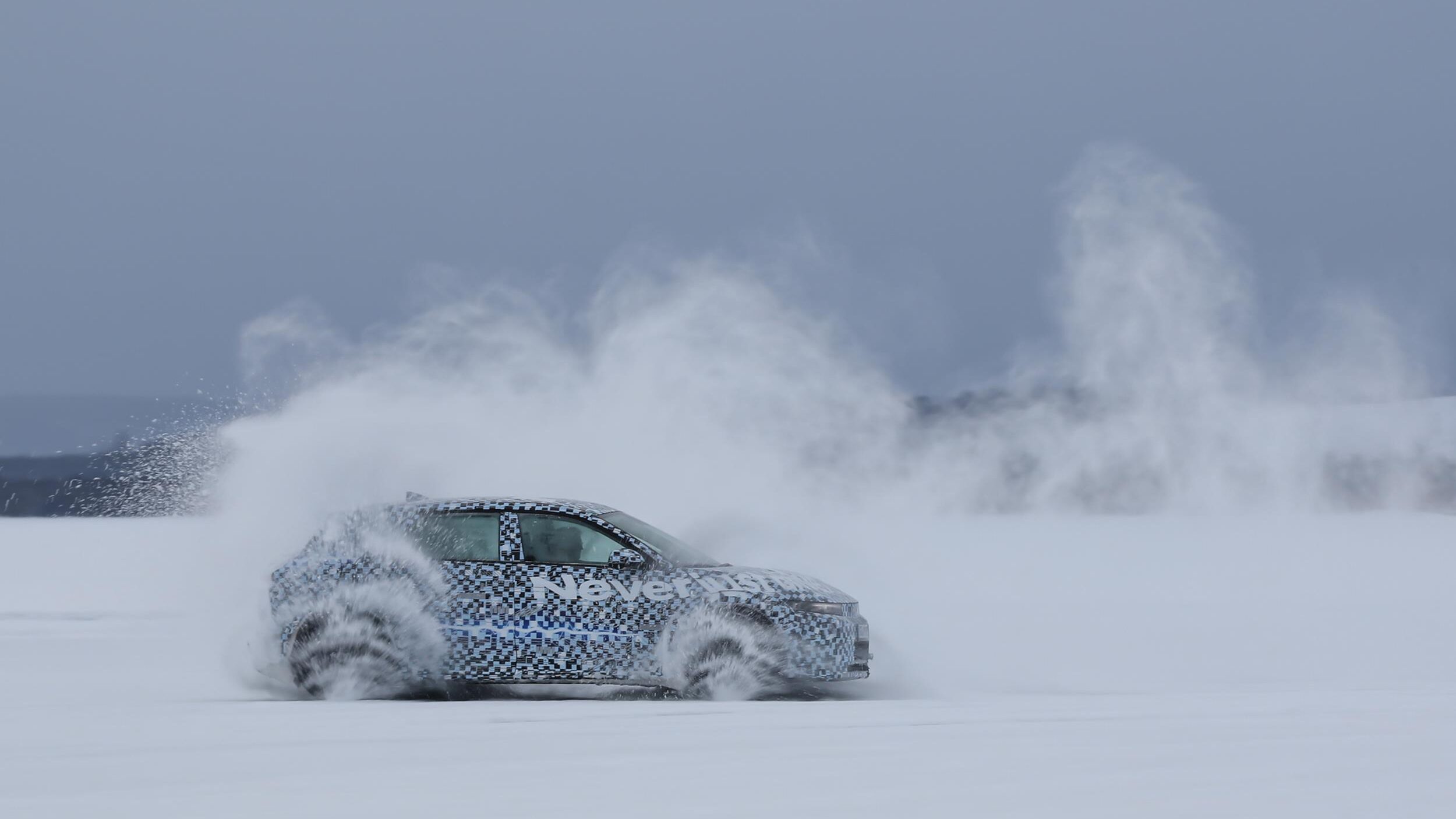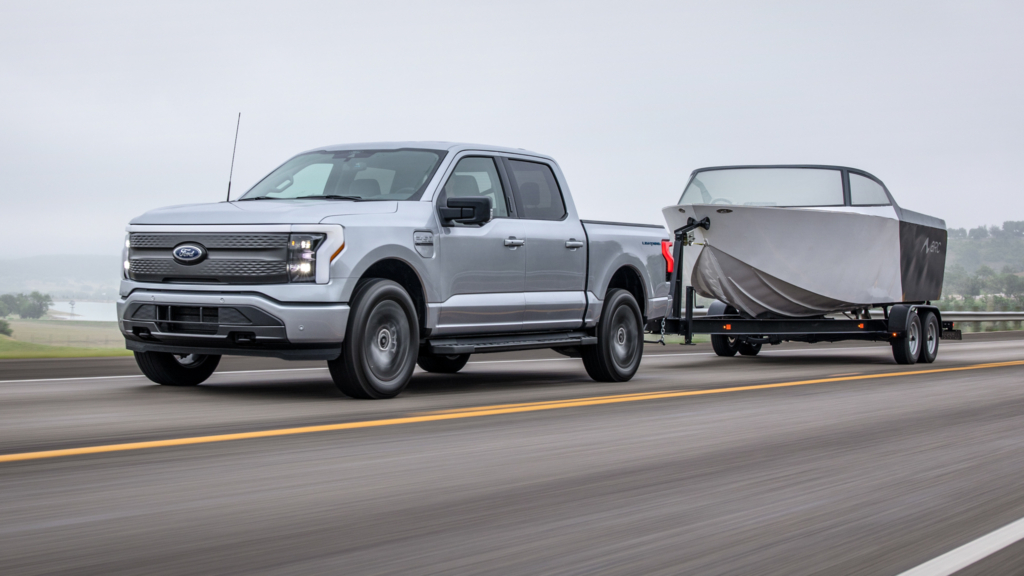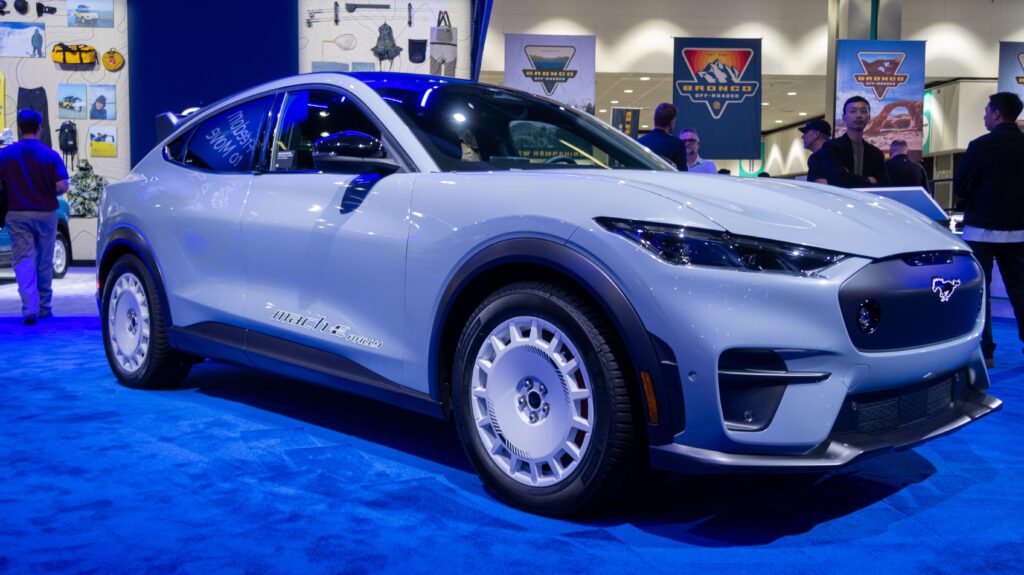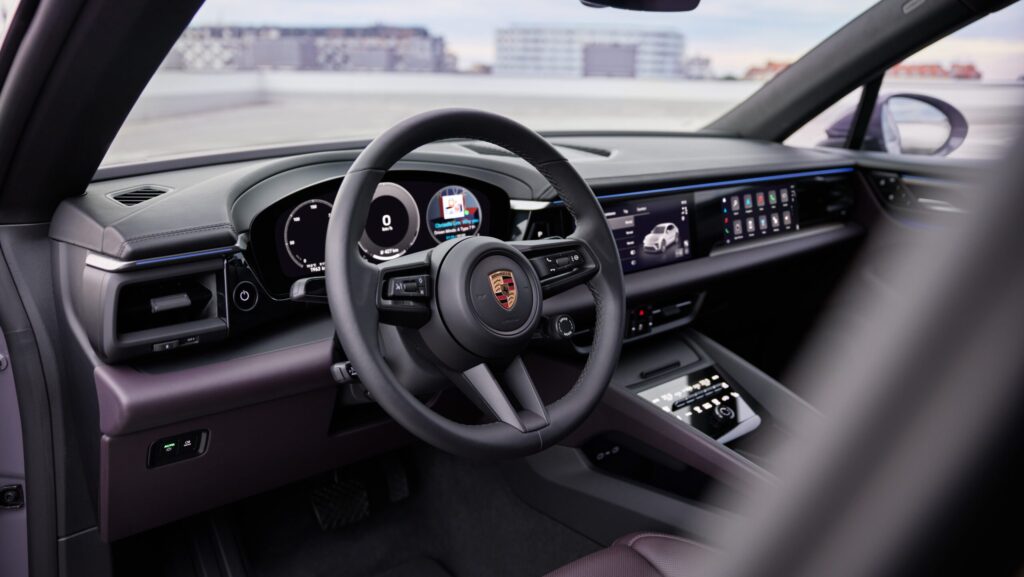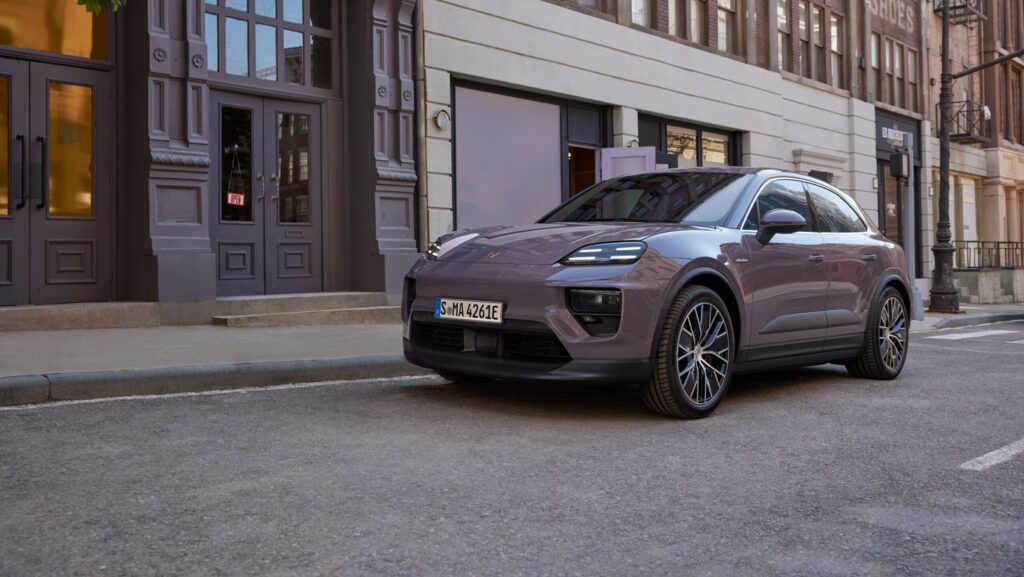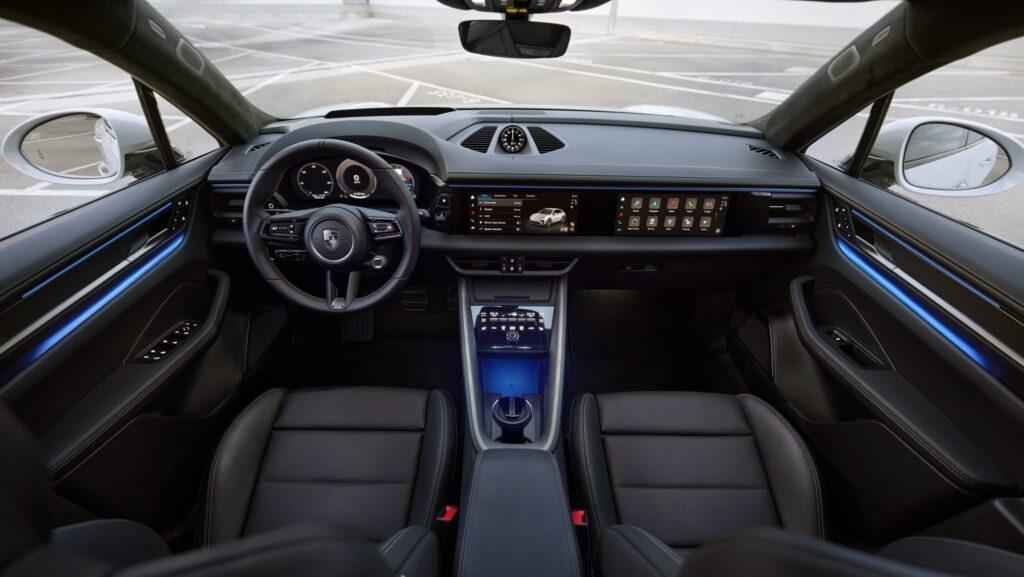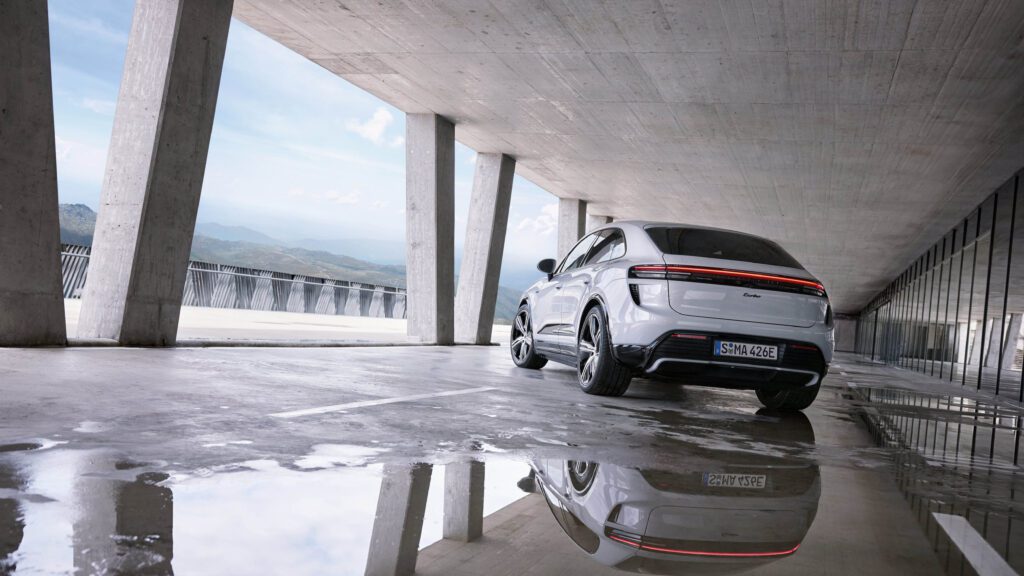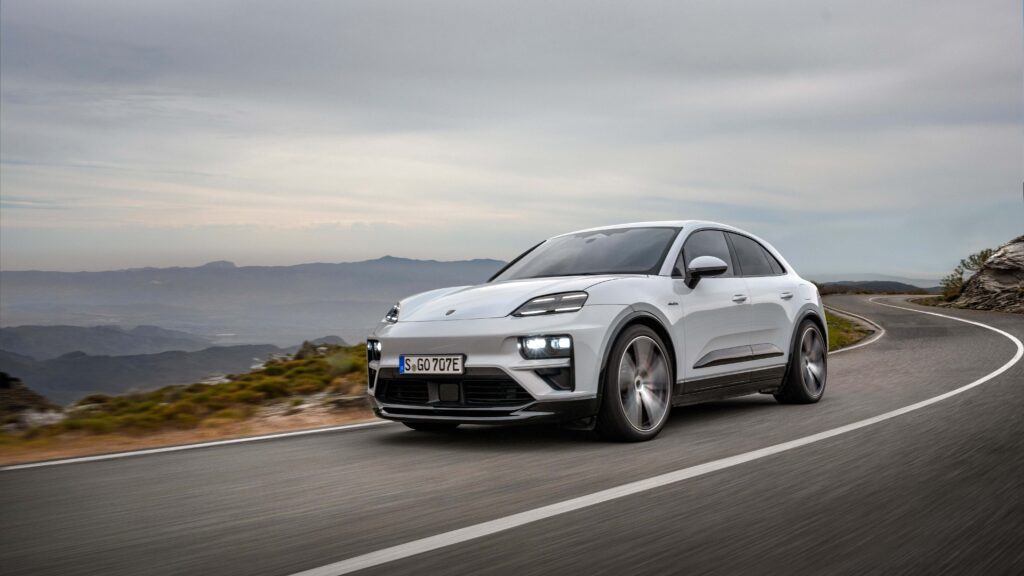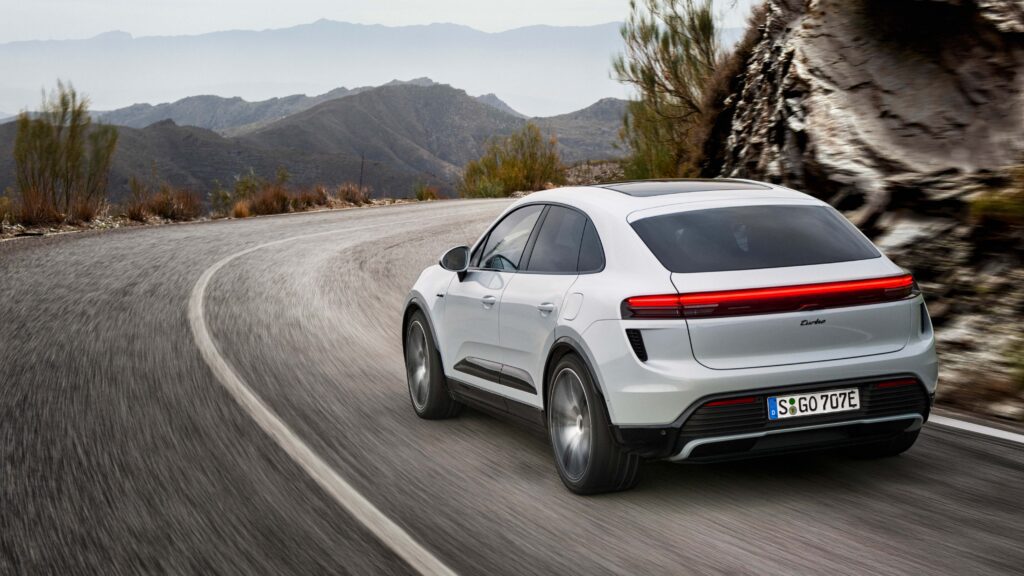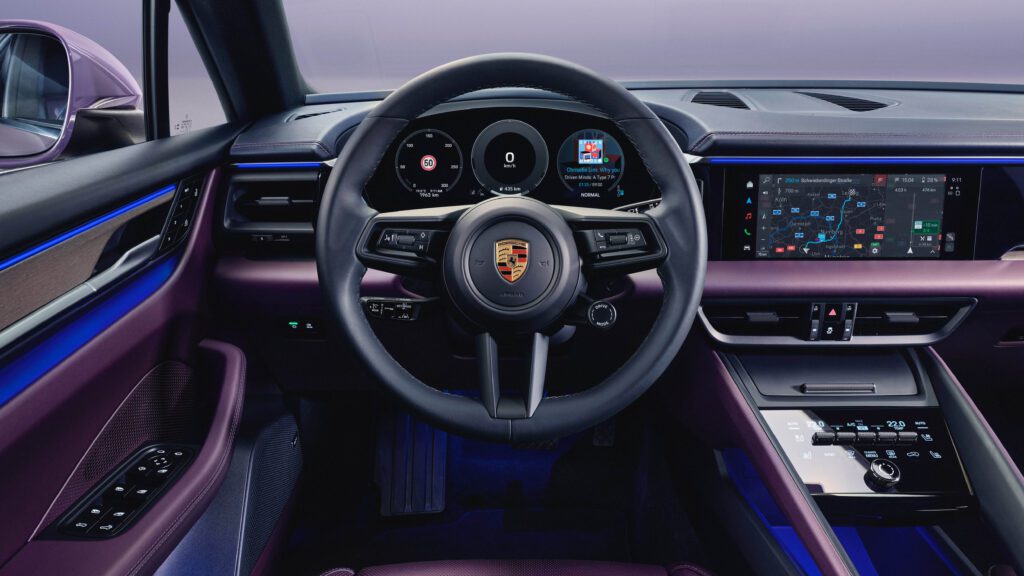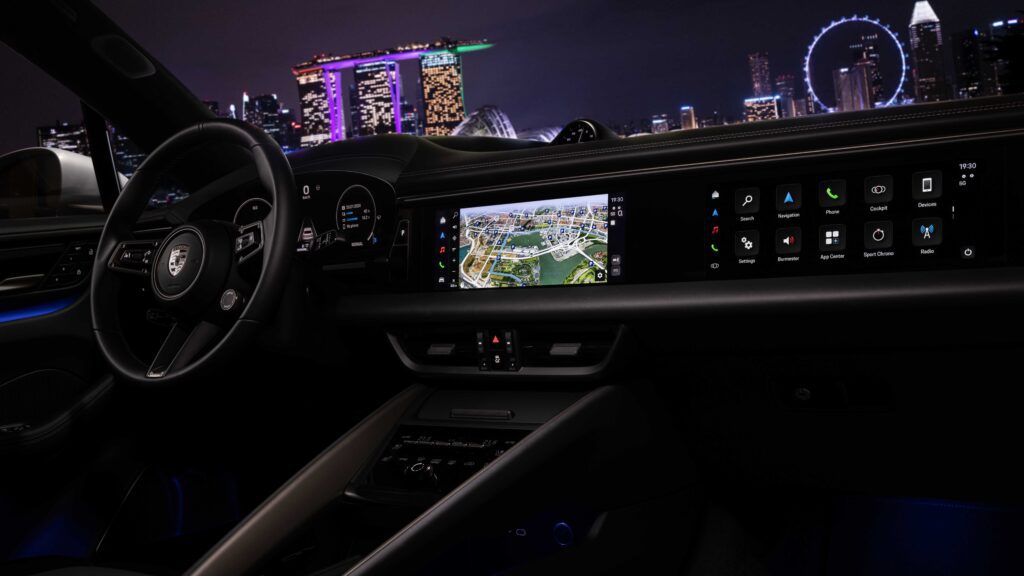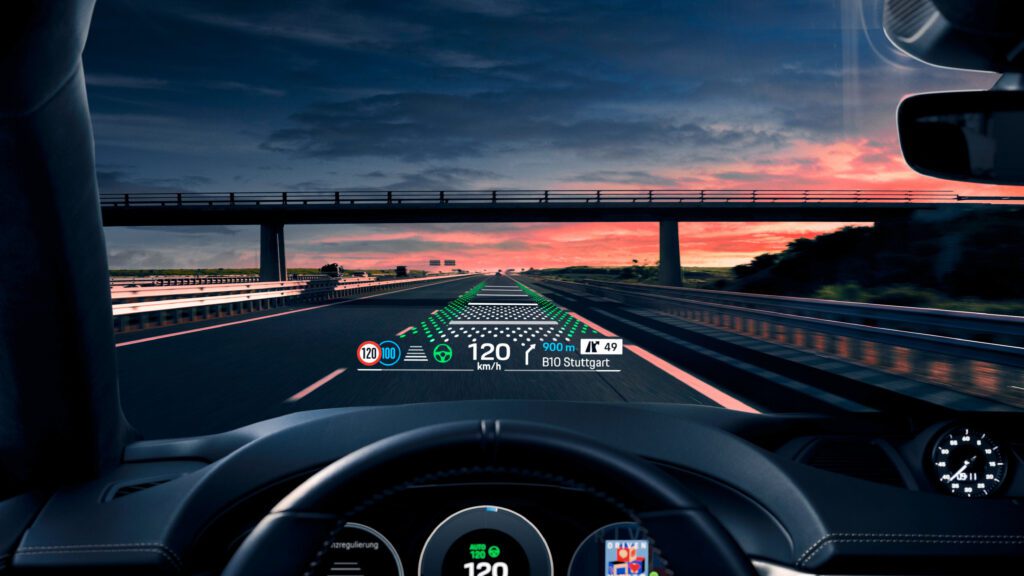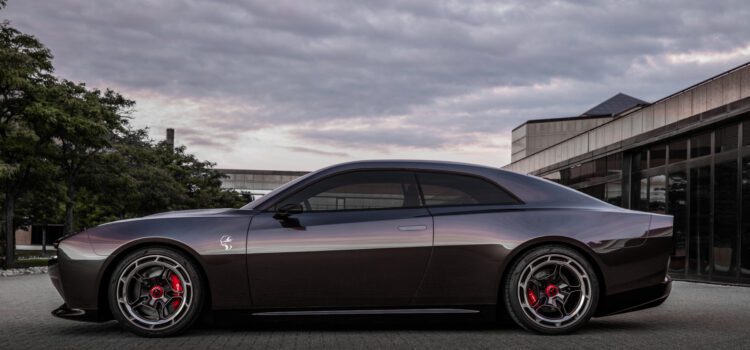The best cars we’ve reviewed (so far) for 2024
Welcome to the start of our ever-expanding home base of car reviews, where we file the best cars we’ve driven so far in order. Don’t think of this as an outright competition to see what is the definitive best vehicle out of a few classes. We’ve got more than that, anyway. Best EVs, best sports cars, best compacts, best trucks, and more! Think of this as all our existing car reviews coming together to help you decide on what are some hot ticket choices to look out for on the new or used car market.
Check out the linked subheadings for full reviews with specs and pricing, and check back occasionally as we continue to grow our portfolio of car reviews!
(Editor’s Note: Updated 3/1/2024 with pickup trucks and EVs category!)
Skip to category:
- Best EVs
- Best plug-in hybrids
- Best hybrids
- Best luxury sports sedans
- Best luxury SUVs/crossovers
- Best hot hatches and sports compacts
- Best affordable sports cars
- Best luxury sports cars
- Best pickup trucks
- Best compact economy cars (coming soon)
- More categories to come!
🚦Get ready, set, full disclosure! Some of the links powering our posts contain affiliate links, which means we may earn a small commission if you decide to make a purchase, even if it’s not from the page we linked. Affiliate links are not always an endorsement of the product. To really help us keep our headlights shining to make more content like this, subscribe to the Acceleramota newsletter.
Best EVS
1. Audi Q8 e-tron – A proper take on urban luxury EVs, even if it’s not a spec sheet winner
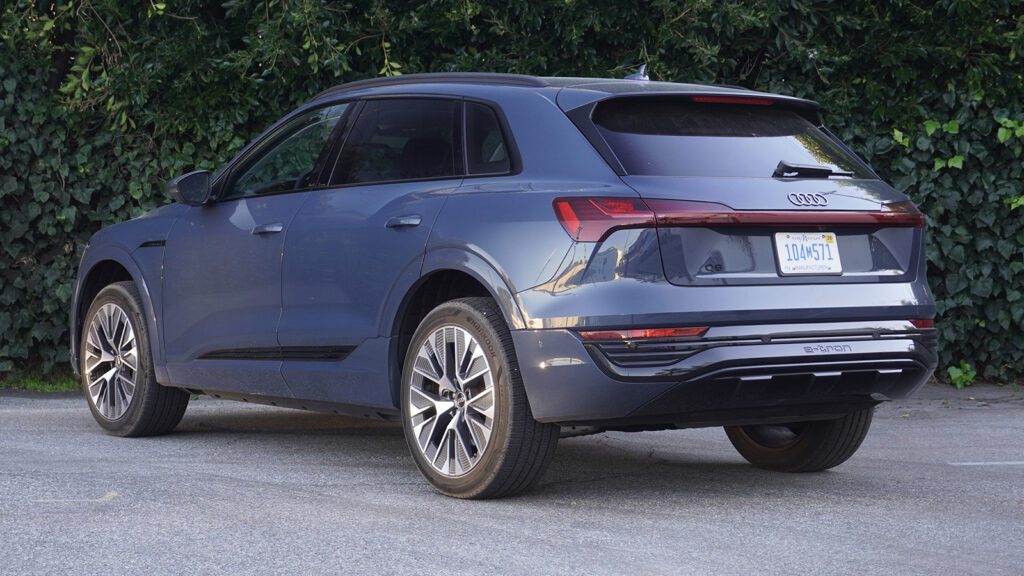
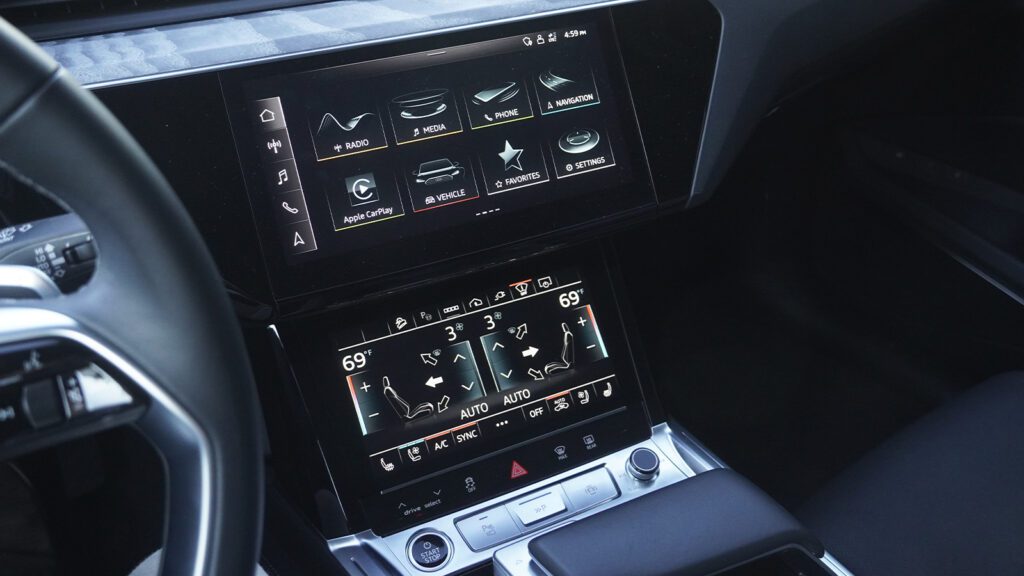
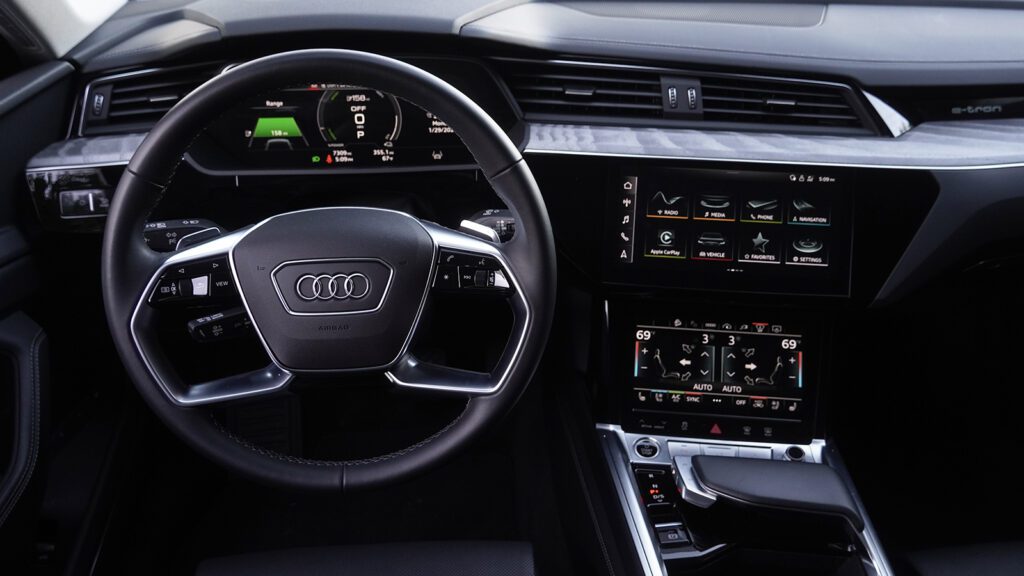

What’s hot?
- Proper luxury car interior with all the accouterments
- Serene ride and NVH
What’s not?
- Some minor Audi MMI glitches
- A tough sell with a high price and okay-ish range
Is it too late for the legacy automakers to topple the startup giants? Will no one eclipse them in terms of price, production output, or range? Ah, screw it. Let ’em have it when automakers like Audi still know how to build a damn good car and damn good features. The Q8 e-tron may not take home any victories in Top Trumps or bar stool drag racing, but that doesn’t mean it should be dismissed, because what Audi has delivered is a sublime urban EV for those who’ll heed its offerings. Ride quality is plush, even on such big wheels, and the interior is well-built and well-equipped, with enough screen to satiate the especially tech-indulgent without appearing cheap or gaudy.
The Q8 e-tron is a fine automobile. We just wish it could be an easier sell so more folks can bask in what it gets right. But we get it. What it gets wrong are things that wouldn’t be the fault of any sensible buyer should they say turn the e-tron down. With a price that starts at $74,400, it’s already an uphill battle. And with a range of only 285 miles, it’s tough to convince folks to fork over the dough for one of these instead of the comparable Tesla or a cheaper Mach-E. But give it a chance and let it thrive in the urban environments it was made for, and you may see that the numbers game isn’t the point of the e-tron. The point is to just be a great product.
[Button id=”464″]
2. Chevrolet Blazer EV – That one SUV from the Barbie movie is actually quite a stunner
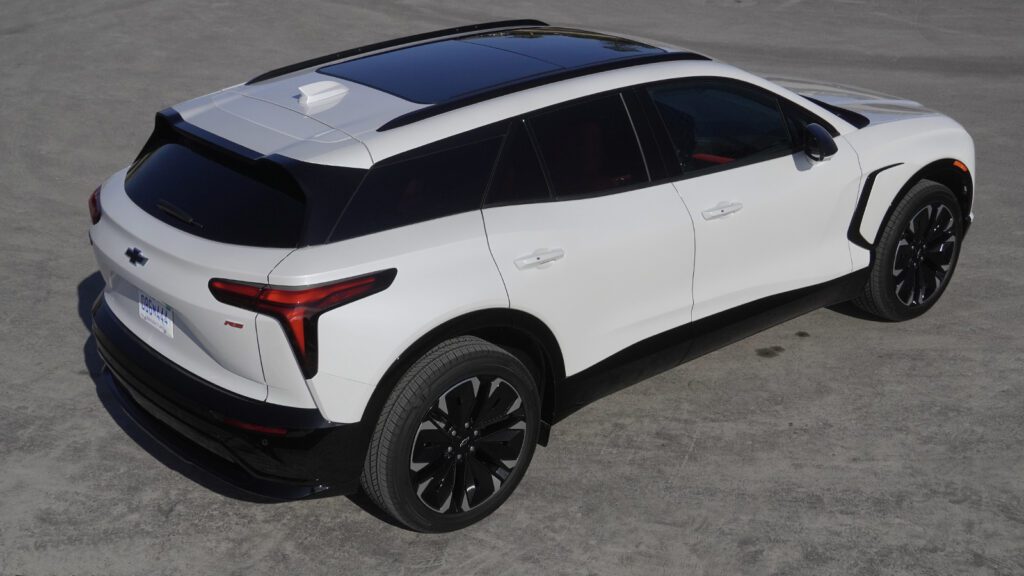
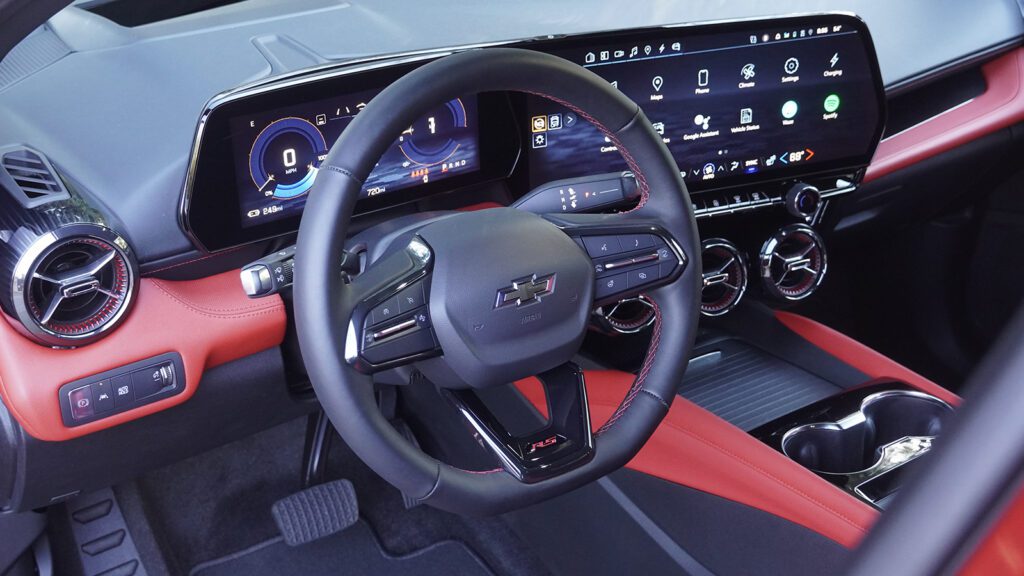
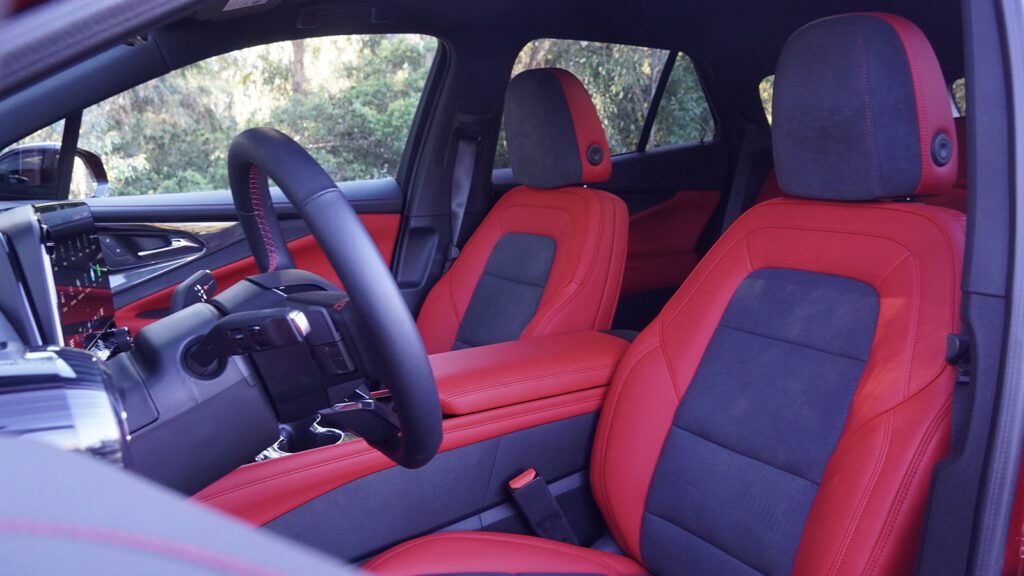

What’s hot?
- Sharp and sporty like its looks
- Quiet and refined
What’s not?
- Range lags behind key rivals, including fellow Ultium-based EVs
- Oh boy, yet another expensive electric SUV
Hey there, Barbie! Let’s go party! And party indeed, as the Blazer EV is actually quite the charming and likable EV, with polarizing styling that contrasts with the sea of egg-shaped lunchboxes that also occupy the pantheon of electric SUVs. But for that price, you get a highly configurable package, with trim levels to match anyone’s wants, and drivetrains that offer front, all, or rear-wheel drive. Can’t think of another vehicle where you can pick either three. The Blazer also matches its sharp looks with dynamics that don’t fall on its face in the twisties and acceleration that earn the top trim its SS badge. And if you like cockpit-like interiors, the Blazer certainly fits the bill with a digital dash and infotainment setup that vaguely reminds us of a C8 Corvette and Alpha-platform Camaro blended together.
If we had to complain, there’s that sorry excuse for a frunk that’s easily trumped by rivals in its class. Range is only okay and doesn’t set any new records, with the most frugal trims seeking out 324 miles. Oh, and there are the embarrassing software issues that plagued early cars enough to cause a stop-sale. Ironically, not long after winning a round of praise and awards from all who’ve driven it. Oh, Chevy.
[Button id=”490″]
3. Mercedes-Benz eSprinter – Electrified mobility for businesses and tradesmen
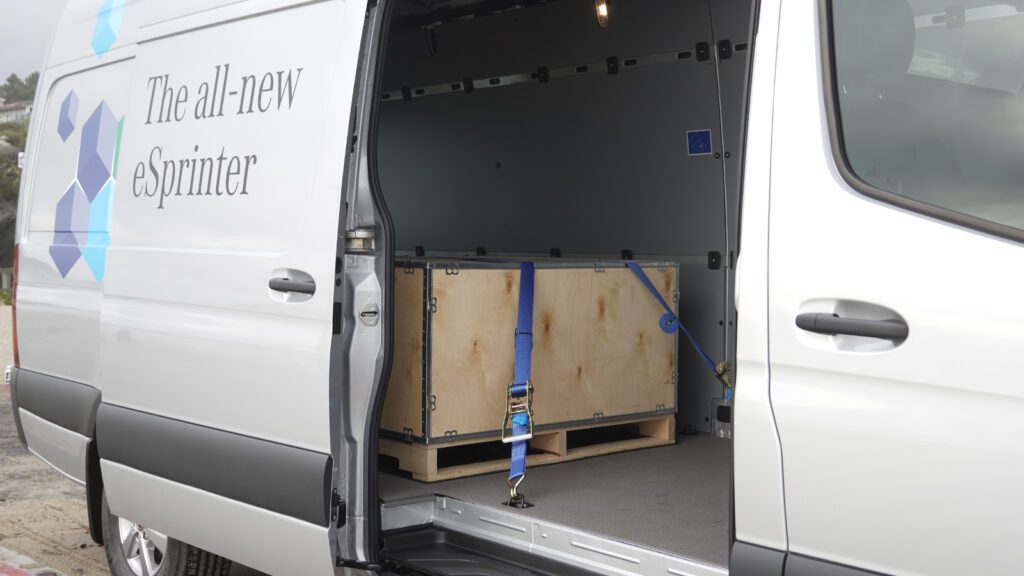

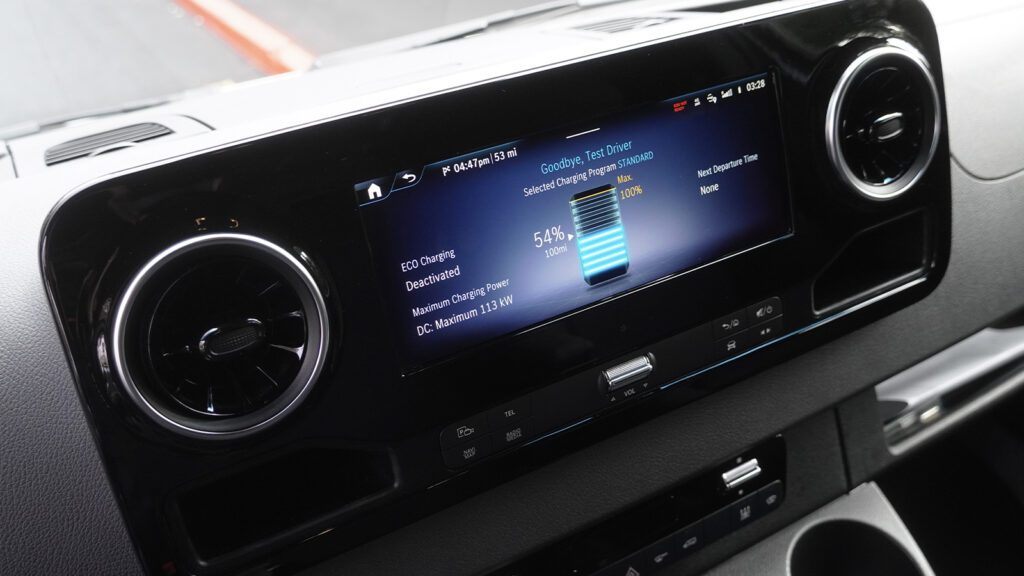
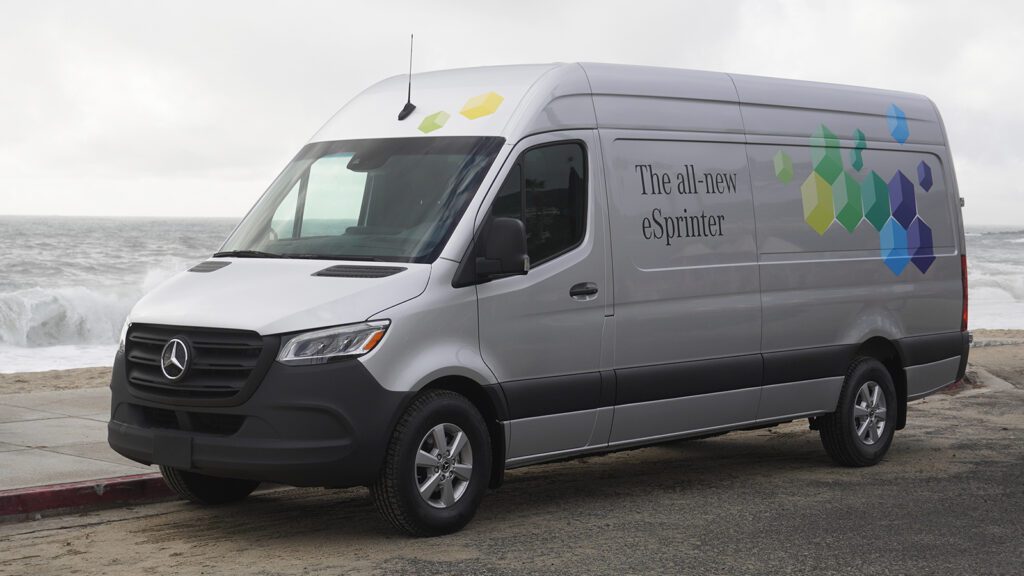
What’s hot?
- Fairly quick and responsive at low speeds
- Still perfectly capable of around-town work
What’s not?
- Uncomfortable seats
- No dual-motor variants as of yet
Not much to say here, is there? It’s an electric cargo van with plenty of space for products or tools, enough pep for stoplight drags, and just enough range to accomplish a day of work and still have some to spare. The Mercedes eSprinter is exactly as advertised: a nicely made, well-appointed, electrified take on work vans intended for urban environments. And you know what? That’s a-okay with us. The interior is standard Sprinter, with an attractively-designed and functional infotainment system and seats that are less than optimal but get the job done. Hey, you’re getting paid to work, not lounge!
Aside from wanting more comfortable seats, a 42-minute max charge speed to 80% is only okay, there are currently no dual-motor variants available as of yet, and the payload takes a significant hit versus any gas or diesel Sprinter. Gardeners and Geek Squad folks will be fine. But no trying to smuggle kei cars in the back, you hear me?
[Button id=”374″]
Best plug-in hybrids
1. Mazda CX-90 PHEV – Bridging the gap between family crossovers of the past and future




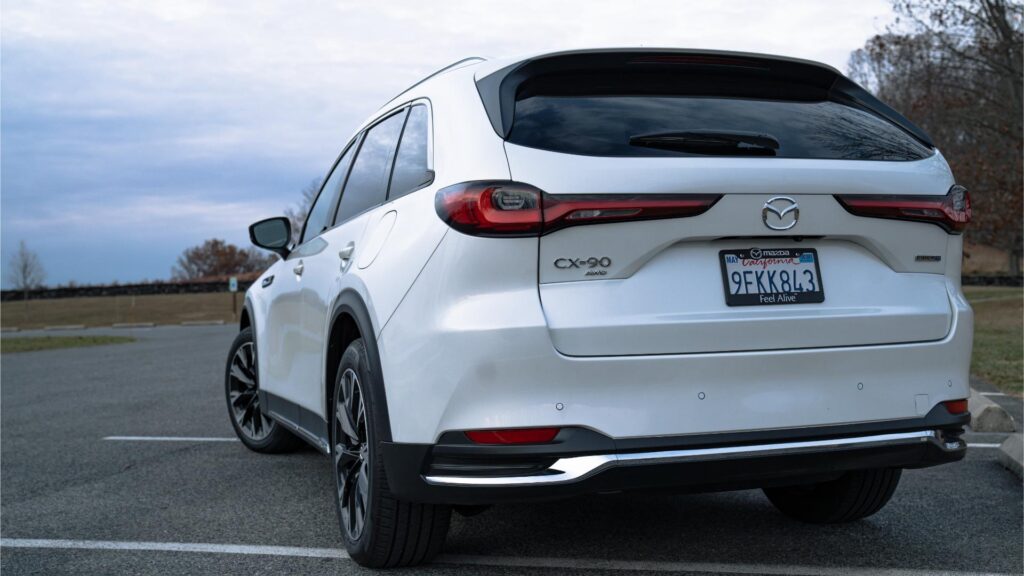
What’s hot?
- Commendable EV range for such a massive thing
- Mazda edges closer and closer to the luxury car kingdom
What’s not?
- Not the most cavernous three-row SUV
- Rotary dial infotainment controls only
Mazda has been on a not-so-secret upward spiral toward faux luxury car stardom for some time now. From smooth, sporty driving dynamics to interiors with actually pleasant build quality and aesthetic design, the Zoom-Zoom brand has been making quite the name for itself. The CX-90 three-row crossover cements its status as a serious brand worth more than just one mere damn, and the plug-in hybrid variant acts as a wonderfully executed bridge between family cars of the past and present. 26 miles of EV range? Not bad! 24 mpg in the city? Heck yeah! 369 pound-feet of yoinking power? Now, you got me flustered. And these are just the specs. We haven’t even started with the gorgeous, airy, wood-lined interior that can shame the Germans or the sporty dynamics that can actually put the “sports” in sports utility vehicle.
Okay, so a big lunk like this will never score the range or MPGe of smaller plug-in crossovers. And its towing capacity and average mpg took a hit versus the Bimmer-flattering inline-six. Oh, and touchscreens be damned because the Mazda’s infotainment is controlled via a rotary dial only, which will definitely not resonate with anyone who hasn’t come from an older BMW. But if you can live with those nitpicks, you’ll still be left with one of the most compelling products to come, not just from Mazda but from any automaker in recent memory.
[Button id=”363″]
2. Alfa Romeo Tonale – A commuter a way only the Italians can





What’s hot?
- A family crossover that’s actually a drop-dead stunner
- Commendable performance and handling
What’s not?
- Dodge Hornets are cheaper if you don’t mind the styling differences
- Dodge Hornets have an ICE-only powertrain if you don’t care for plug-ins
Nothing says car enthusiast like anything sporty from Italy. Nothing says drab and dreary appliance like a compact crossover. Combine the two, and you might just have the recipe for a fun little urban runabout, as Stellantis has proven with the Alfa Romeo Tonale. Although ICE variants exist elsewhere, we Yanks get a bold, powerful plug-in powertrain as our sole option. It pairs a spunky little 1.3-liter turbo four boosted to high hell with an electric motor to yield over 30 miles of handy EV range and produce 285 horsepower and 347 pound-feet, which, last time I checked, is a lot more than your average compact crossover.
Sadly, it also costs a lot more than most compact crossovers and is lined up squarely against competent, similarly powerful rivals like the RAV4 Prime. Those who are a fan of spunky Italian dynamics but are willing to forgo the spunky styling can also step down to the cheaper Hornet, which produces more torque, has a similar EV range, and offers a significantly cheaper ICE powertrain. Still, flawed or not, there’s a lot to love about the Alfa Toe Nail, and there’s something to be admired when offered a fun, stylish alternative to the usual crop of cookie-cutter family cars on the market.
[Button id=”40″]
3. Dodge Hornet R/T – I’m like the guy right above me but with less swagger


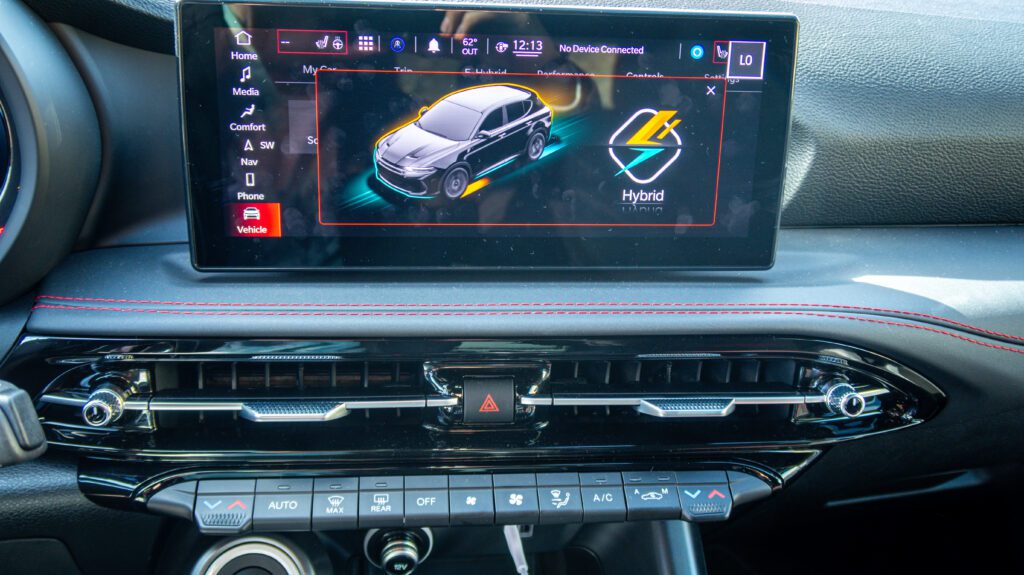

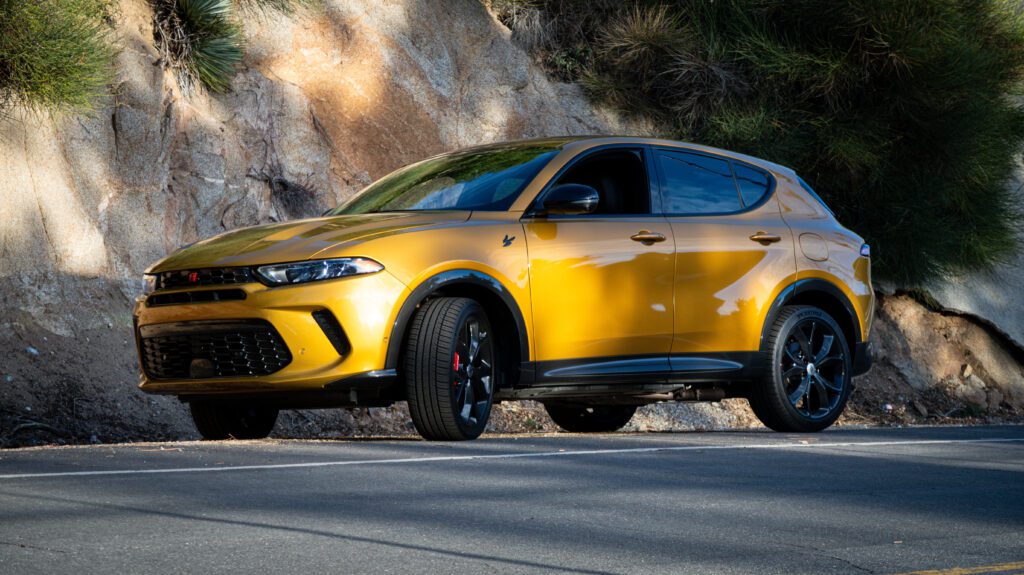
What’s hot?
- Fun and fast for lil’ crossover!
- Usable EV range
What’s not?
- Why is there no Regular-Ass Prius mode?
- Minor electronic annoyances
“I do everything the guy above does, but better,” says the Dodge Hornet R/T, probably. Psst, it’s not better, but it is just ever so slightly different.
Not much to say here that hasn’t already been said about the Tonale. I don’t think we can say anything until we score an all-ICE Hornet GT to sample. But here it is, the Americanized take on Italy’s dandy little compact crossover, complete with the same KONI two-valve shocks, vividly red Brembos, and sticky Michelin Pilot Sport All-Season 4 tires. The car receives the same plug-in powerplant in R/T trim, albeit with an extra motor to help it yield 288 horsepower and 383 pound-feet of faux hot hatch fury. It costs a few grand less for a comparable Hornet R/T versus a Tonale, too. What’s not to love?
Well, it’s still a Tonale. This means it still suffers from the typical Italian (or perhaps just Stellantis) electronic hiccups that make it difficult to recommend, from awkward lane centering and intermittently dysfunctional safety sensors. It may also be too small for some families, and asking for the R/T skyrockets the price tag fairly quickly. But if you can live with all of it, the Hornet is still a lovable, fun-to-drive alternative in an otherwise ho-hum segment of effective yet uninteresting cars.
[Button id=”375″]
Best hybrids
1. Toyota Prius – shockingly fun but still lovably practical
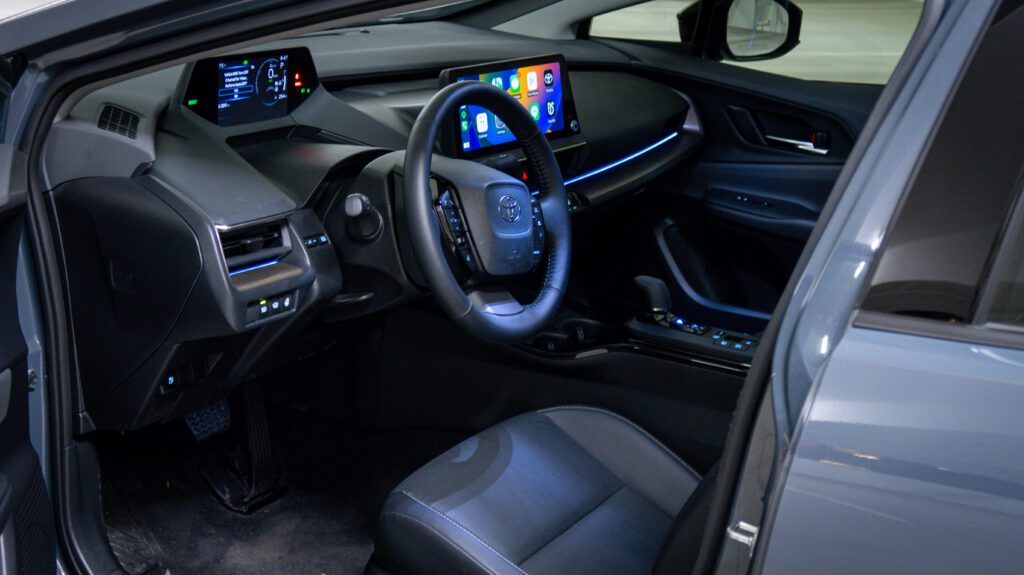
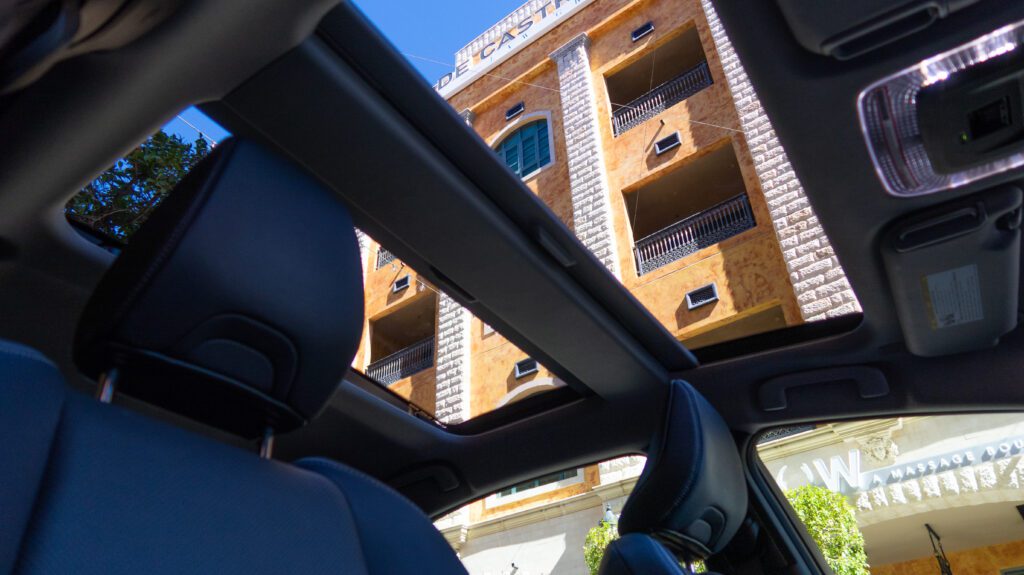
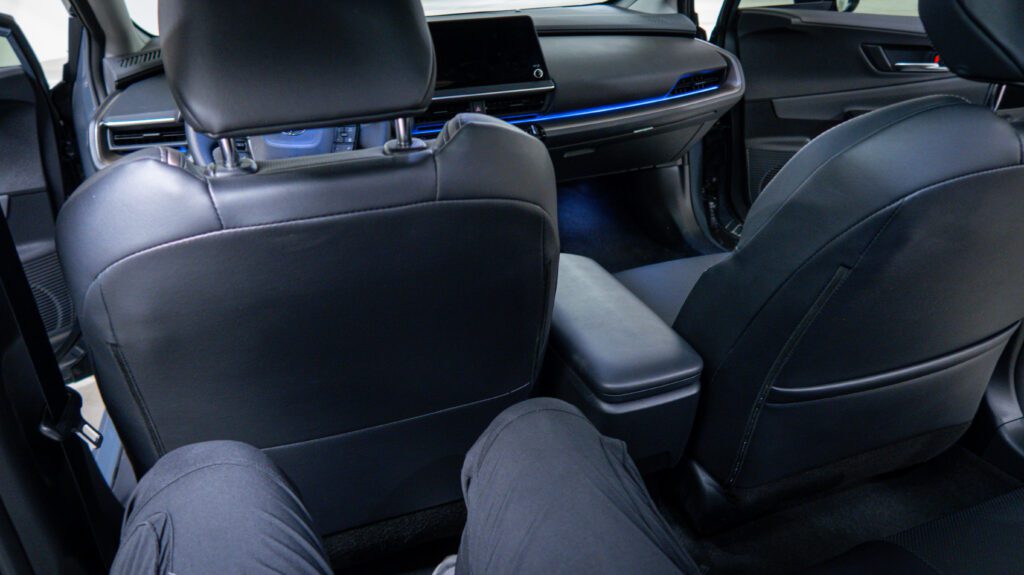
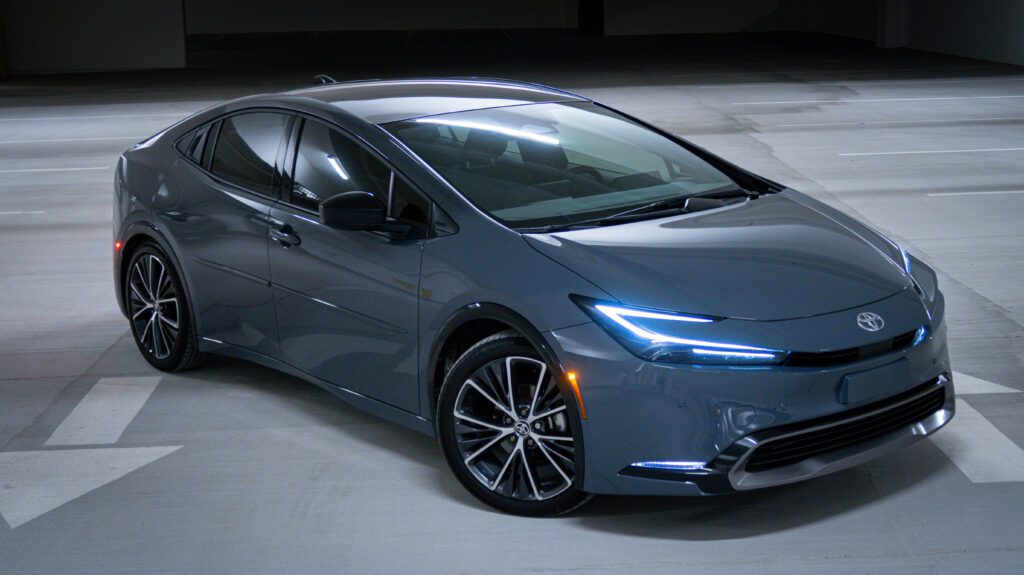
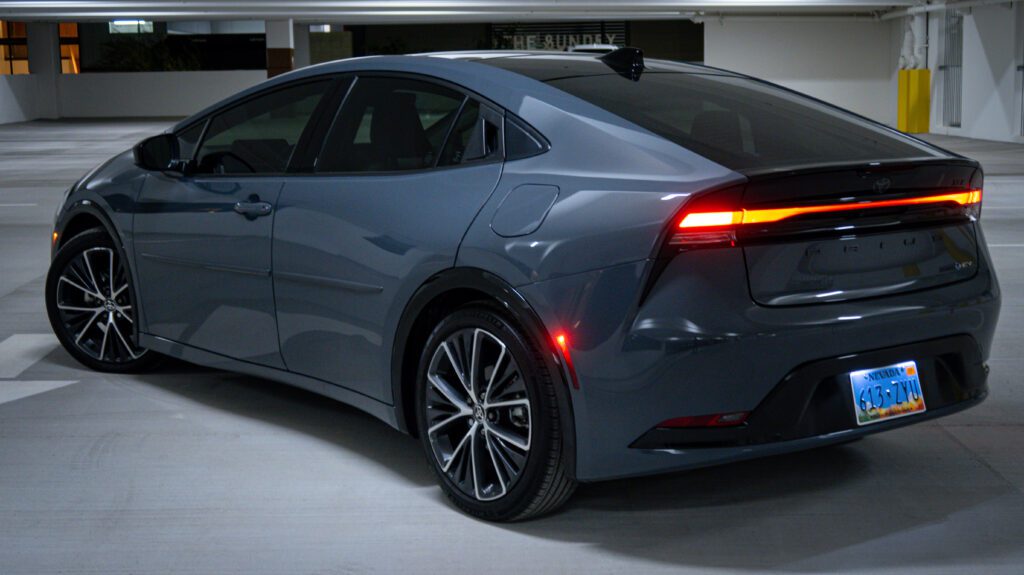
What’s hot?
- New powertrains are punchy
- Easiest 50-mpg solution on the new car market
What’s not?
- Some interior ergonomic quirks
- Still viable in today’s world of plug-ins, EVs, and upscale economy cars?
Go ahead. Laugh. But you won’t be laughing for long when a $30 or $40 fill-up nowadays buys you well over 500 miles of range, not including the short bits of EV cruising you can manage behind the wheel of the current-gen Toyota Prius. Did I make fun of Priuses before? Of course! Do I still do? On occasion. Do I love them, though? You bet your ass.
City slickers, you can’t beat 50-plus mpg and all-electric parking lot creeping in a car with the forward and side visibility of a fishbowl (the rear is a different story) and a footprint small enough to fit in nearly any parking space. There’s an abundance of nifty safety and convenience tech to make you feel as though you’re in a more substantial vehicle, and the new chassis and powertrain result in a Prius that’s a bit of a hoot to fling around.
The question remains if the Prius is still the obvious solution when compact family sedans and crossovers are now as efficient as ever while sitting at a slightly lower price point and offering comparable, if not better, practicality and ergonomics. Not to mention the growing waves of affordable EVs and plug-ins if efficiency is really your absolute top priority. But if a middle ground between them all is what you’re eyeing, then the new Prius remains a fantastic, well-rounded entry, even if it’s not necessarily the best.
[Button id=”376″]
Best luxury sports sedans
1. Lexus IS 500 F Sport Performance – A final bastion for V8 sports sedans
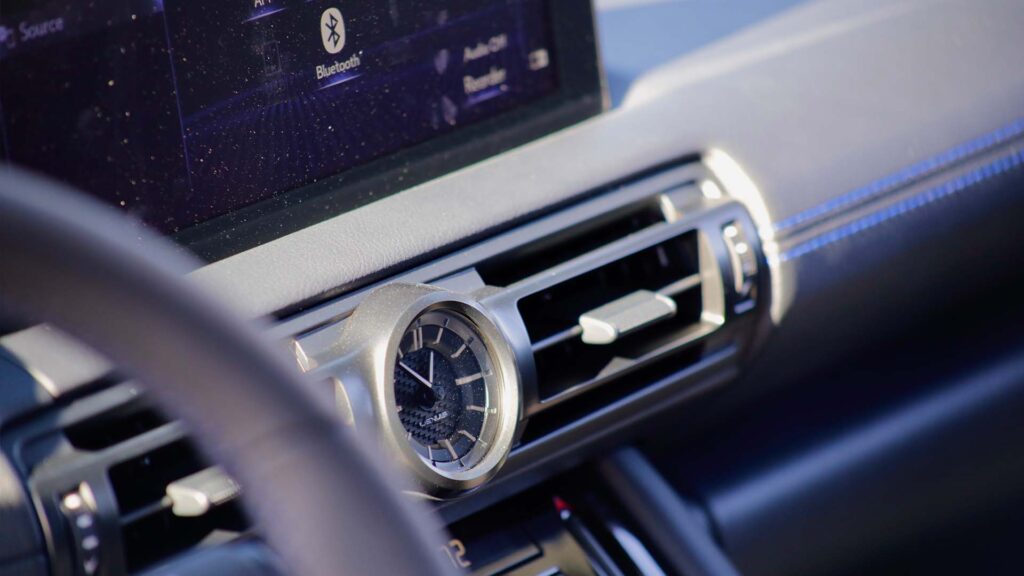
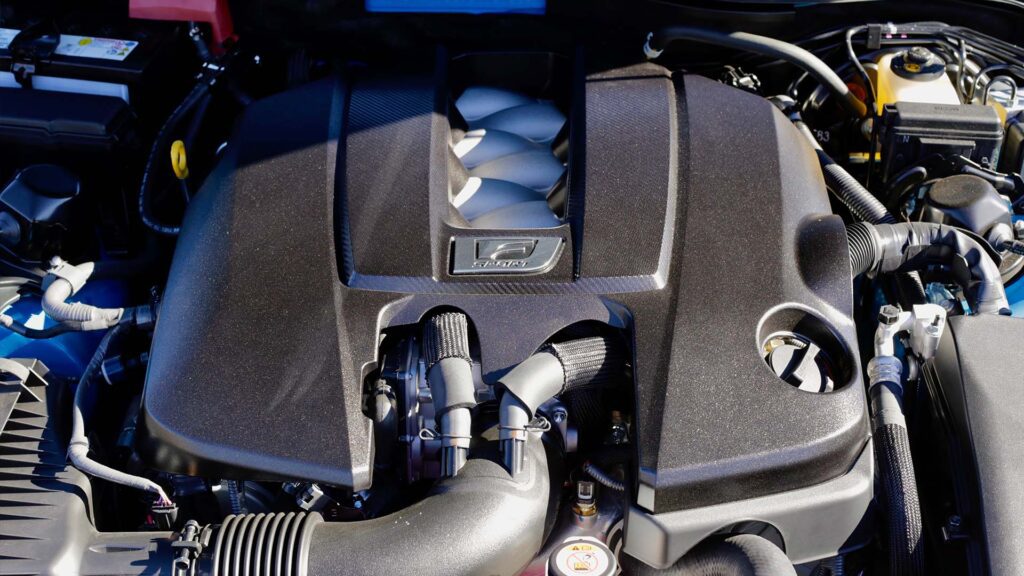


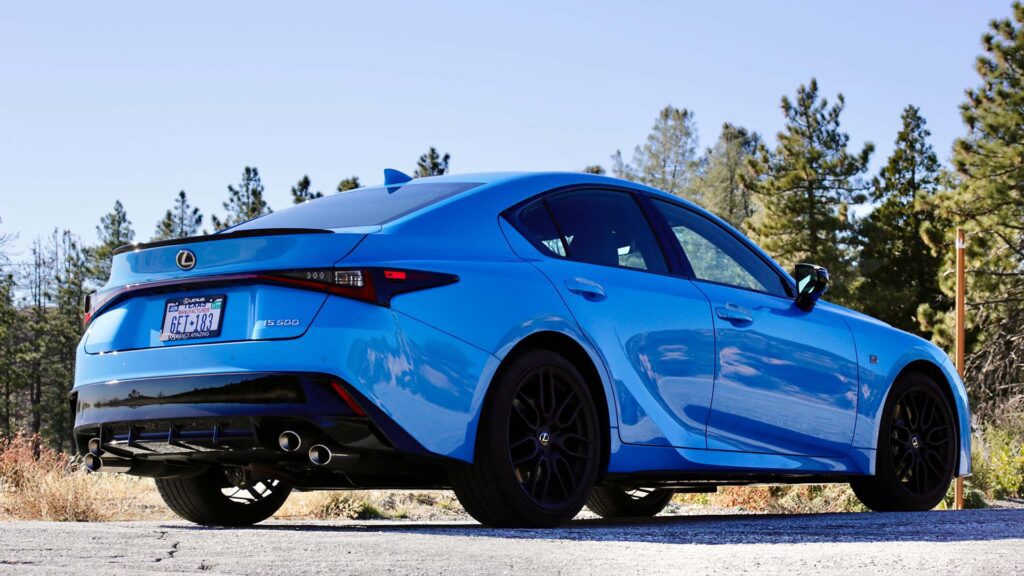
What’s hot?
- N/A V8 rear-drive sports sedan? For real?
- Typical Lexus premium vibes, inside and out
What’s not?
- Not a true IS F replacement
- Could go for more low-end torque
If you can’t find an ounce of love for something like this, you’re either not human or one of those stereotypical Tesla fans we were warned about on social media. The Lexus IS 500 was a last hurrah we didn’t expect, but we couldn’t be happier it exists, even if it’s for a moment. Lexus delivers a compact executive sedan with rear-drive, go-fast suspension and braking hardware, and a monstrous, free-breathing V8 pushing 472 ponies! What a day to be alive! And in typical Lexus fashion, it oozes style and quality inside and out, from the way it drives and handles to the materials and tech.
Sure. It’s not a true IS F successor in the same vein as the RC F coupe. The platform is quite old, dated, and small by car industry standards. But perhaps we shouldn’t complain about its age and shortcomings. For less money than a BMW M3, here’s a final bastion for naturally-aspirated V8 sport sedans with more charm and character than a current M3 will ever have.
[Button id=”377″]
2. Genesis G70 – A bonafide sports sedan to challenge the Germans
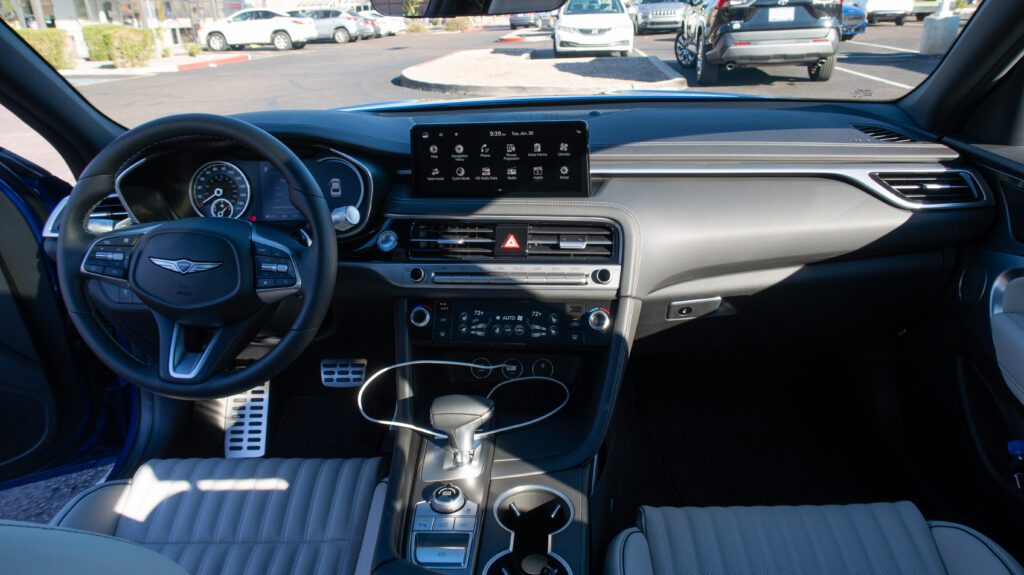
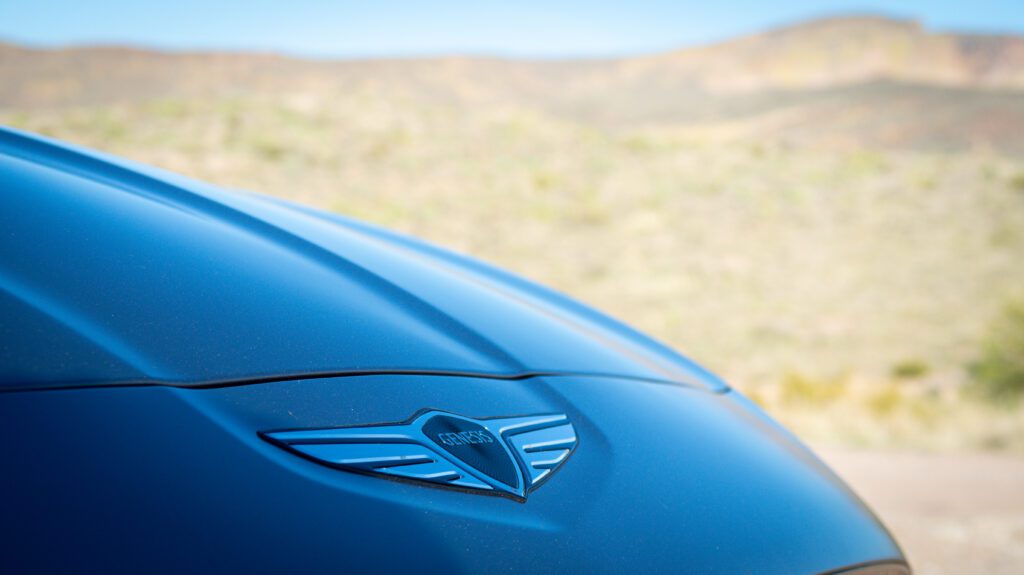
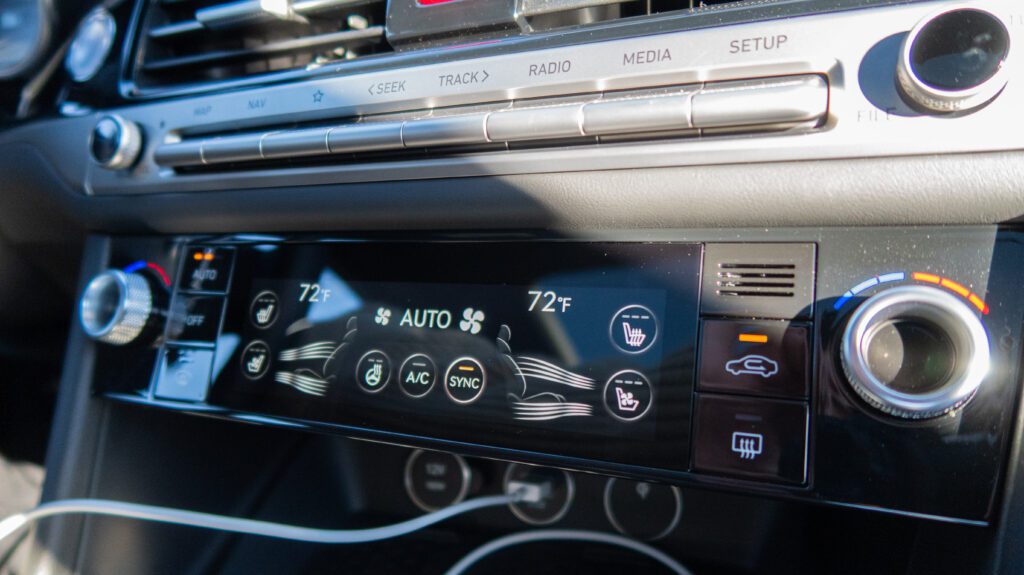
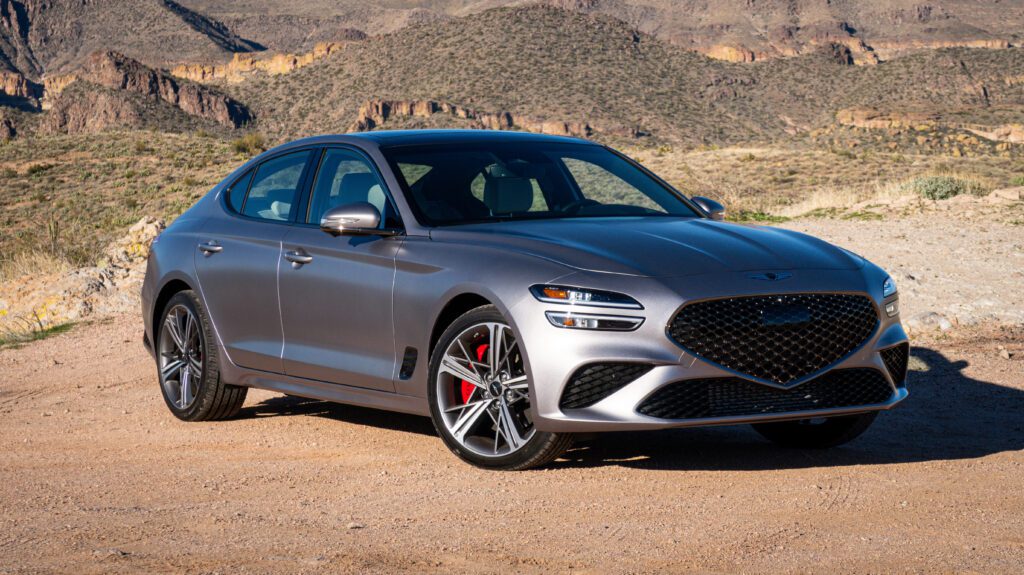
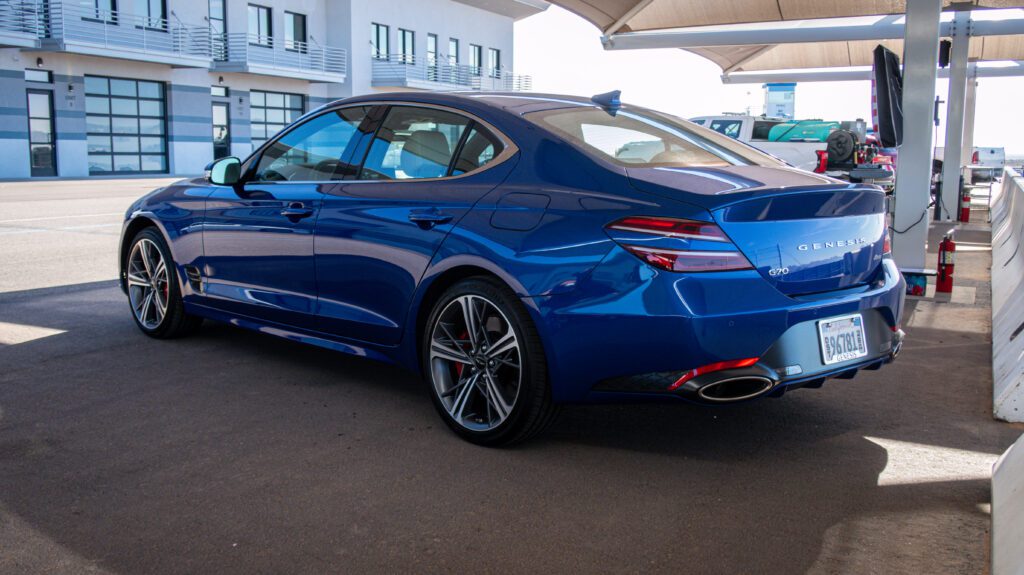
What’s hot?
- Actually fast, fun, and engaging across all trim levels
- Oozes style and quality at a strong price point
What’s not?
- Fuel economy pales in comparison to German I4 and I6 engines
- No hotted-up M, AMG, or F rival (yet)
I’ve driven and ridden in a small handful of Korean cars over the years, each getting more and more alluring the newer they got. Now, the icing on the cake, the Genesis G70 cements a notion in my head that’s been parroted by auto journalists since the Sonata got good: South Korea will take over the world. Good. Let them. Because they can build a damn fine sports sedan.
The latest G70, the only Genesis product I’ve yet to sample, sports a buttery smooth 8-speed auto directing power from either a 300-horsepower, 2.5-liter turbo four, or a 365-horsepower, 3.3-liter twin-turbo V6. You can get it dipped in rear-drive or all-wheel-drive sauce, and V6 cars can be sprinkled with a serving of electronic suspension and limited-slip diff. Sounds like a good time, yeah? But thankfully, Genesis knew not to sully the car’s luxury mission with an overly “sporty” setup, so it remains posh, refined, and quiet, perfectly balanced for wannabe touring car champs and yuppies alike.
No, there’s no super-hot M3 killer yet. And no, the fuel economy is good but not great, as BMW’s crop of turbo engines beg to differ. By like, a lot. Backseat space can be a bit tight, and interior design, while impeccably well-built, may not offer enough flair and pizazz as one might like. But these minor nitpicks shouldn’t stop you from considering the G70, especially when you get the chance to experience all that it gets oh-so right.
[Button id=”369″]
Best luxury SUVs/crossovers
1. Acura MDX Type S – Quick and cushy
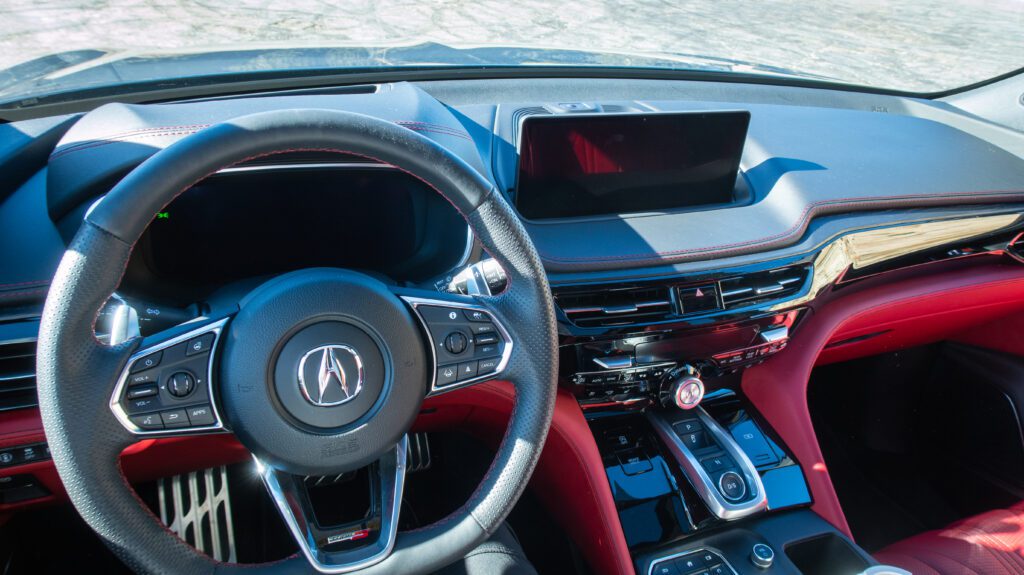
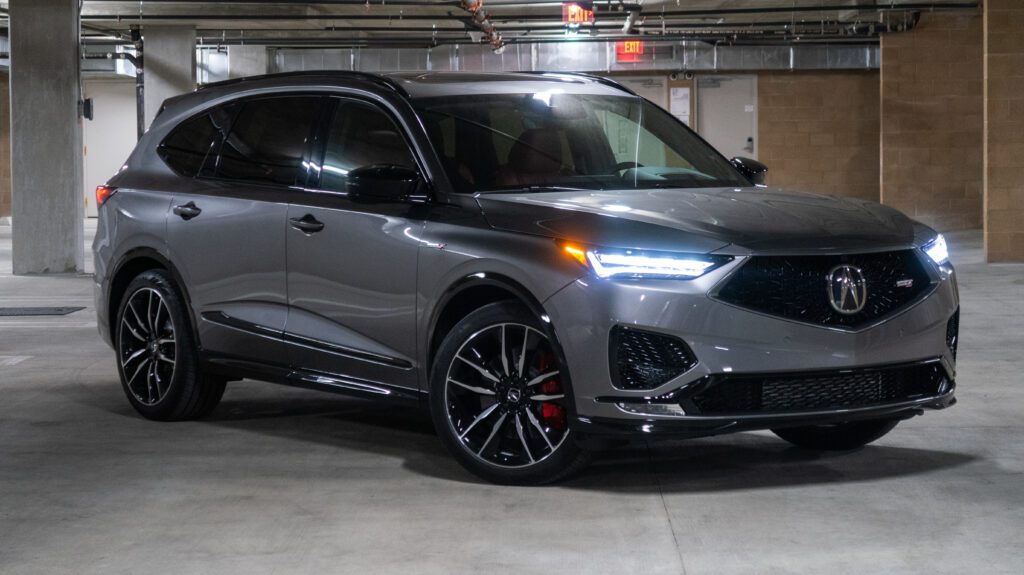
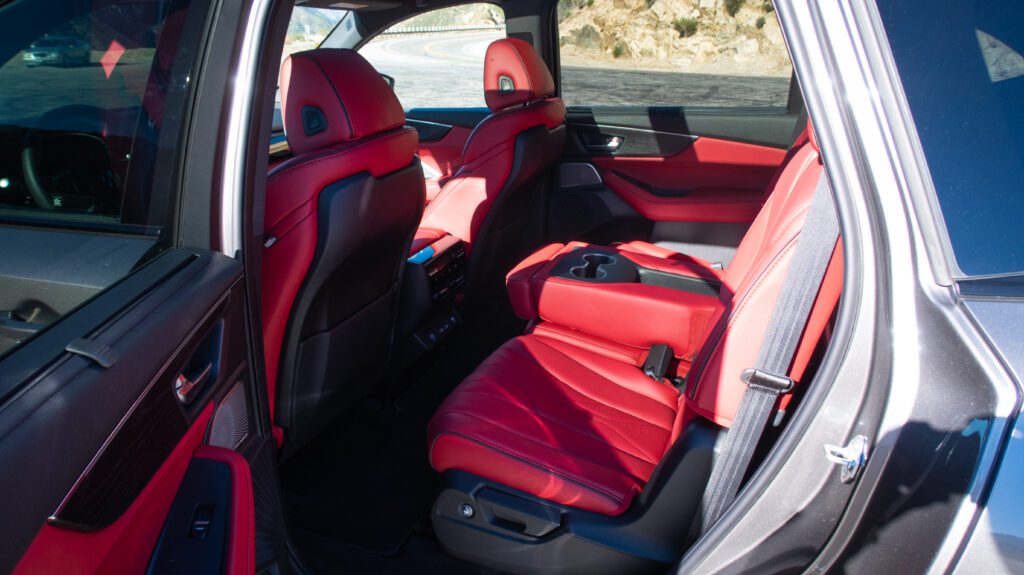
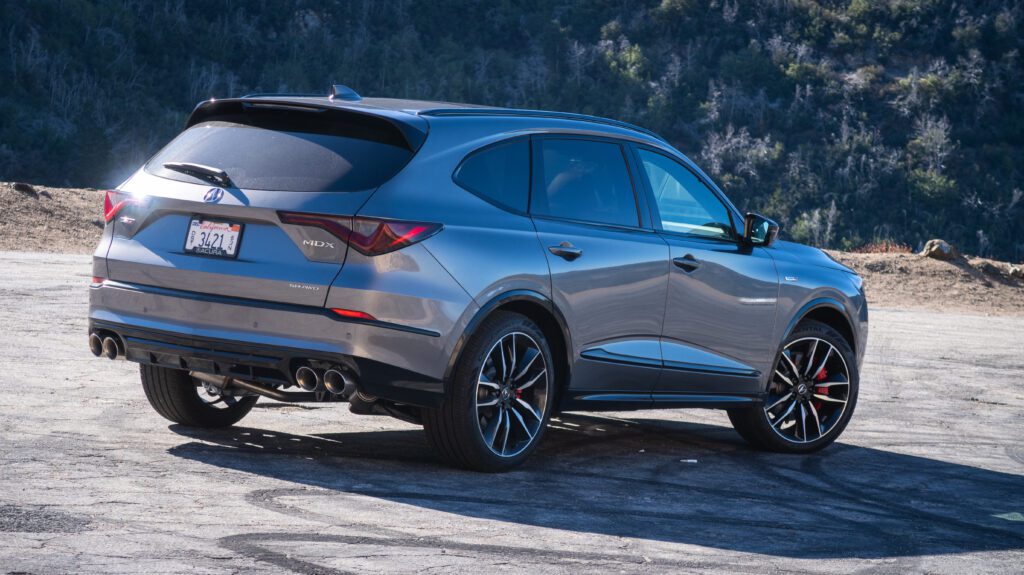
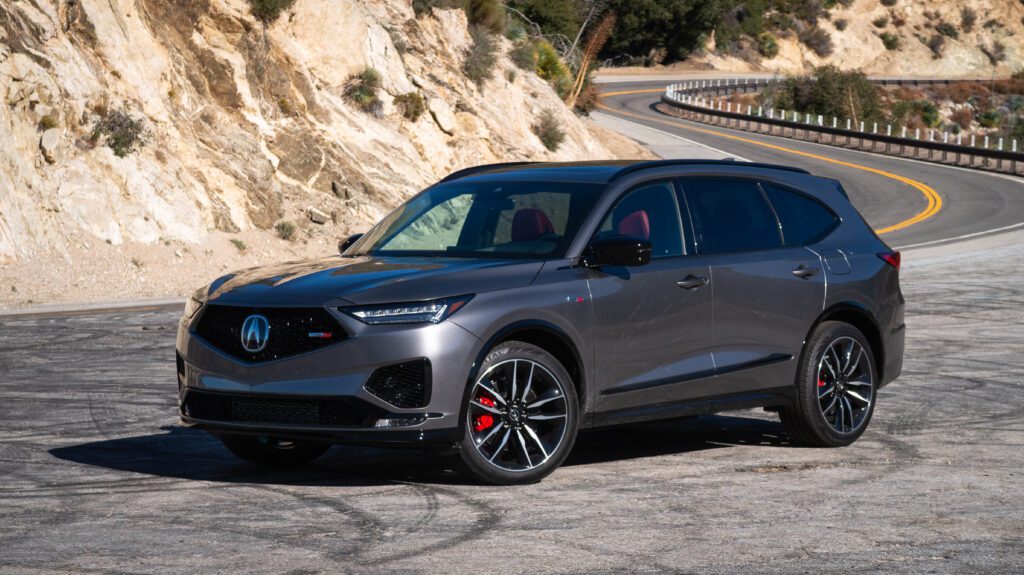
What’s hot?
- Genuinely fun to drive
- A cushy, coddling cruiser for the whole family
What’s not?
- Not as sporty as it could be, especially in the face of German rivals
- Curse these touchpad infotainment controllers
We love a good, unsensible dose of automotive debauchery. Manic vehicles with fire-breathing engines or cyberpunk-esque EVs with more gimmicks than goodwill. Are they useful? Not always. But they sure are fun. Yet, here stands the Acura MDX Type S as the near-perfect Goldilocks’ choice of crossovers. A cavernous interior invites occupants to revel in plush leather seating accented with real wood and metal accouterments, controlled via logically arranged hard buttons to show that physical switchgear ain’t going out of style just yet! And once you take control, you’re rewarded with a lovably pleasant driving experience, defined by a powerful and silky V6, well-tuned automatic transmission, and supple suspension that’s still competent in the canyons and freeway on-ramps. Sometimes, it’s good to enjoy the middle ground.
Of course, it’s not without faults. The most glaring of which is that infernal touchpad infotainment controller, which will apparently bow out in favor of a better system in future Acuras. Good riddance. And of course, people eying the Type S badge hoping for a true M or AMG fighter may be disappointed. It’s not that car. It’s fun and engaging. Really fun, actually. But it’s not that car. In a day where clout-chasing is king, the MDX Type S reigns itself in and stays true to its family crossover roots without being afraid to have just a little senseless fun every once in a while.
[Button id=”314″]
Best hot hatches and sports compacts
1. Acura Integra Type S – The surprise knockout
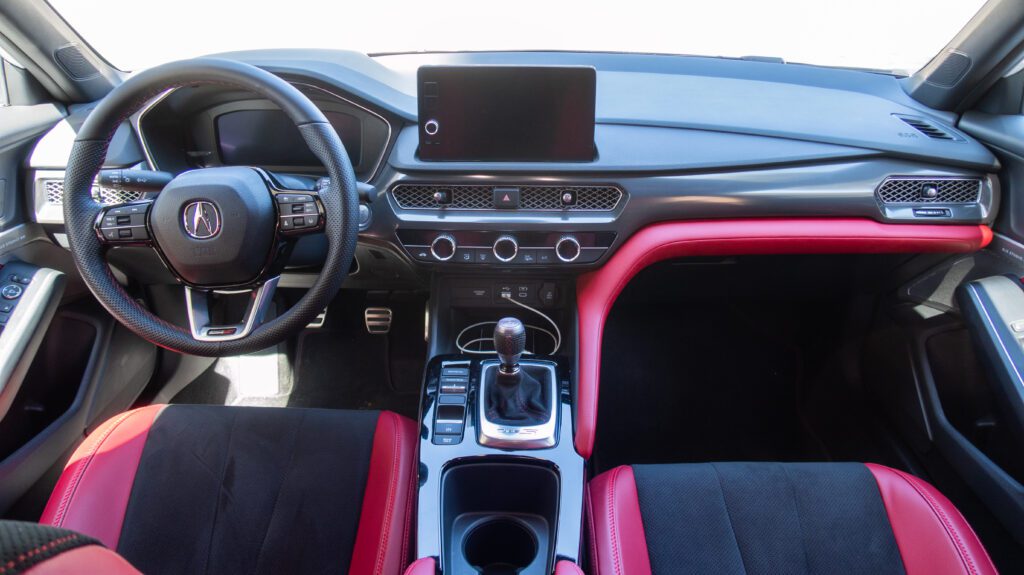


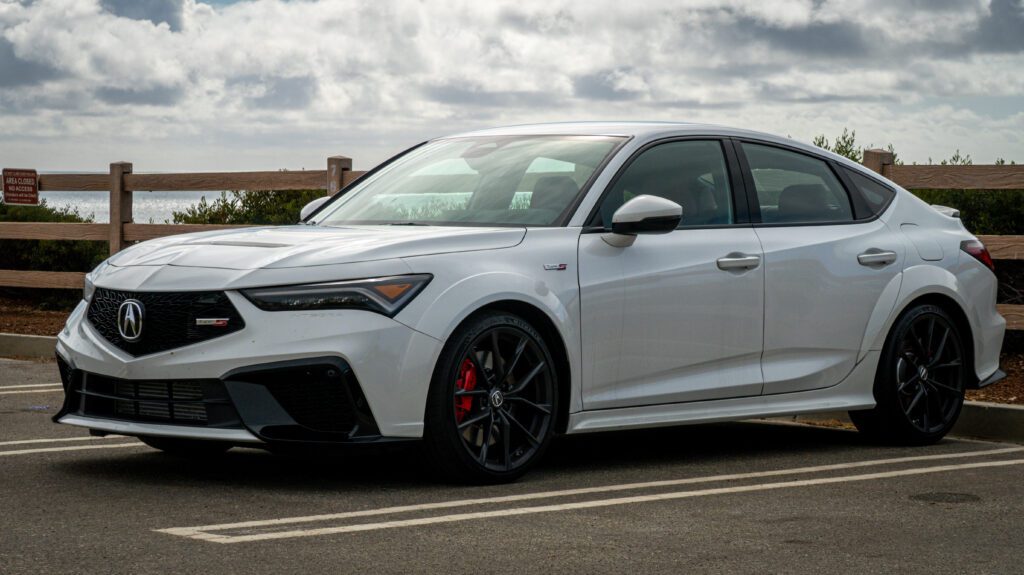

What’s hot?
- Chassis, brakes, engine, and pretty much everything else by the gods
- Easily daily-drivable for thousands of miles on end
What’s not?
- Exhaust is too quiet for how raucous it can be
- Expensive for its class
Oh, Integra Type S, my beloved. How incredible you are clubbing GR Corollas and Golf Rs over the head with the sheer force of your awesomeness. The gods bestowed upon you suspension soft enough for tattered highway commutes yet taught enough for unflappable canyon cornering prowess. You’ve been granted a rev-happy powerhouse of a turbo four-banger with a Bimmer-rivaling 320 ponies channeled through a manual whose shifts hit crisp like ice water with a mint. And you carry yourself with civility and politeness when it’s time to calm down for the long journeys home.
Could you tell I’m obsessed? The Acura Integra Type S is an easy winner and a rockstar in its segment, delivering Civic Type R attitude in a slightly more comfortable and mature package. Perhaps the only reason we leave here at Number 1 is because we haven’t yet tested a real Type R, which sports more supportive bucket seats and a whimsically cool wing for several thousand dollars less, trumping any value proposition the Acura had. Until then, the Acura will stay our king of the sport compact hill.
[Button id=”378″]
2. Hyundai Elantra N – Shattering Korean car stereotypes
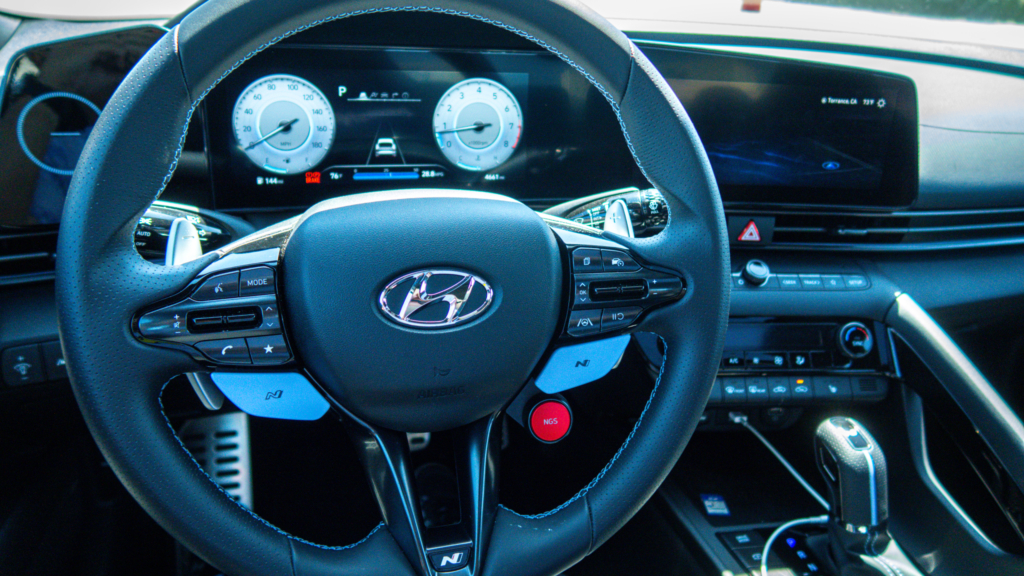

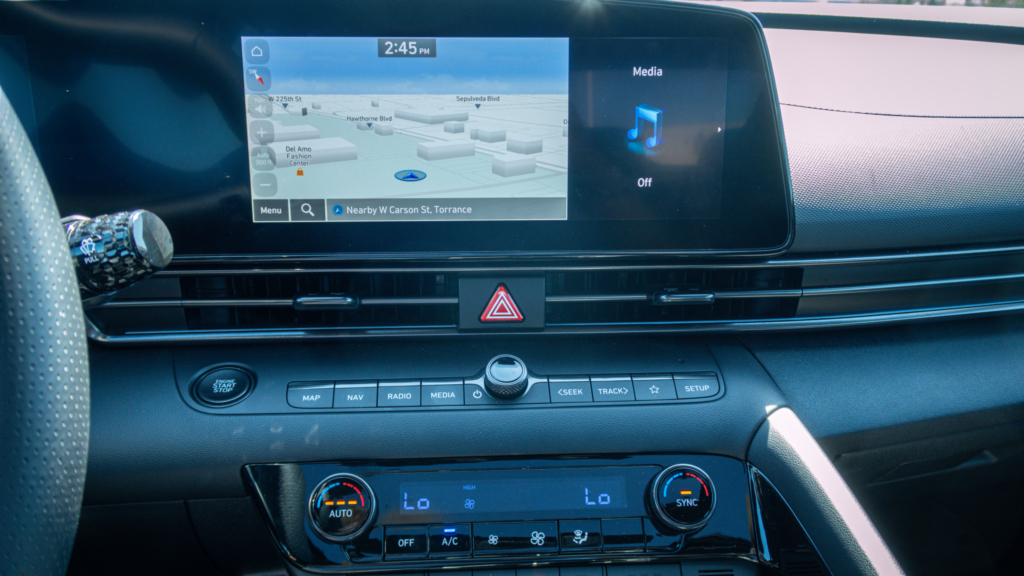
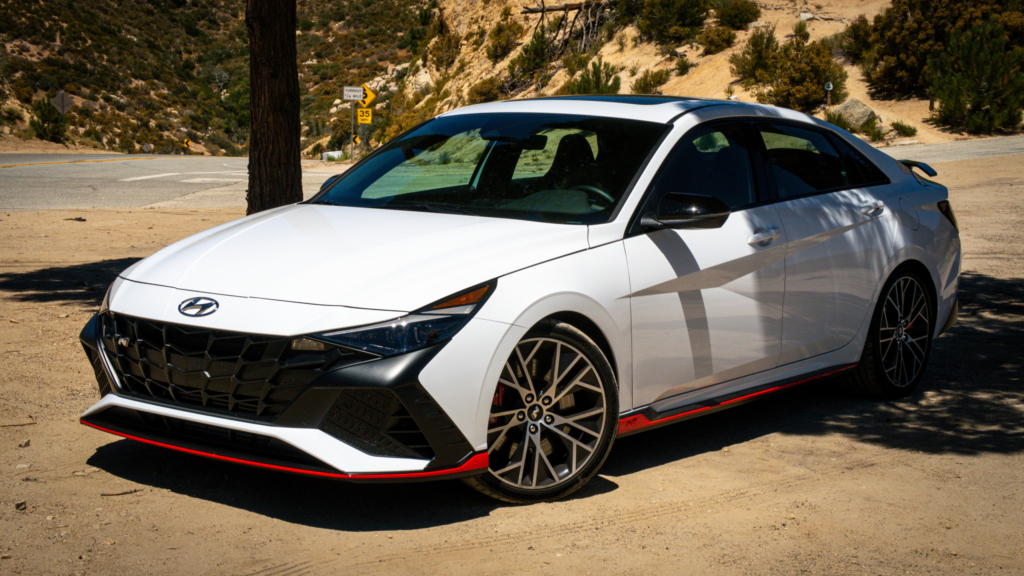
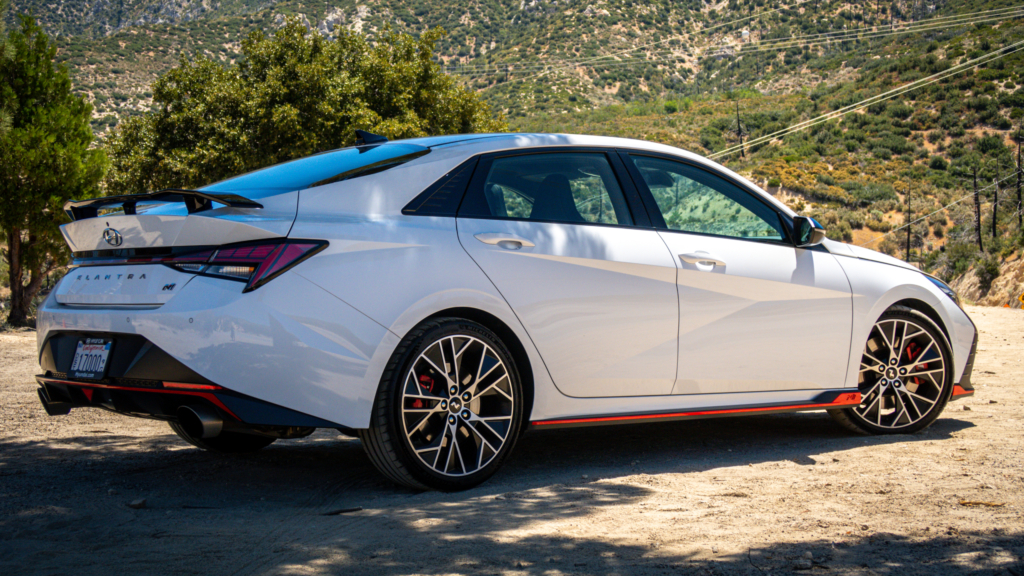
What’s hot?
- Rip-snorting lil’ WTCC car for the road, even with the dual-clutch
- Premium interior and performance at a stellar price point
What’s not?
- Bucket seats are a pain on road trips
- Ugly duckling
“Am I the only one who understands the complexity of this ambitious automotive masterpiece? This car isn’t stupid! You’re stupid!” – Billy, probably.
Hyundai’s N division has proven to be a massive disruptor in the performance car world, building comparison test winners and headline stealers since the Veloster N in 2019. The Elantra N carries forward much of the same spirit and hardware, routing 276 horsepower from its 2.0-liter turbo-four through your choice of a good ol’ six-speed stick or a snappy 8-speed dual-clutch.
Brakes rock. Adaptive suspension rocks. The selection of drive modes that all make a meaningful difference rock. Everything rocks. And, best of all, the Elantra N goes about its performance biz with genuine chassis feel and an eager, soulful playfulness seldom found in European sports sedans. Couple that with its strong value proposition, and you have an affordable halo car that poses a serious threat to our current sports compact king.
[Button id=”173″]
3. Volkswagen Golf R – The mature grown-up’s hot hatch


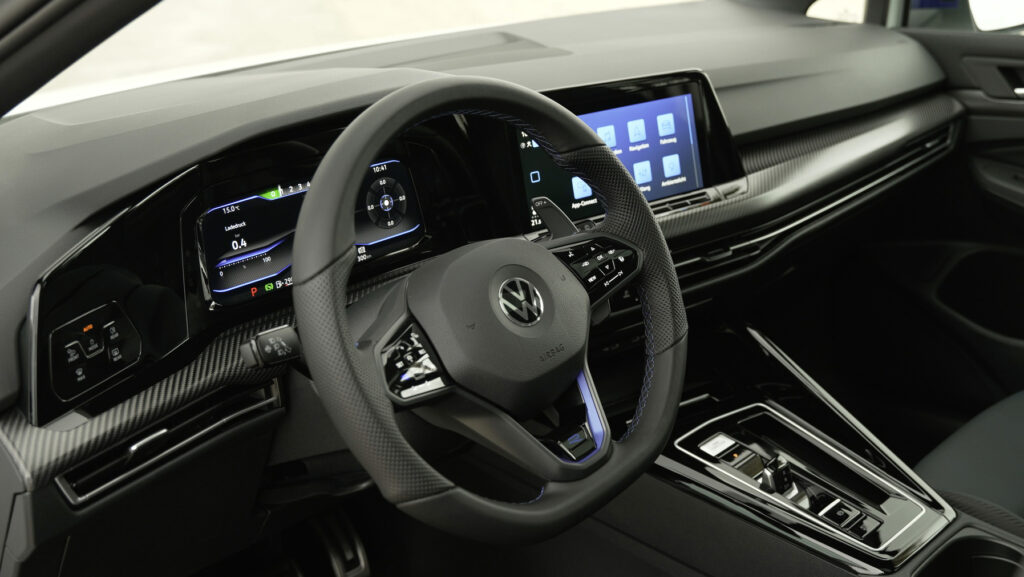
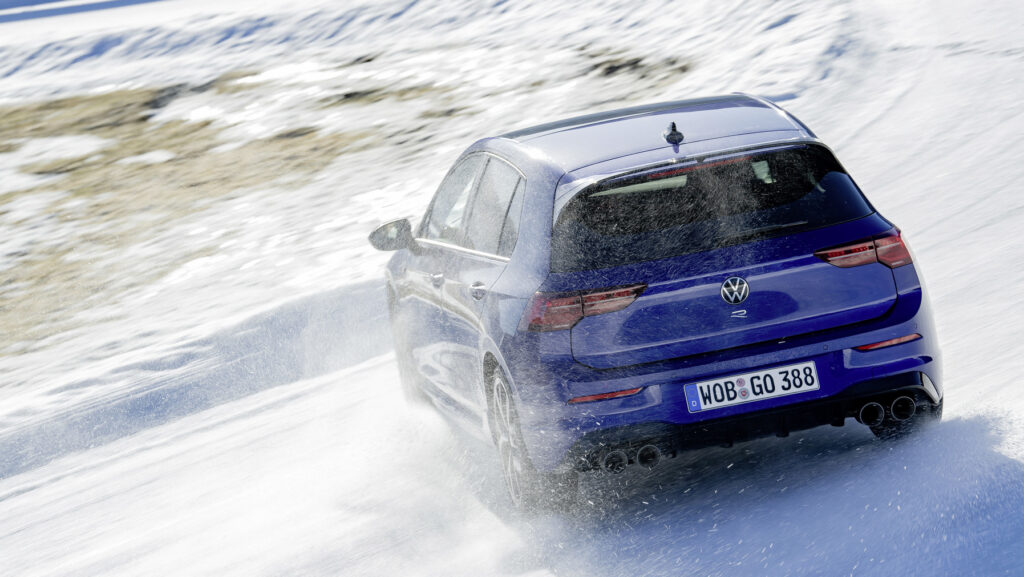

What’s hot?
- Sports sedan performance with all-wheel-drive versatility
- Mature, elegant bodywork with hatchback practicality
What’s not?
- Controversial infotainment system is a tad bit of a learning curve
- On the steeper side of the pricing fence
The Mk8 Volkswagen Golf R is a divisive product, as praiseworthy as it was a source of ire among auto journos for a variety of reasons. But one thing is for certain, and it’s that no one can really hate on the fiery powerhouse that is the EA888 four-cylinder, pushing 315 ponies in Golf R trim, a sliver more than its Audi S3 cousin. It also features a trick Haldex all-wheel-drive system with Drift Mode for sideways action and Volkswagen’s baby-PDK DSG dual-clutch.
That said, the mighty Golf R has some Achilles heels. It’s not the fiercest, most playful thing in the toybox, trading the antics of something like a Focus RS or Type R for a more upscale and serious demeanor befitting its German heritage, which may or may not resonate more with certain buyers. Its heftier price tag may also push some buyers away, as well, sitting comfortably above the likes of Elantra Ns, GR Corollas, and its not-too-dissimilar, front-drive GTI sibling. Oh, and that love-it-or-hate-it infotainment. Sheesh. At least they’re bringing buttons back.
[Button id=”188″]
Best affordable sports cars
1. Subaru BRZ – Jack of all trades, master of many

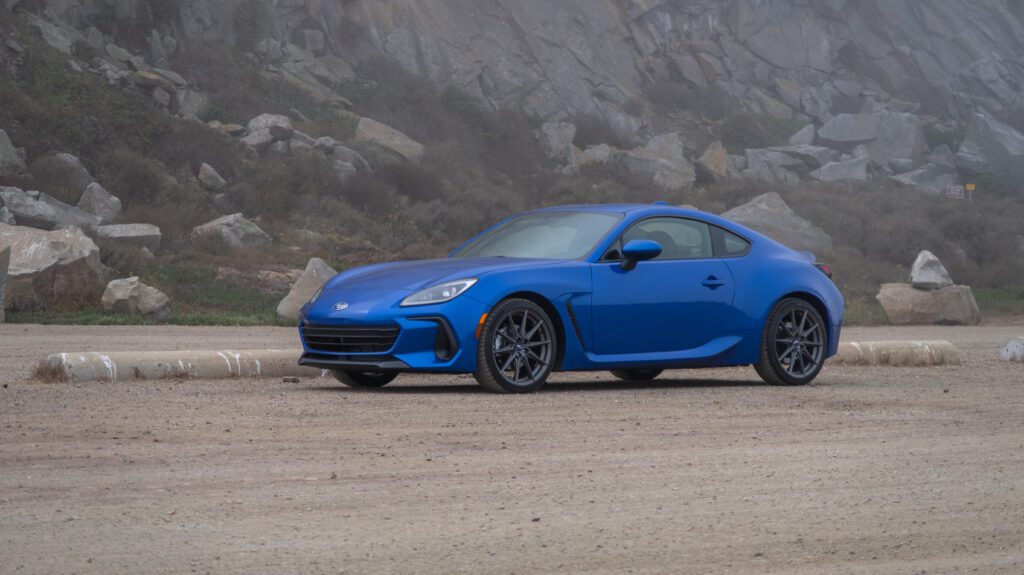
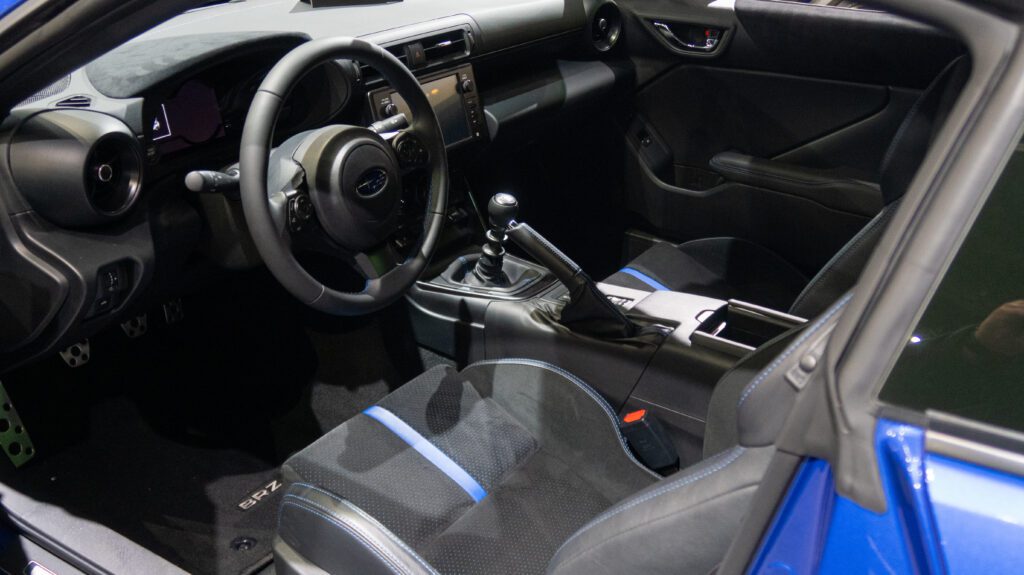

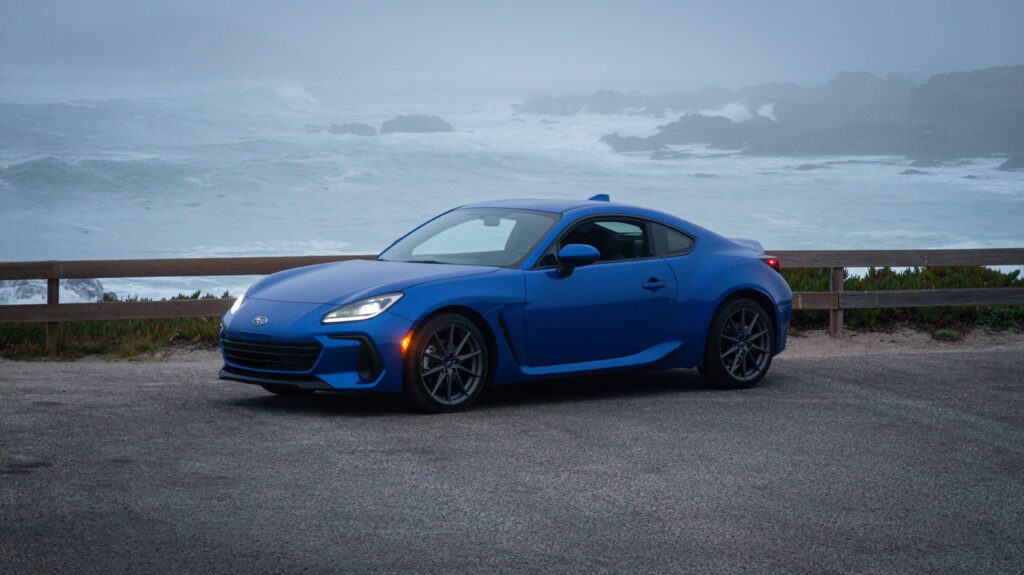
What’s hot?
- A palette-cleansing trendsetter of what proper driver feedback should be
- 2.4-liter engine staves off most desires for extra power… most
What’s not?
- GR86 is more playful for slightly less money
- Lame engine and exhaust sounds
Here comes the little Subaru BRZ trying to prove it has everything you need and nothing you don’t. 228 horsepower and 184 pound-feet from its 2.4-liter flat-four quells most complaints about the last car being gutless, bolstered by short gears and a svelte 2,800-pound weight. There’s a supple ride, CarPlay, Bluetooth, dual-zone climate, and options for banging sound system and scalding heated seats.
Sure, it’s not perfect. Far from it, actually. The flat-four in stock form makes some pretty gruff, uninspired engine and exhaust noises. Space and practicality will never rival that of a hot hatch. And then there are those pesky RTV shards and daunting oiling pressure woes that have forums in a frenzy for permanent fixes. Still, if you want a track-capable, confidence-inspiring, infinitely tunable plaything that’s at home on the daily drive as it is high up in the canyons, few cars come close.
[Button id=”271″]
Best luxury sports cars
1. Chevrolet Corvette Stingray – “Budget supercar” is no hyperbole

What’s hot?
- Faux supercar performance for a fraction of the price
- Impressively practical
What’s not?
- The usual supercar headaches in traffic and urban settings
- Some stylistic quirks and nitpicks
Value is important when choosing a car. And I don’t think the value gets much stronger than the C8 Corvette Stingray. You’re telling me I can snag a base one for between $60,000 to $70,000 and still have the time of my life? Hell. Yeah. And before you snark at me and say no one gets the base model, know that me and Gabe’s tester absolutely was. No Nappa leather. No Z51 pack. No aero kit. Just the C8 ‘Vette in its most pure form.
Even with none of the extra fancy thingamajigs like MagneRide, auxiliary coolers, and Pilot Sport 4S tires, which I’m sure would have been transformative in the LA canyons and on SoCal freeways where we tested, we were still blown away at the base Corvette’s unfathomably serene ride and handling balance. It can haul all our camera gear for the LA Auto Show in the frunk, stow a body, uh, extra luggage in the rear, comfortably soak up all the expansion joints and potholes California had to throw at us, and still be an engaging ripper in the canyons.
Sure, it could be a little sharper. It could be a little lighter. It could be a little more connected. My advice? Don’t drive a 718 Cayman GTS before this. But I suppose for the money, this thing is a tough act to follow. A really tough act to follow.
[Button id=”379″]
2. Lotus Emira – A driving enthusiast’s dream come true


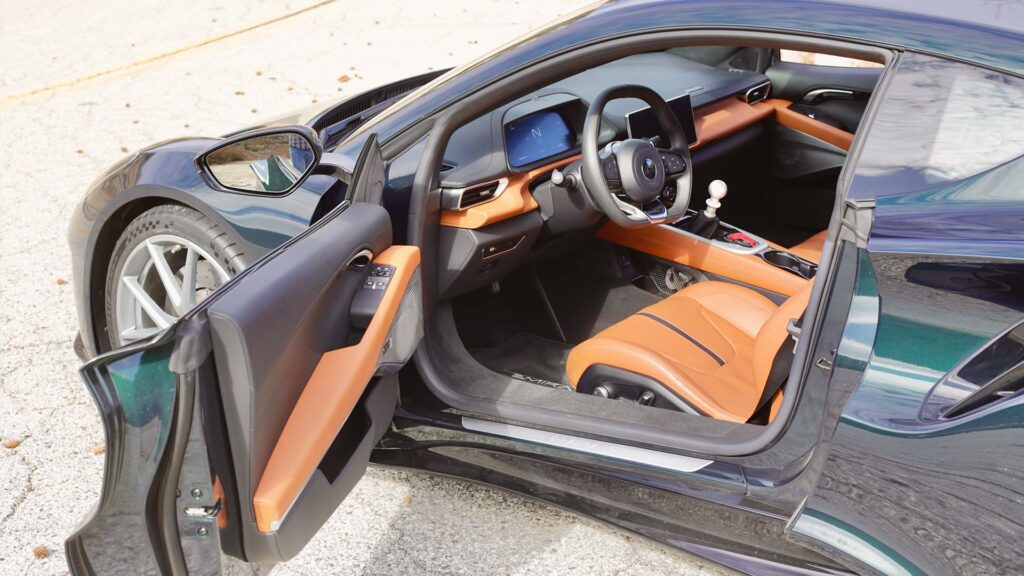
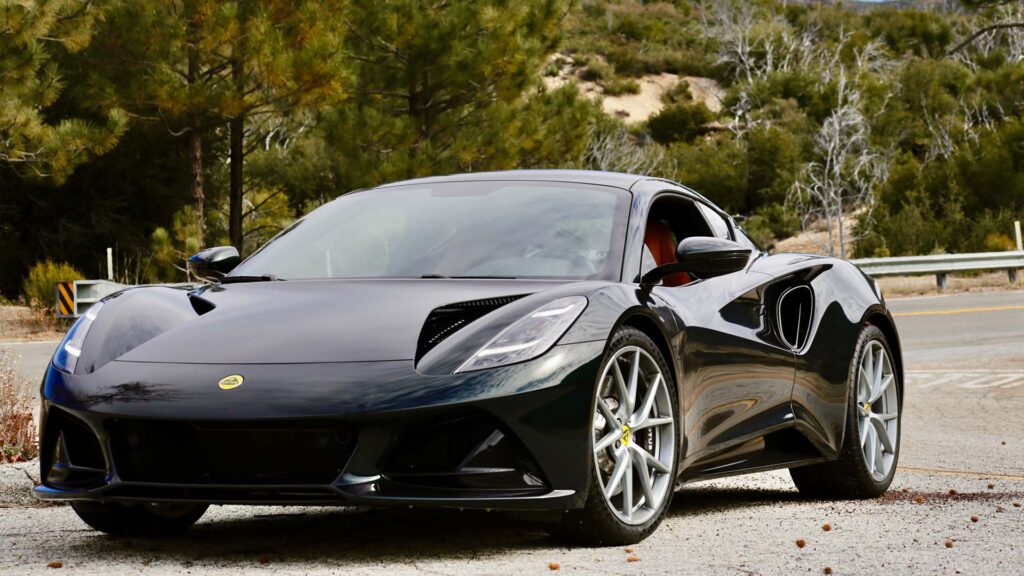
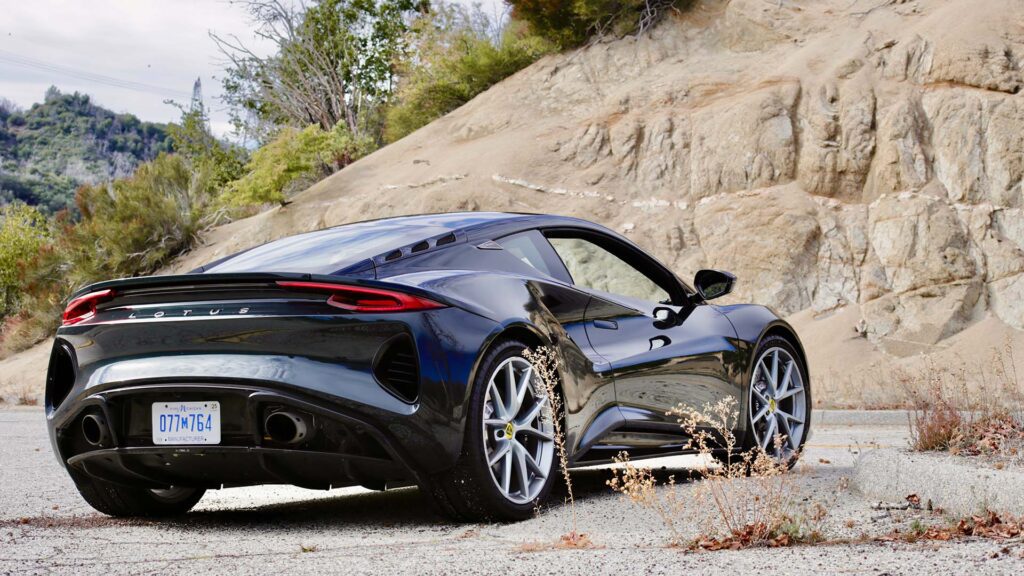
What’s hot?
- Shocking ride and handling balance, even with Sports suspension setup
- One helluva’ V6
What’s not?
- Somewhat baulky manual shifter when cold
- Not long for this cruel world
I can’t say it any better than Peter, so I’ll slip in a little excerpt.
“The 2024 Lotus Emira First Edition is a very special sports car for this day and age. It one-ups everyone else by making the most of old steering technology. This blissful steering then combines with a wonderfully communicative chassis, manual gear shift, rousing supercharged engine, and overall brilliant driving dynamics to make it a true top-level driver’s car.”
The Emira looks like so many other sports cars and supercars out there, but beneath the skin, it’s a rare breed like few others, if any at all. So it’s not the most practical or efficient thing on this list, nor is it that strong of a value in the presence of Porsche. It’s not even long for this world, slated for replacement by 2027. But when it comes to a pure driving experience, you can’t argue with some good ol’ analog fun, or as Rob Crespo and I call it, “oldfashionedasfuck.” And you know what? That’s exactly how the fanboys want it. And it’s how Colin Chapman would want it.
[Button id=”368″]
3. Maserati GranTurismo Trofeo – A true grand tourer with sports car chops
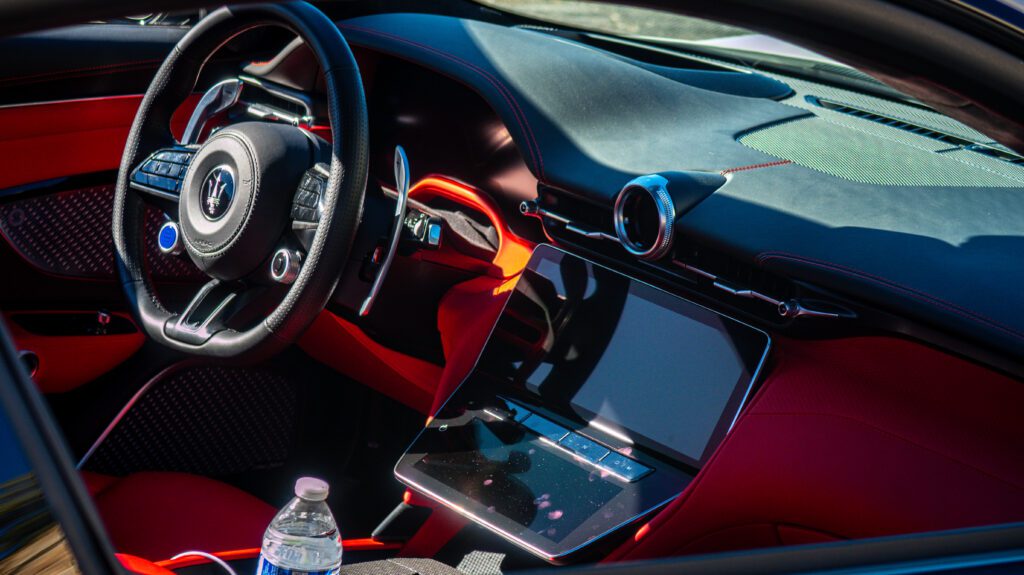

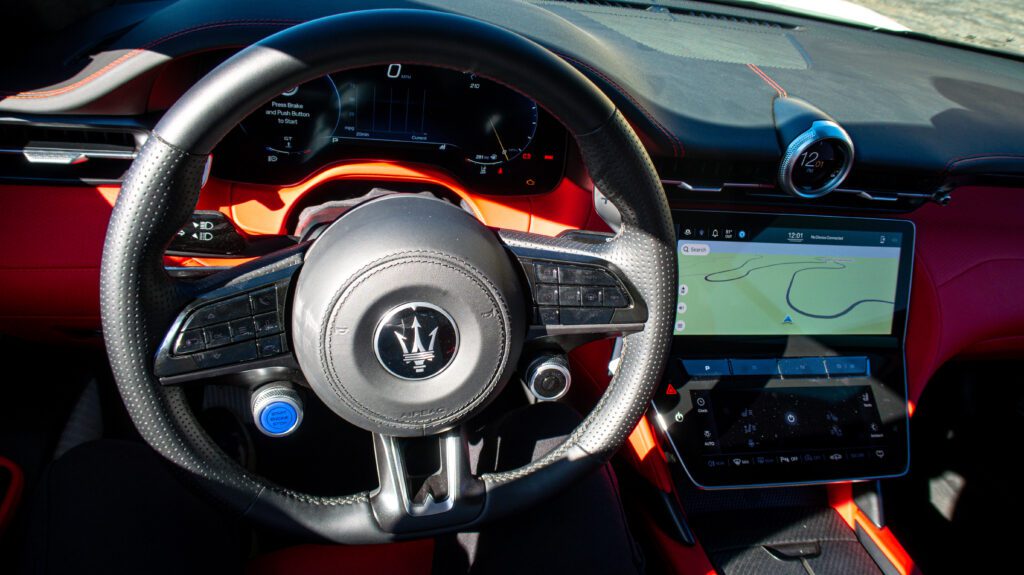
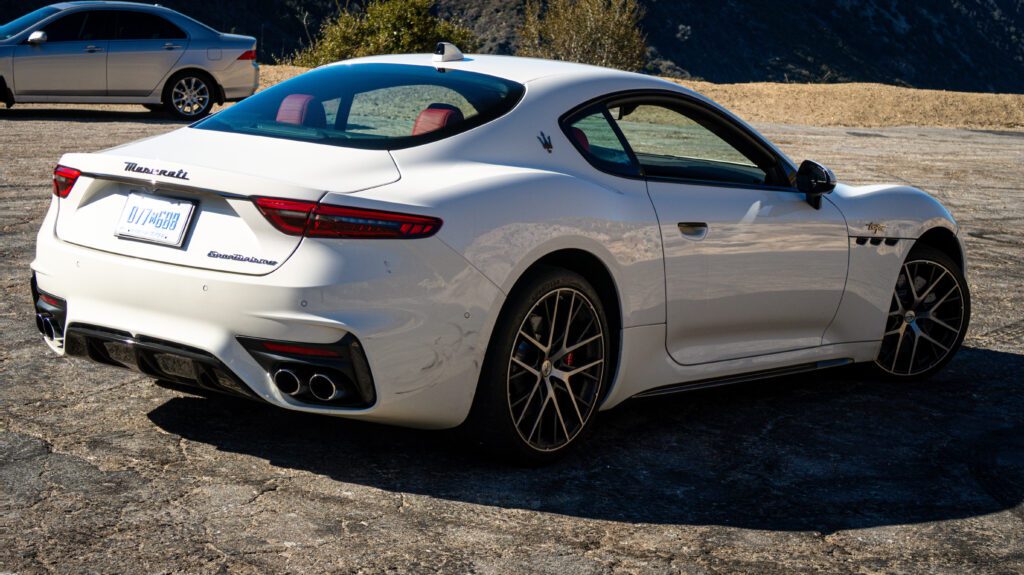
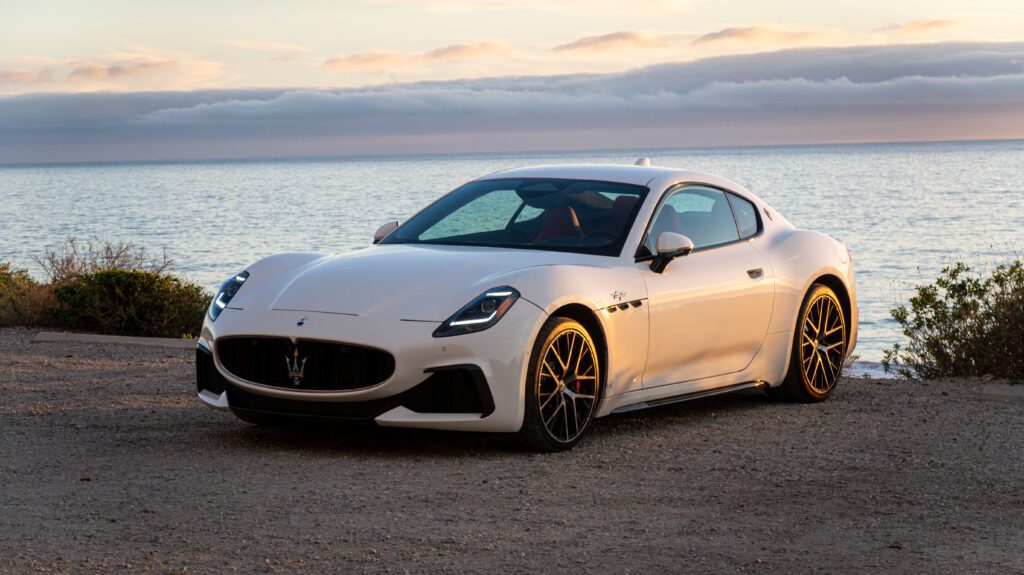
What’s hot?
- Near supercar fast!
- Sports car reflexes don’t hurt its cross-country comfort
What’s not?
- Annoyingly long in parking situations
- Priced smack dab in the middle of some serious rivals
God, no one does a driver’s car like the Italians. And yes, this portly, (possibly) two-ton, leather-clad, land yacht is a driver’s car. From its hellaciously fun Nettuno twin-turbo V6 to the trick Skyhook adaptive suspension with air springs. I didn’t quite know what to expect with the GranTurismo Trofeo. I kind of expected it to be a bulky, lazy touring car with tons of cross-country cred, as a car of its class should have. But I’m happy to report it can also straddle the line between touring car and sports car shockingly well, with quick, intuitive steering and a well-tuned all-wheel drive system that never lets the threat of understeer rear its ugly head in the tightest of Malibu canyons.
Sadly, its occasional electronic quirks, which range from meh to motherfu-, ahem, excuse me. It’s Stellantis-ness makes itself apparent. Not that it feels cheap. It sure as hell does not! It just has hiccups. And it better not feel cheap, not at nearly $230,000 as-tested! That’s a touch cheaper than GTs from more prestigious nameplates, but it places the GranTurmismo right in the middle of key rivals like the Mercedes SL, Porsche 911 Turbo, and even Maserati’s own MC20 supercar.
[Button id=”380″]
Best pickup trucks
1. Chevrolet Colorado ZR2 Bison – A serious contender in factory-fresh prerunners




What’s hot?
- A bonafide adventurer with otherworldly suspension!
- Plush, well-appointed interior
What’s not?
- Steeply priced
- Limited to crew cab with short bed only
Huzzah! Chevy’s baby Ford Raptor before Ford brought their own baby Raptor stateside. The ZR2 Bison is a phenomenally capable, lovably riotous off-roader that defies the weak and feeble stereotypes of smaller mid-size trucks. Not that today’s crop of mid-sizers are what anyone would call small, especially the Bison and its hulking 35-inch rubber. Like the new batch of Colorados, the interior is reasonably spacious, modern, and well-appointed, even including ventilated seats, which is a thoughtful addition for desert rats on Chevy’s behalf. The turbo four-banger plucked and retuned from base-model Silverados proves strong and more than up to the task of rocketing this Tonka truck cosplayer down sand dunes with ease, and the Multimatic suspension is every bit as capable and impressive as you’d expect from this company.
If you can live with the presumably abysmal fuel economy and the questionable styling, then this is a worthy rival to any fast Ford on the trail or in the open desert. Just mind the steep price tag, because ticking the Bison box on your build sheet will skyrocket the already pricey ZR2 to right around $60,000. You could buy Raptors for not that much more not long ago.
[Button id=”272″]


